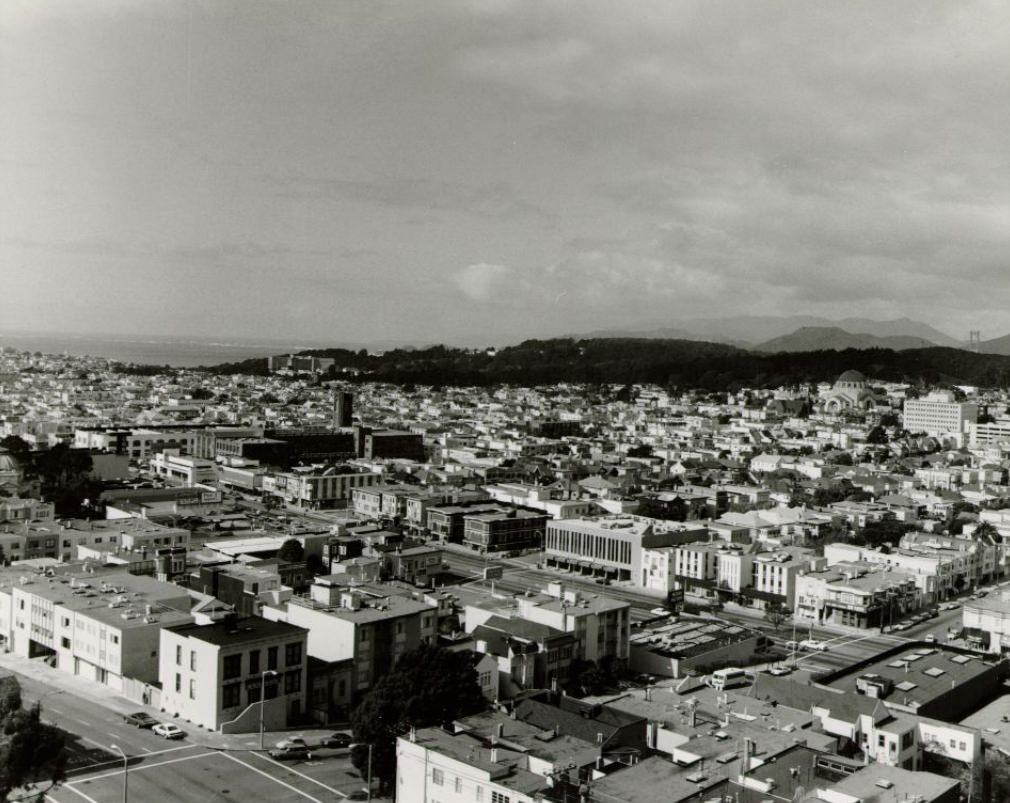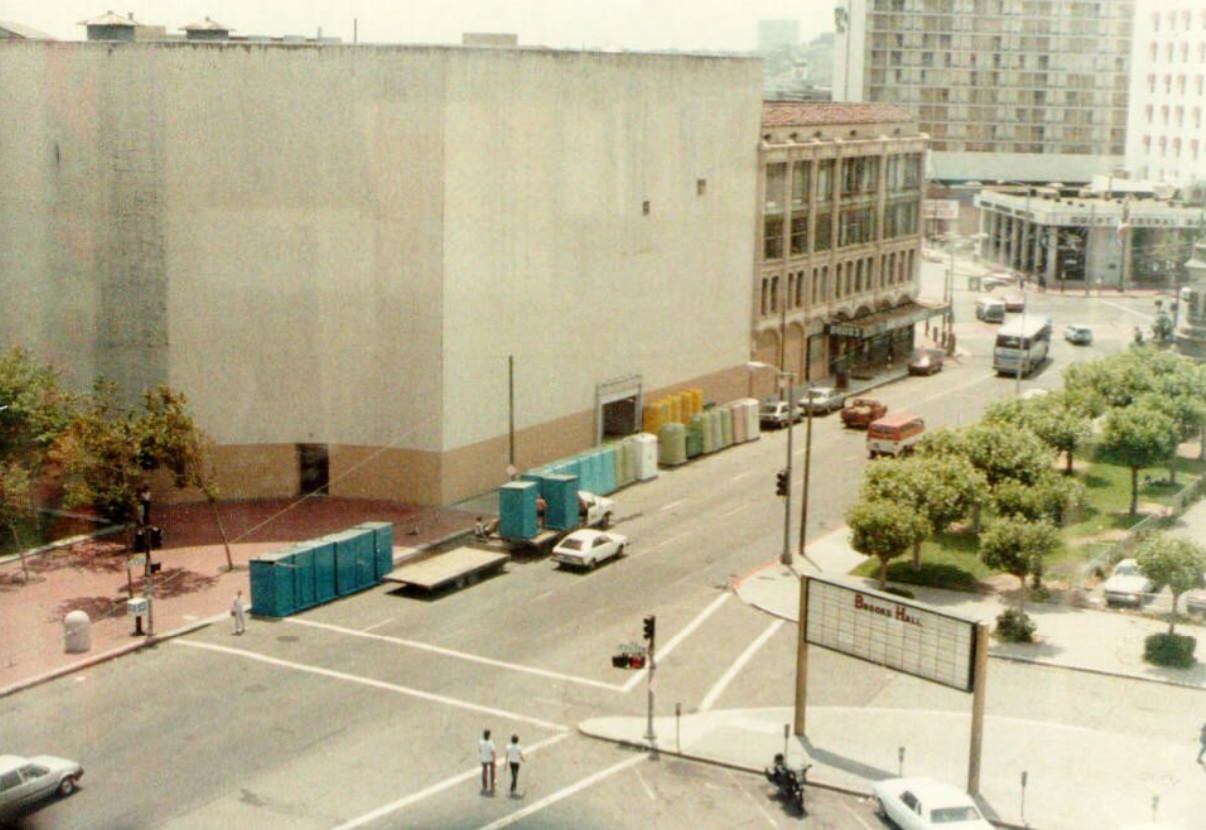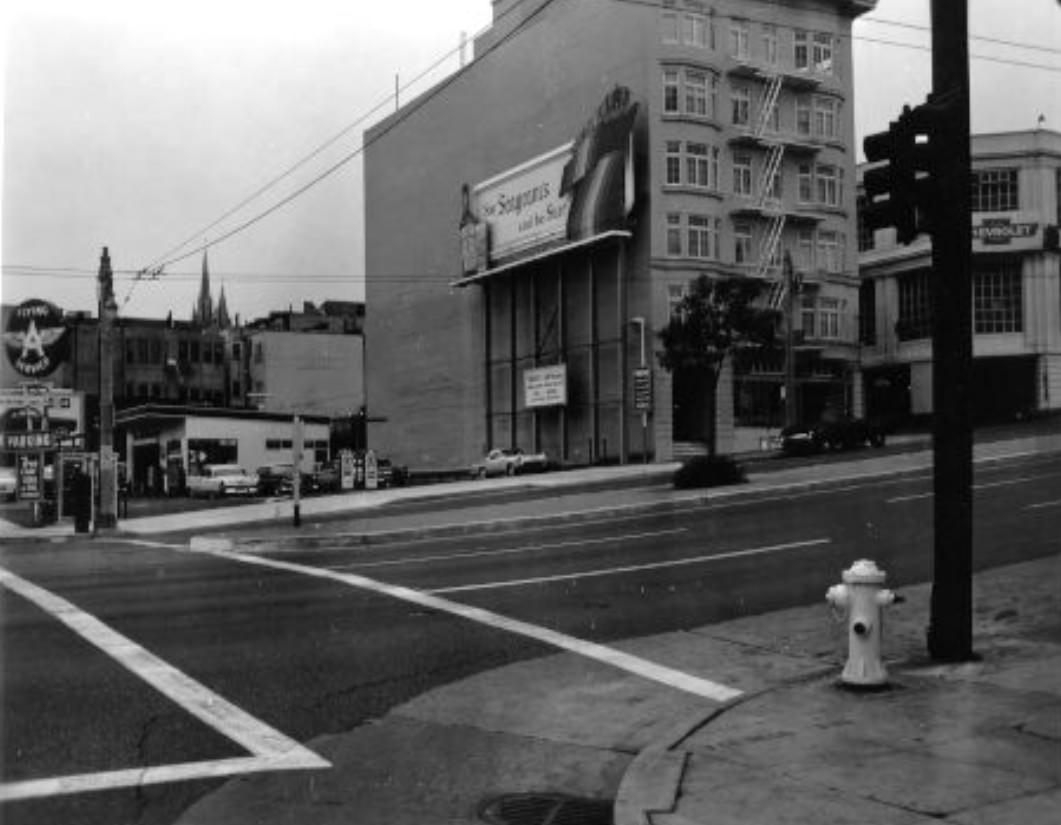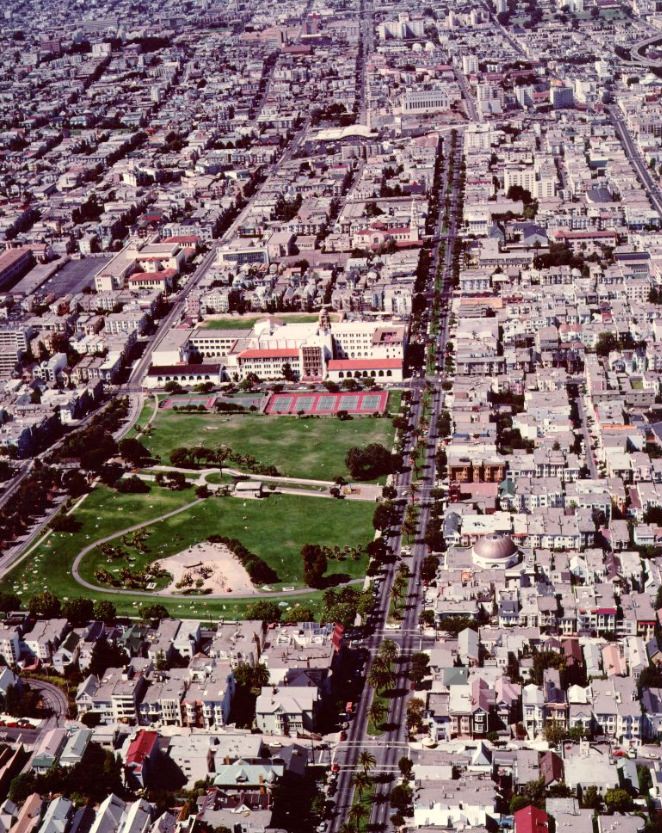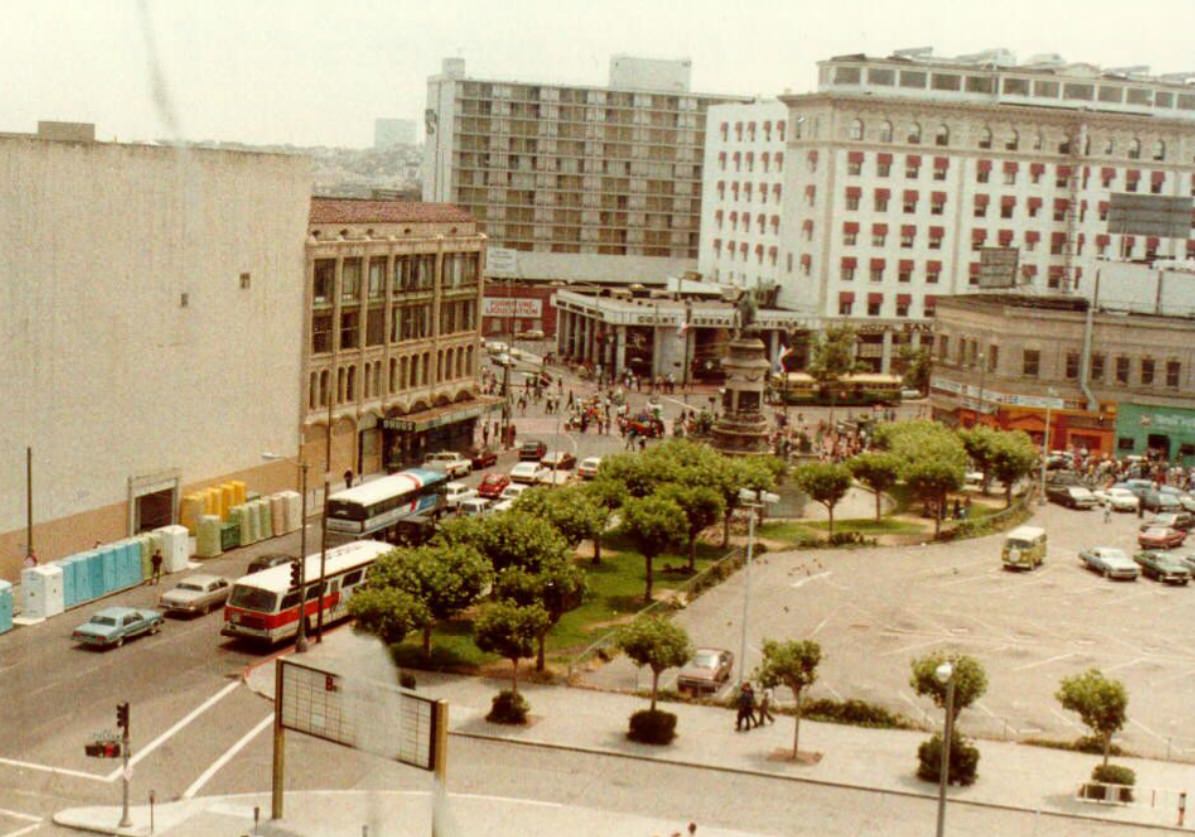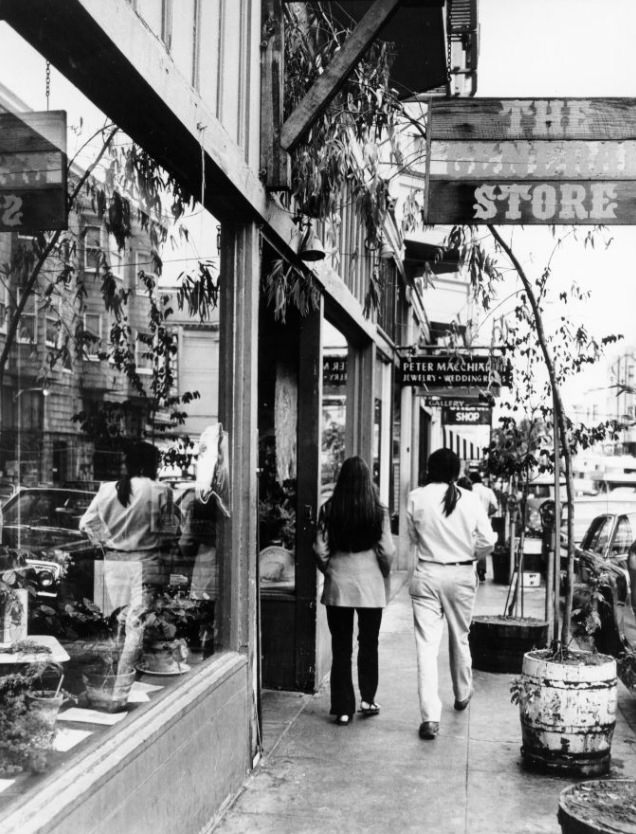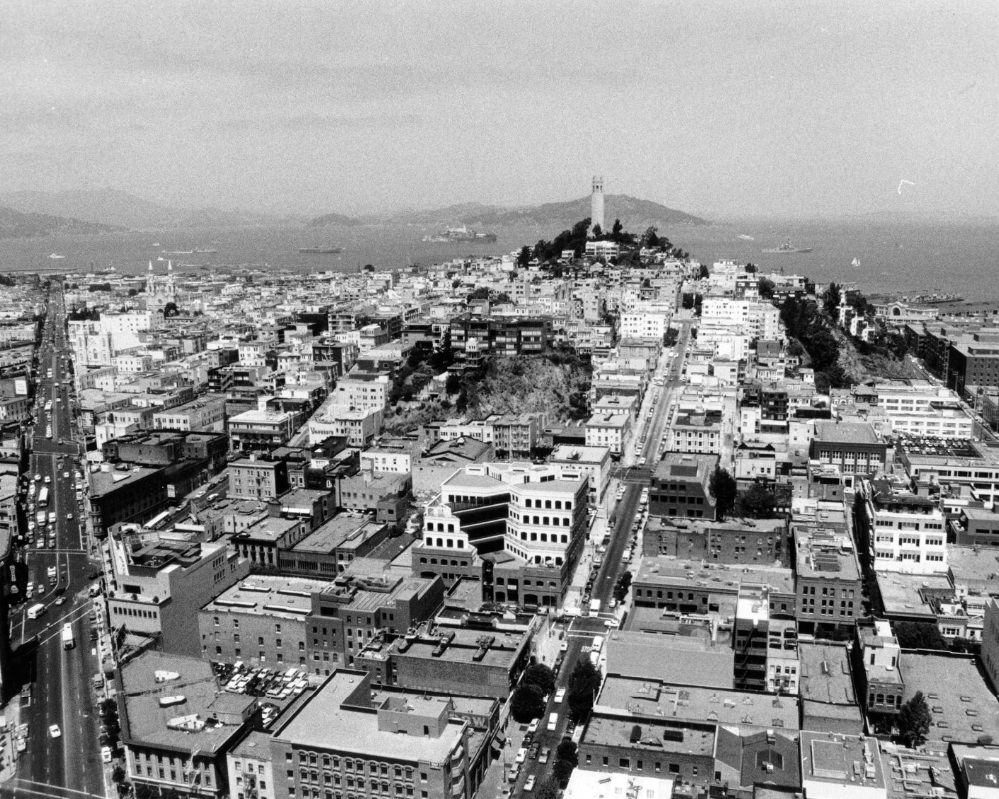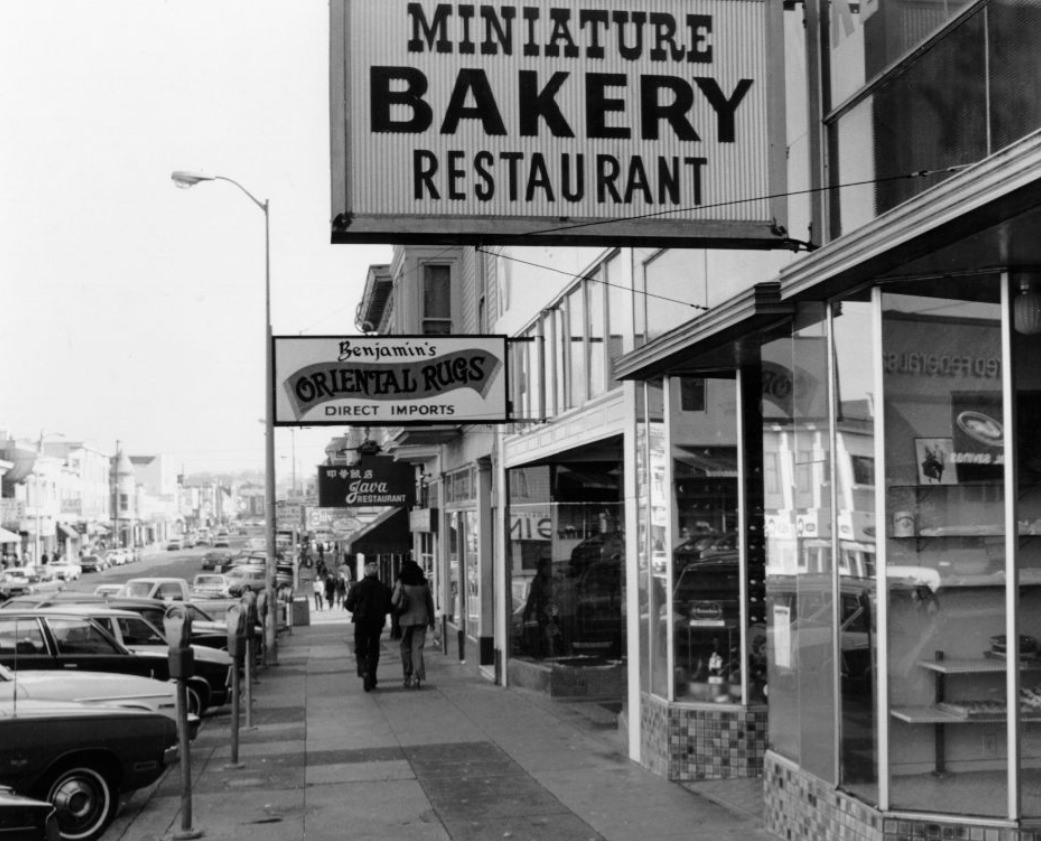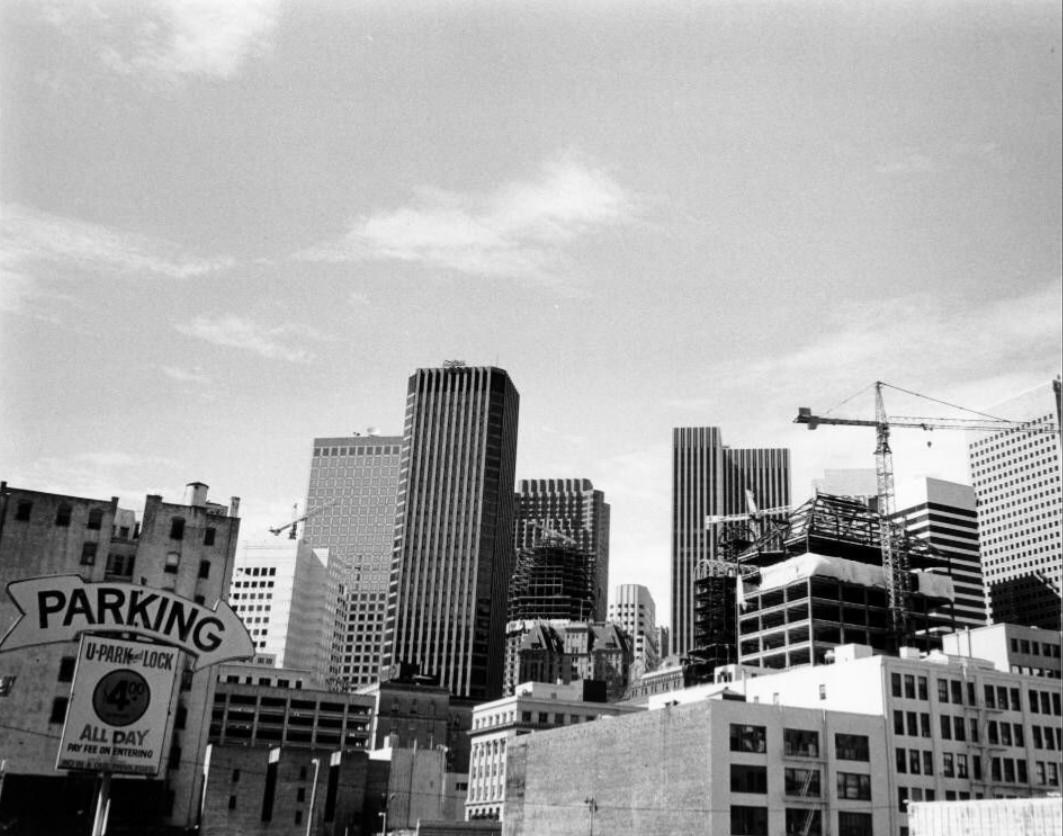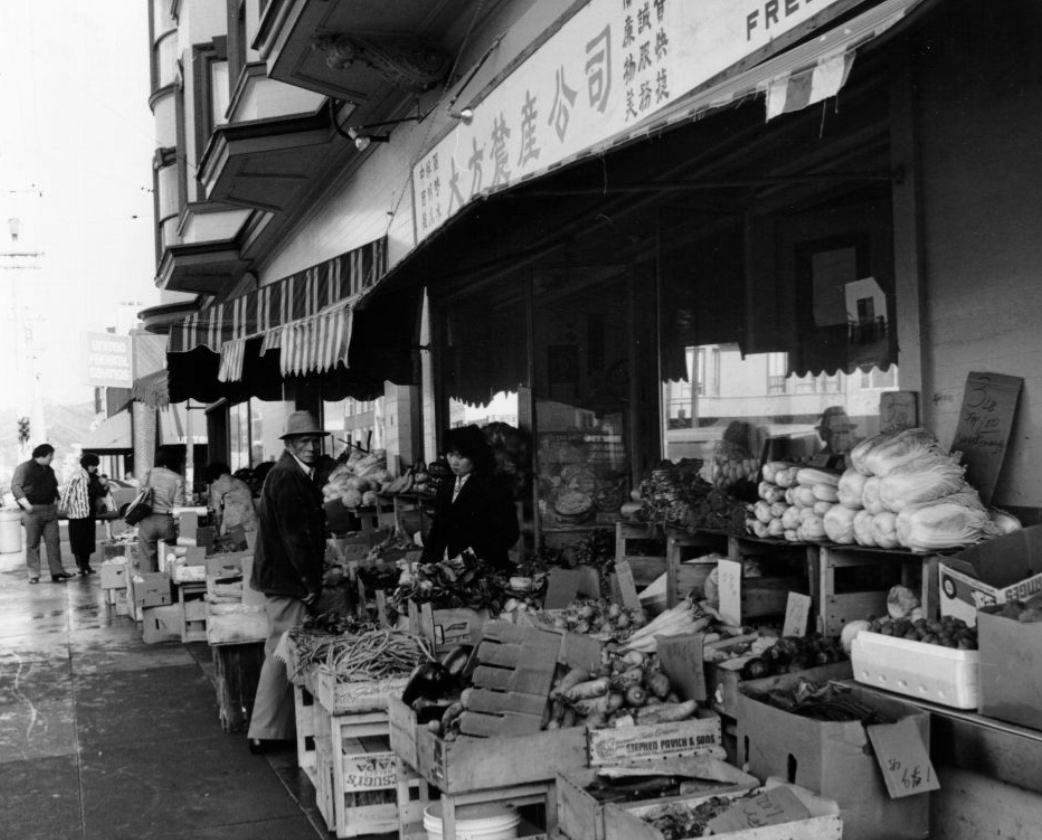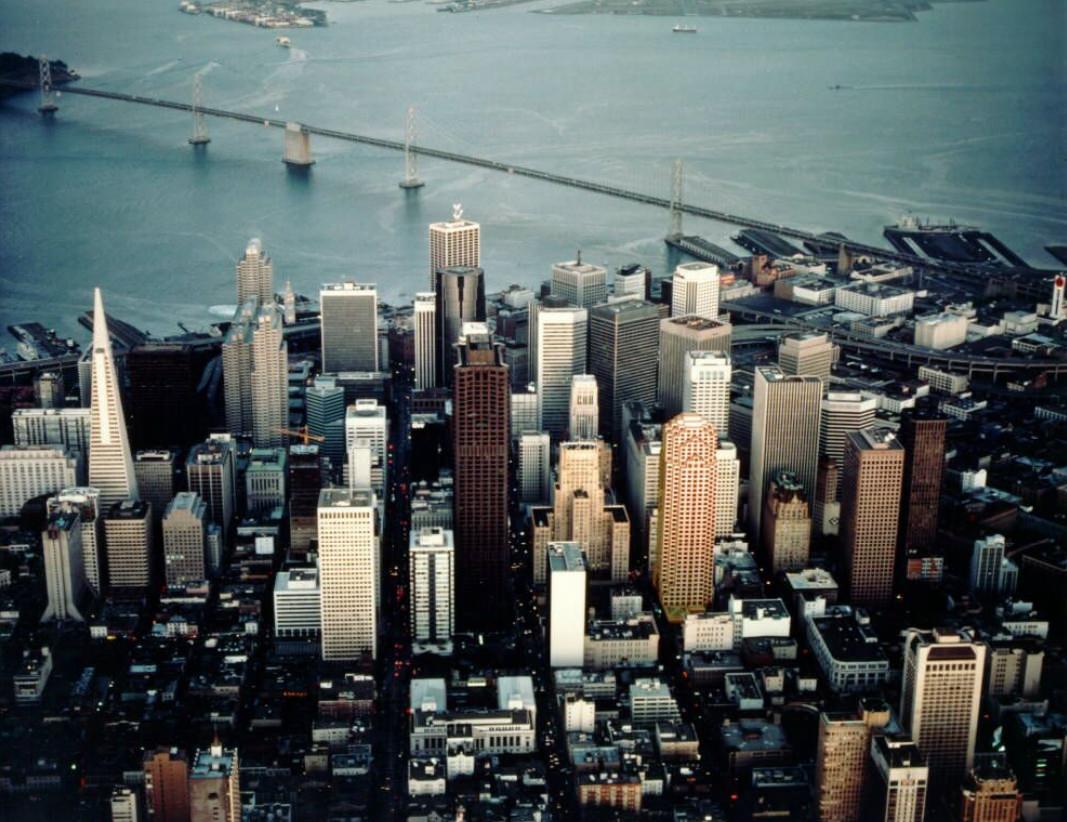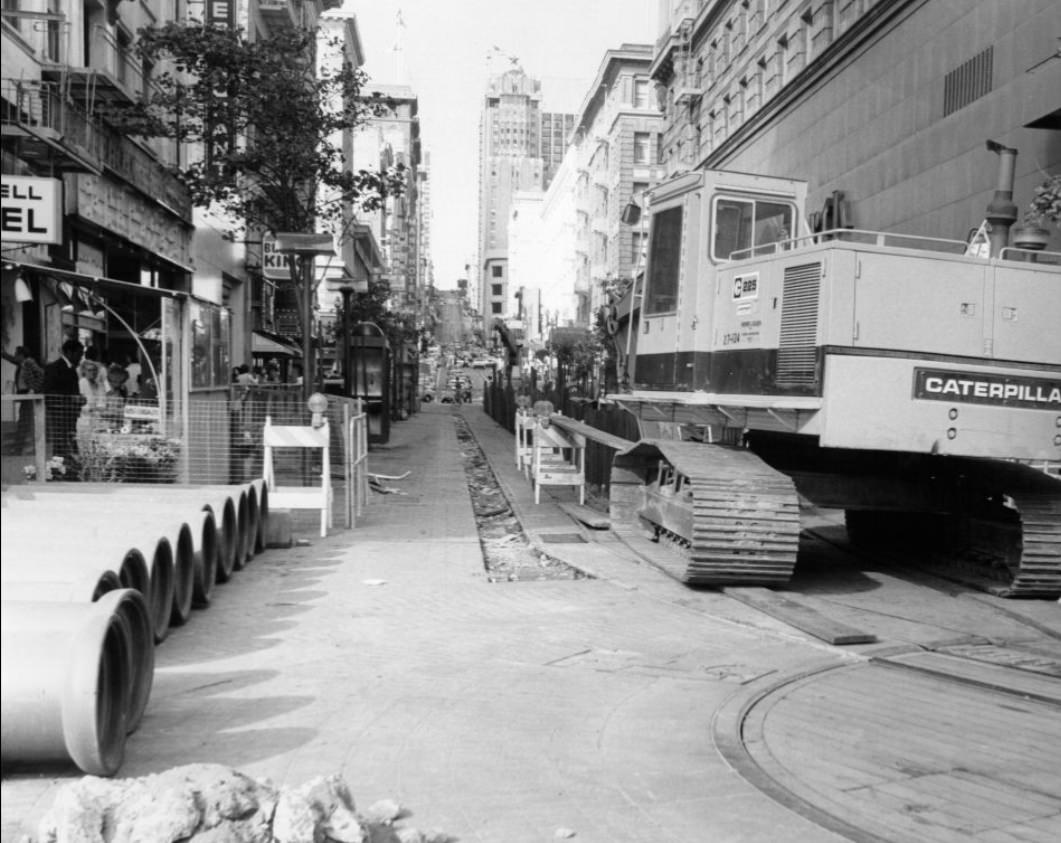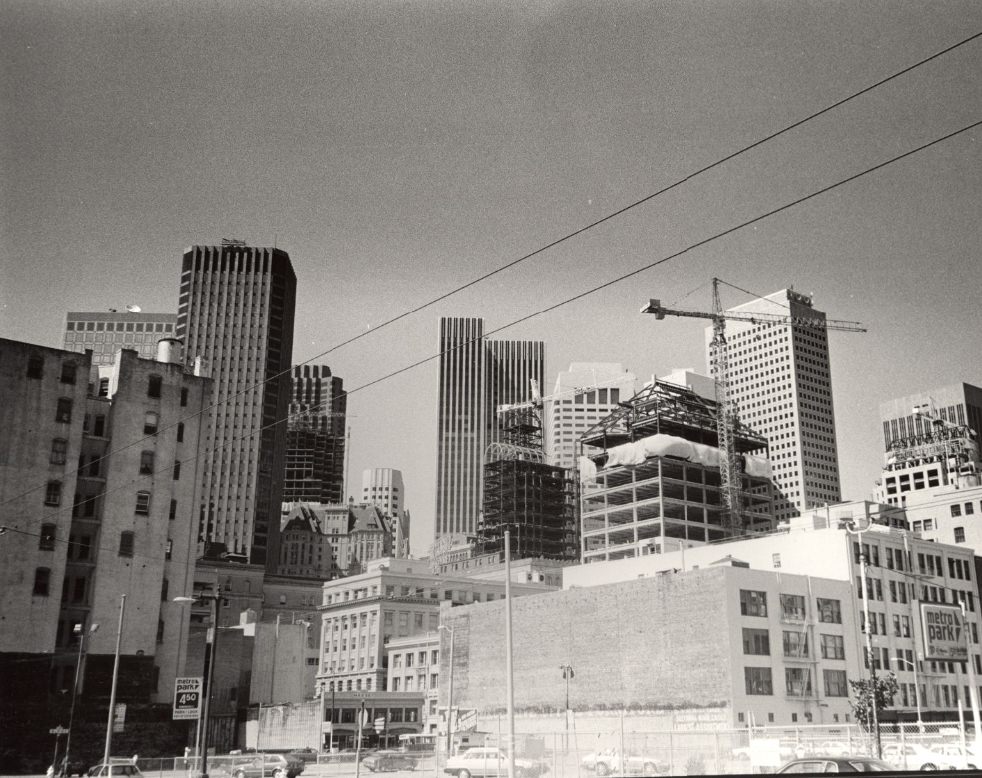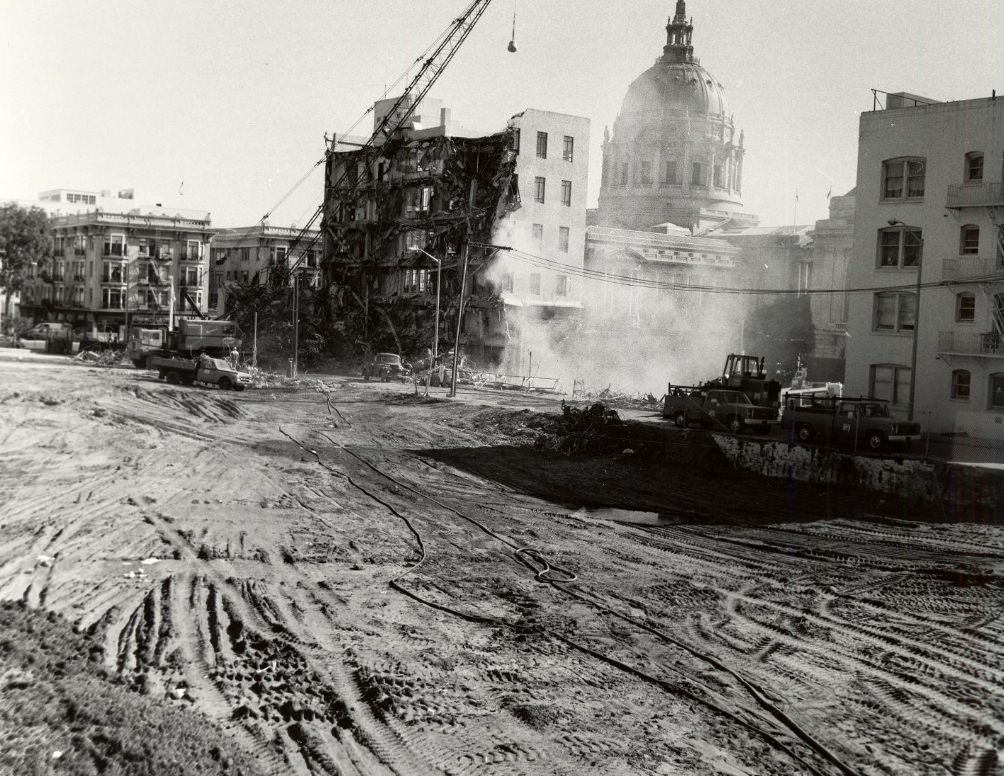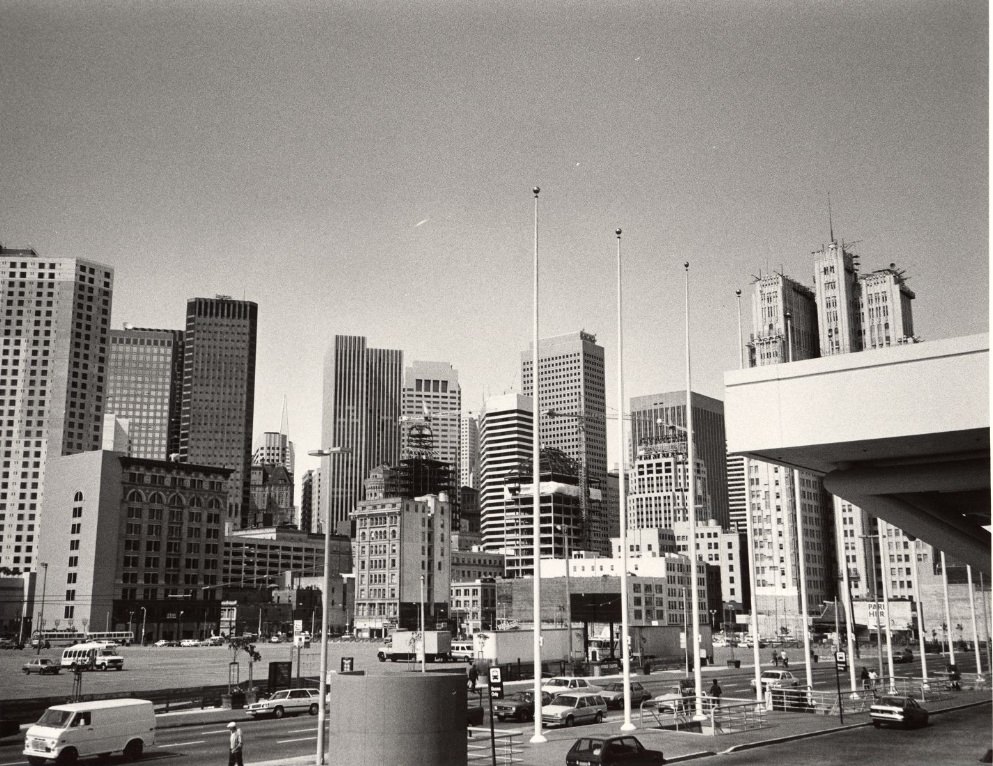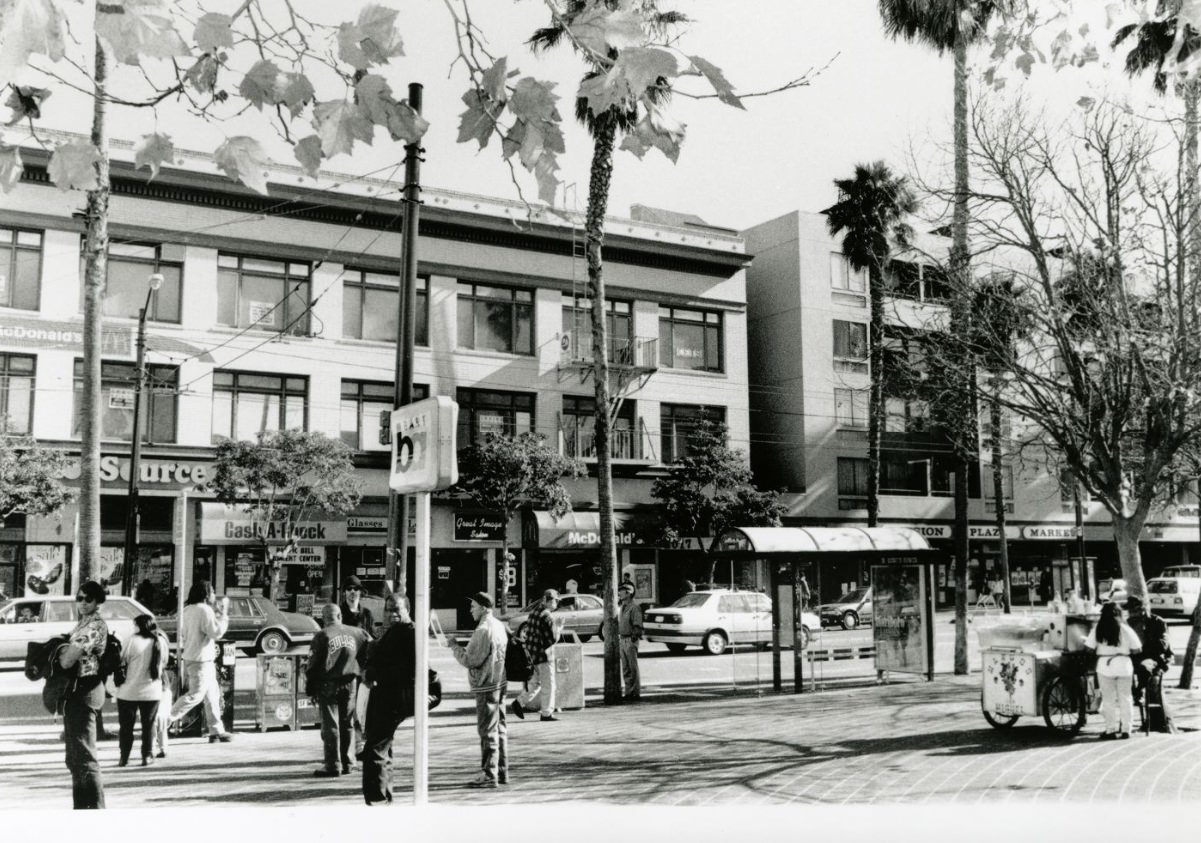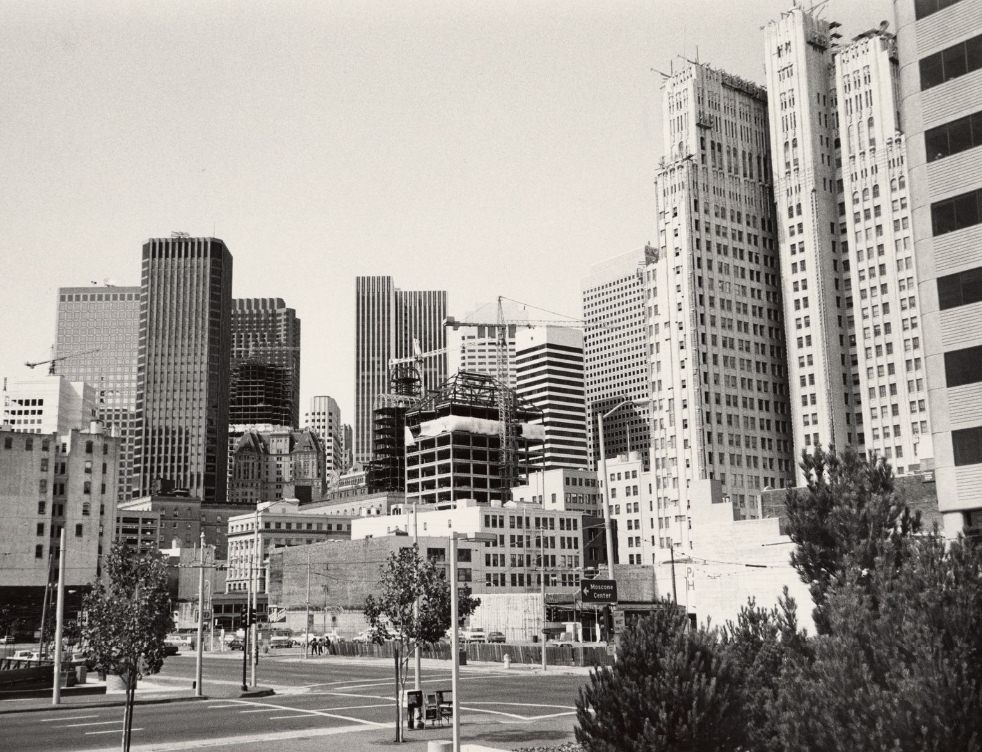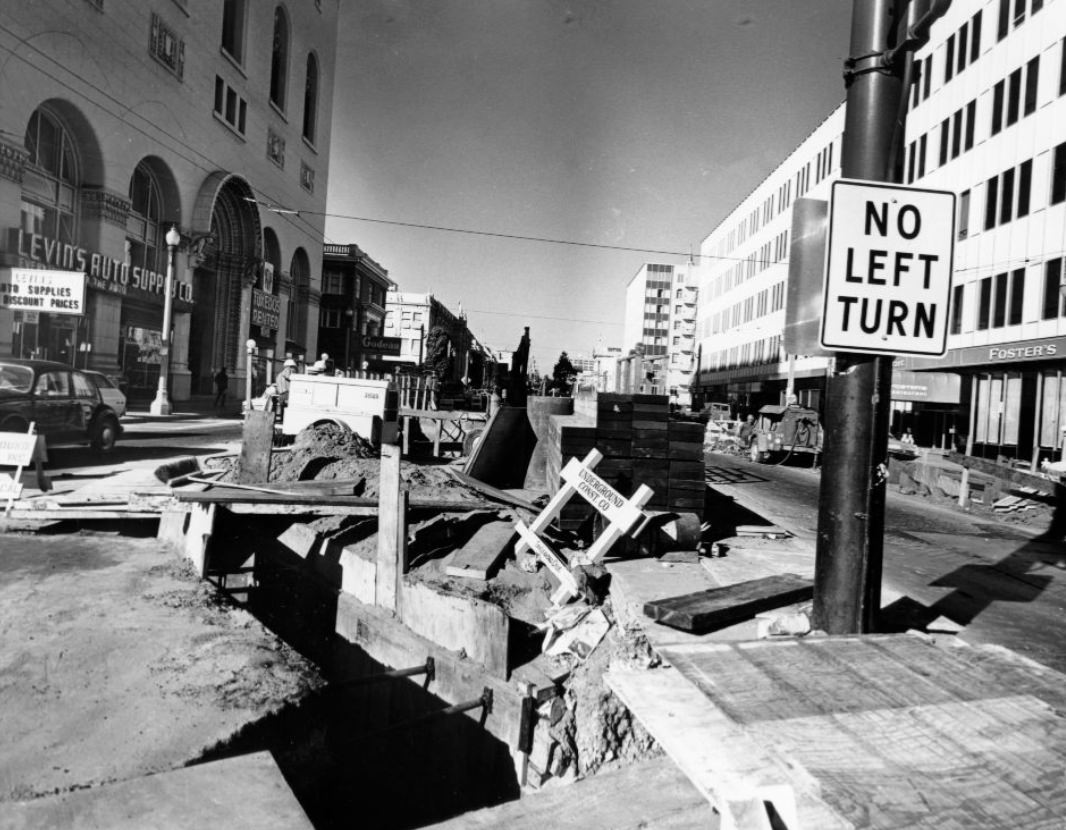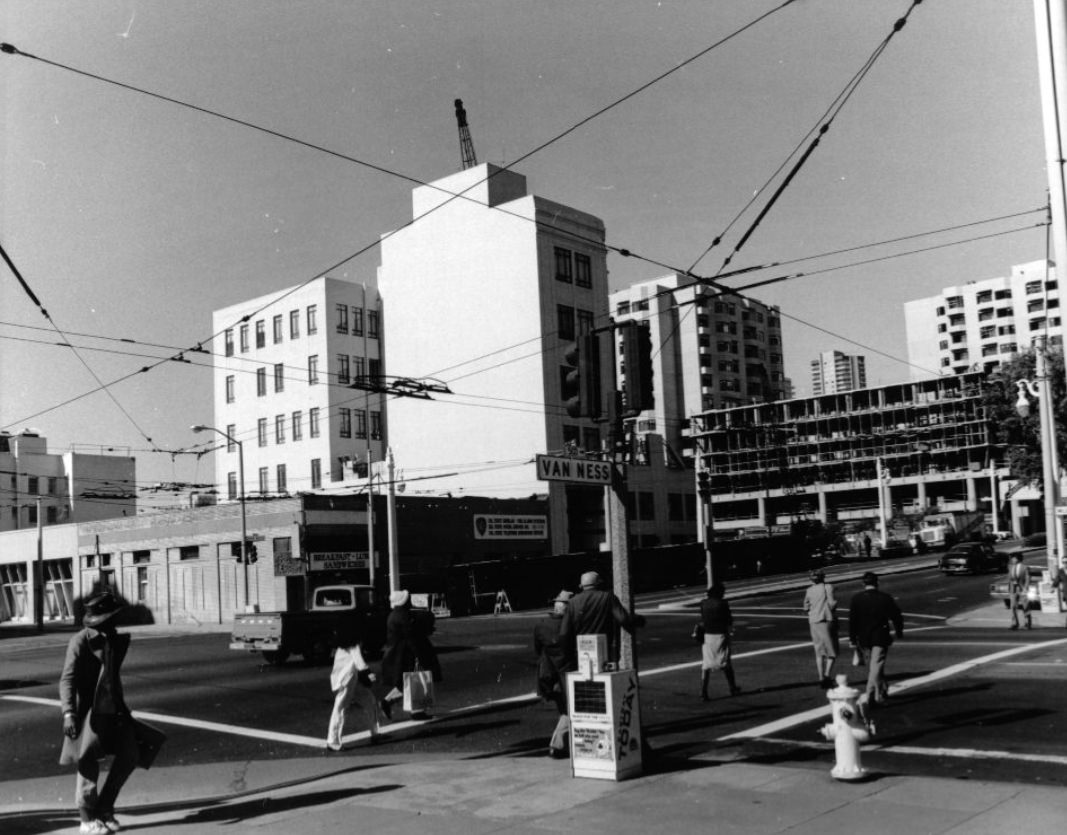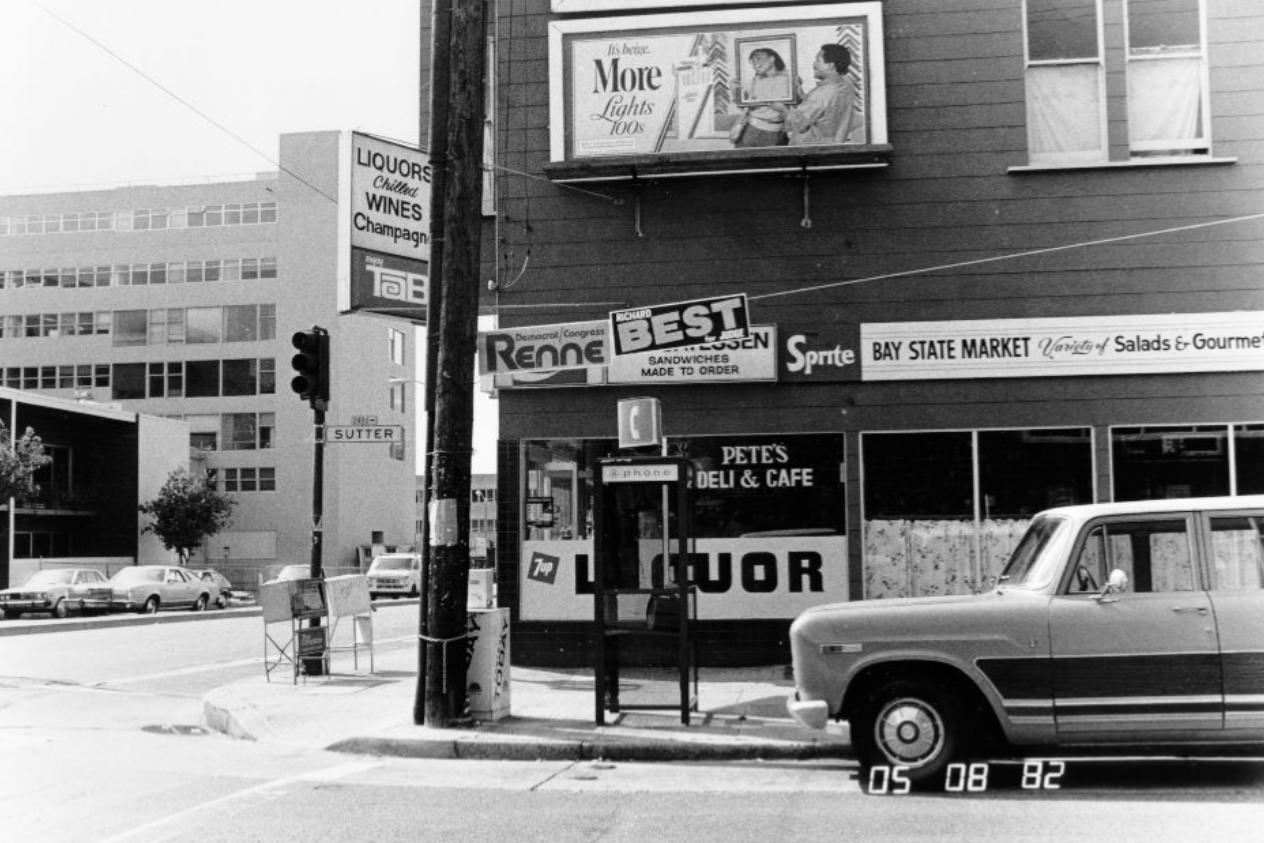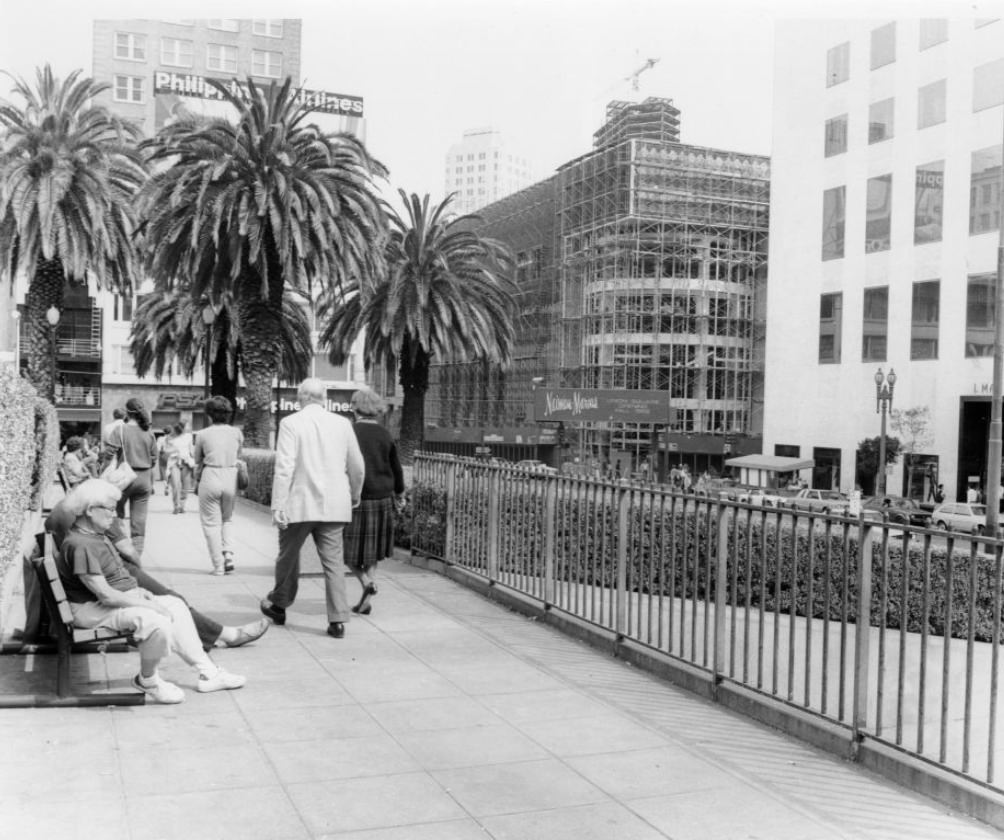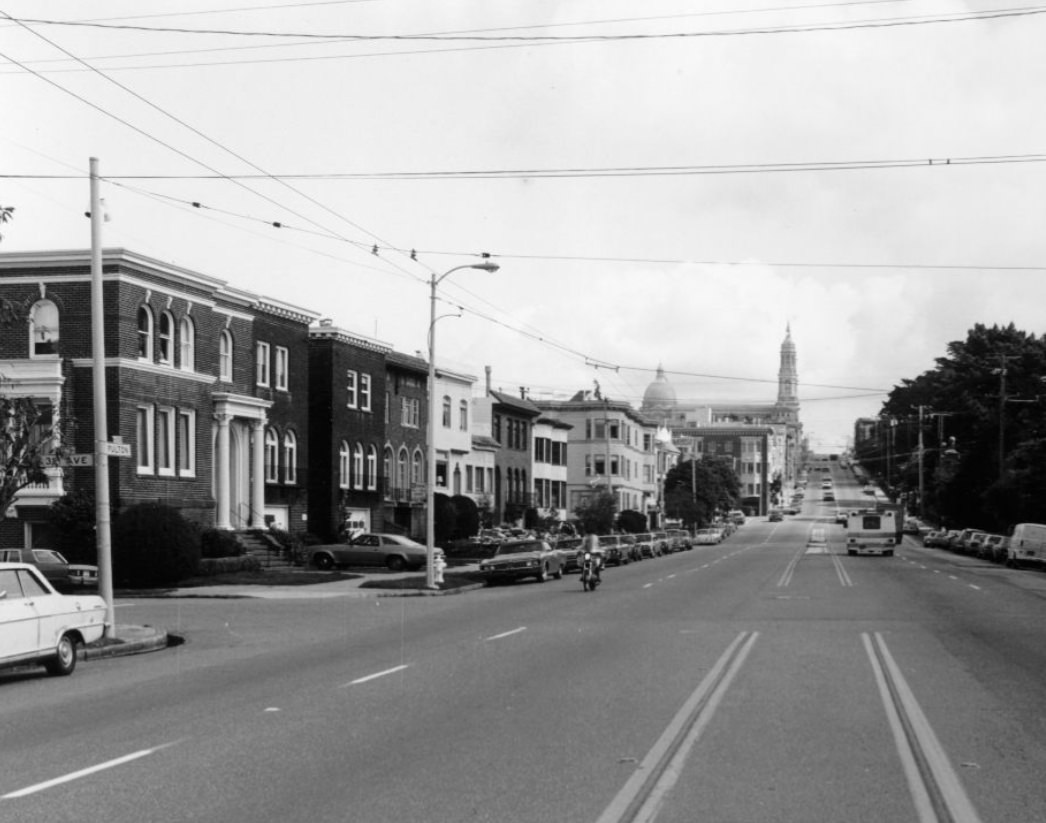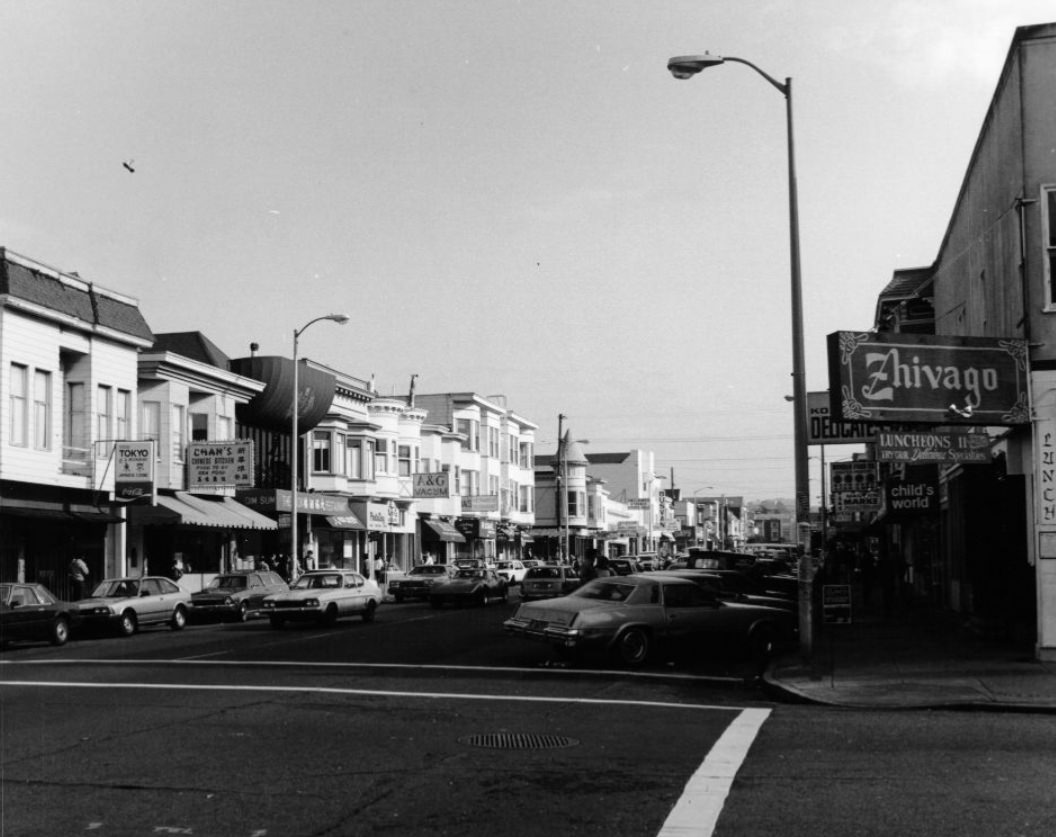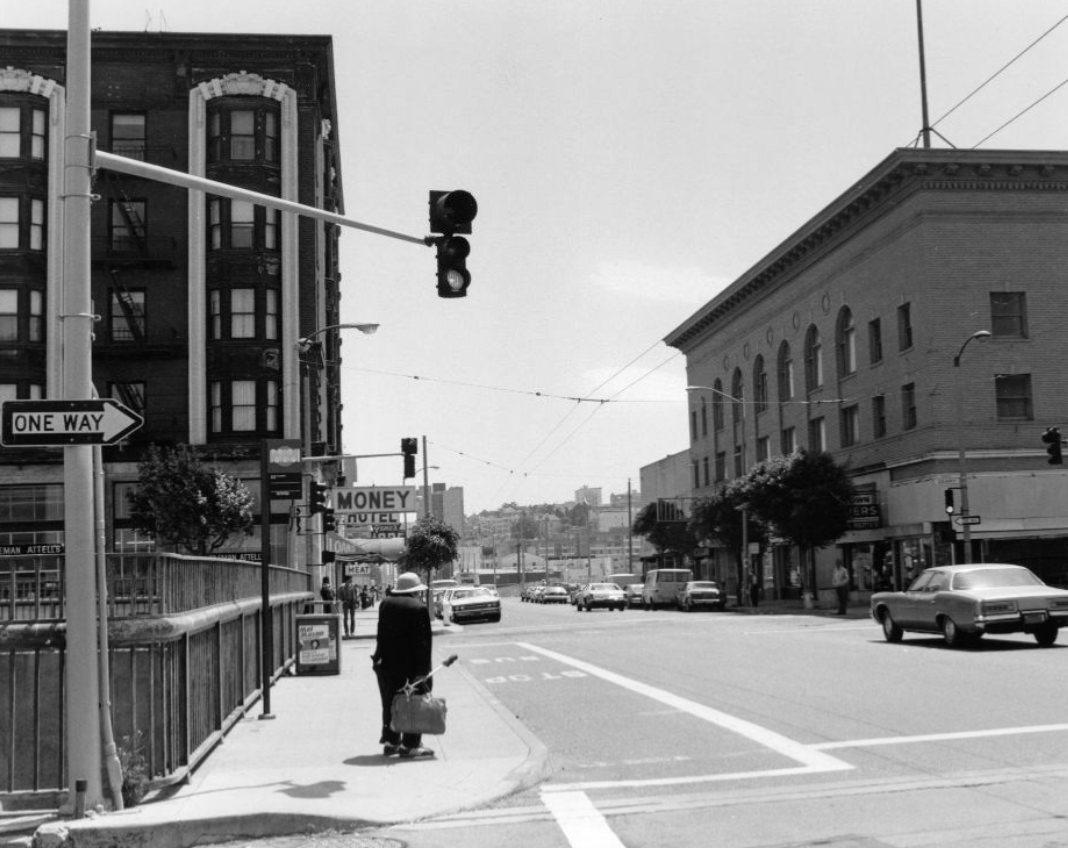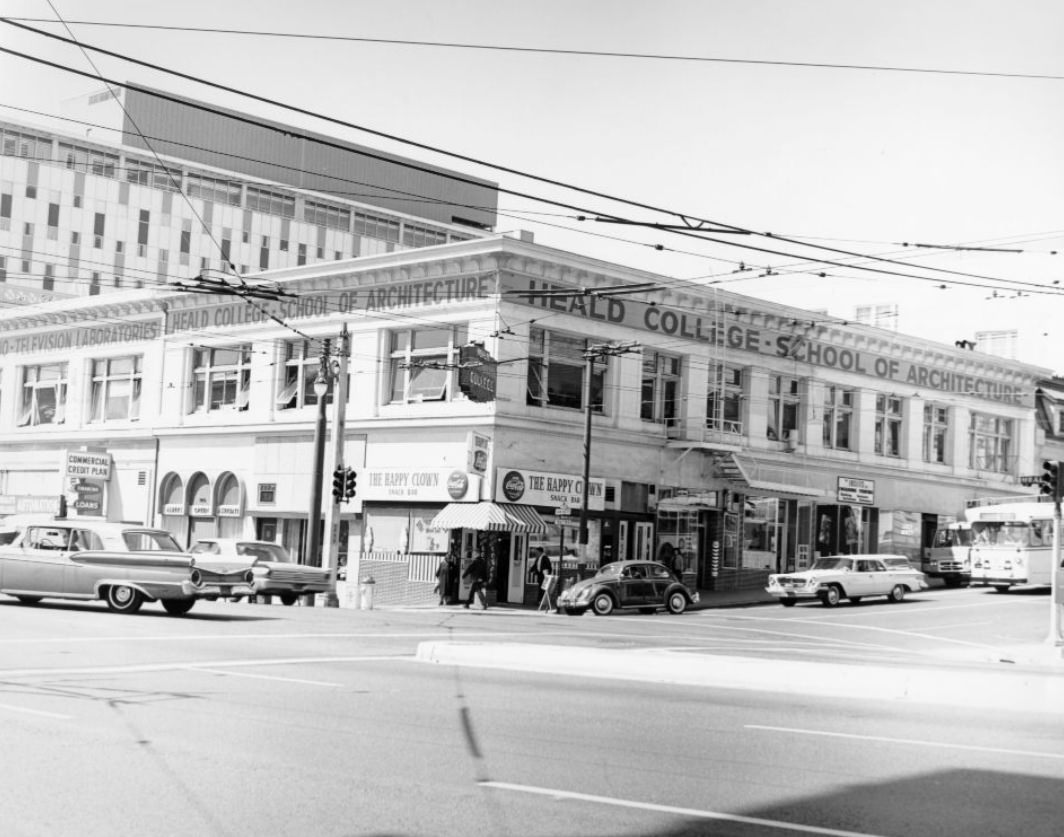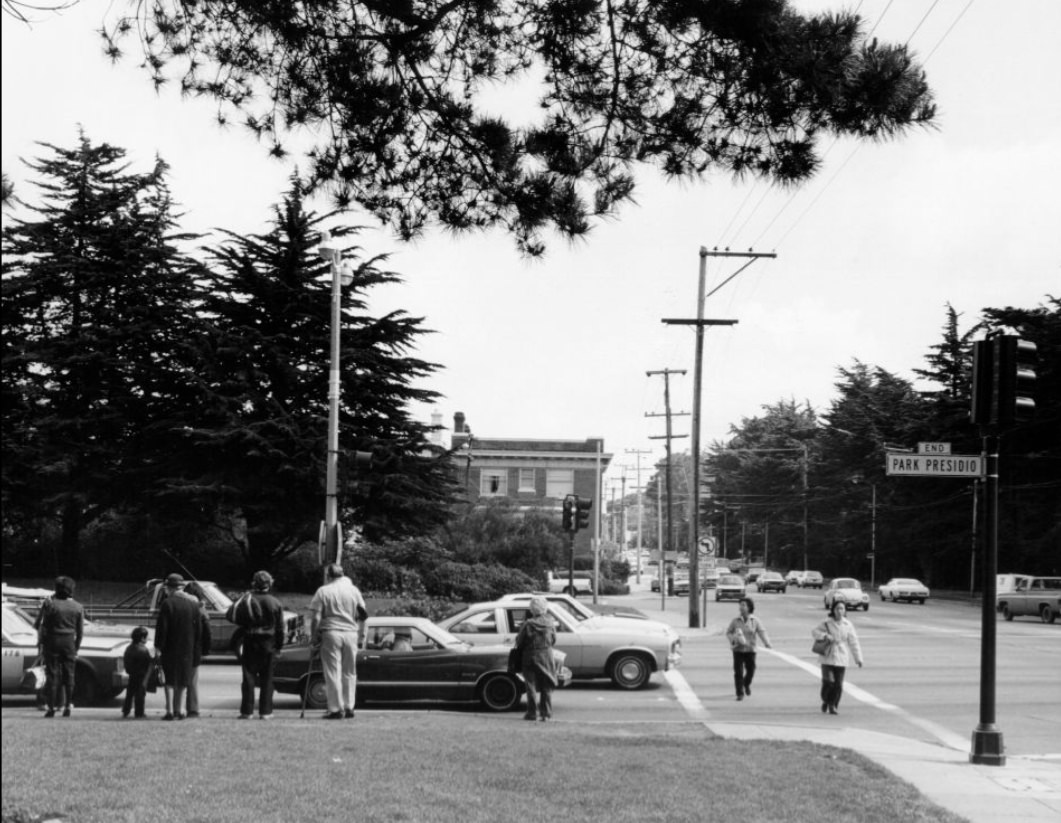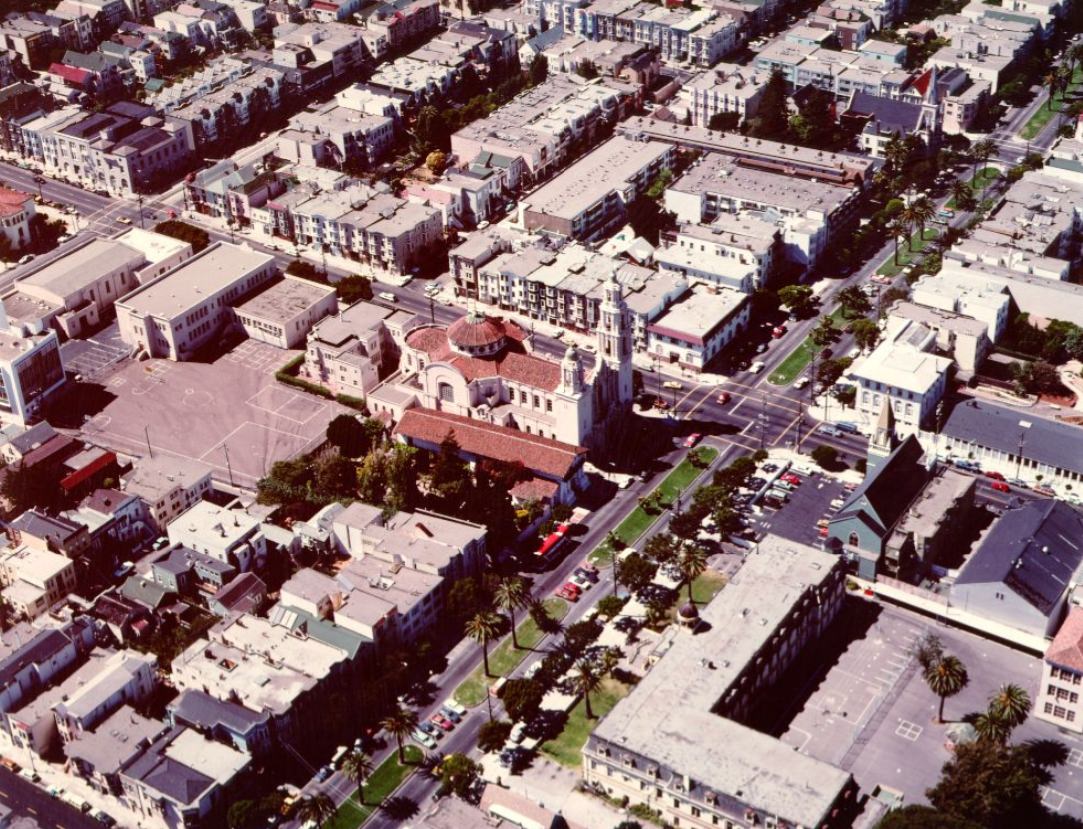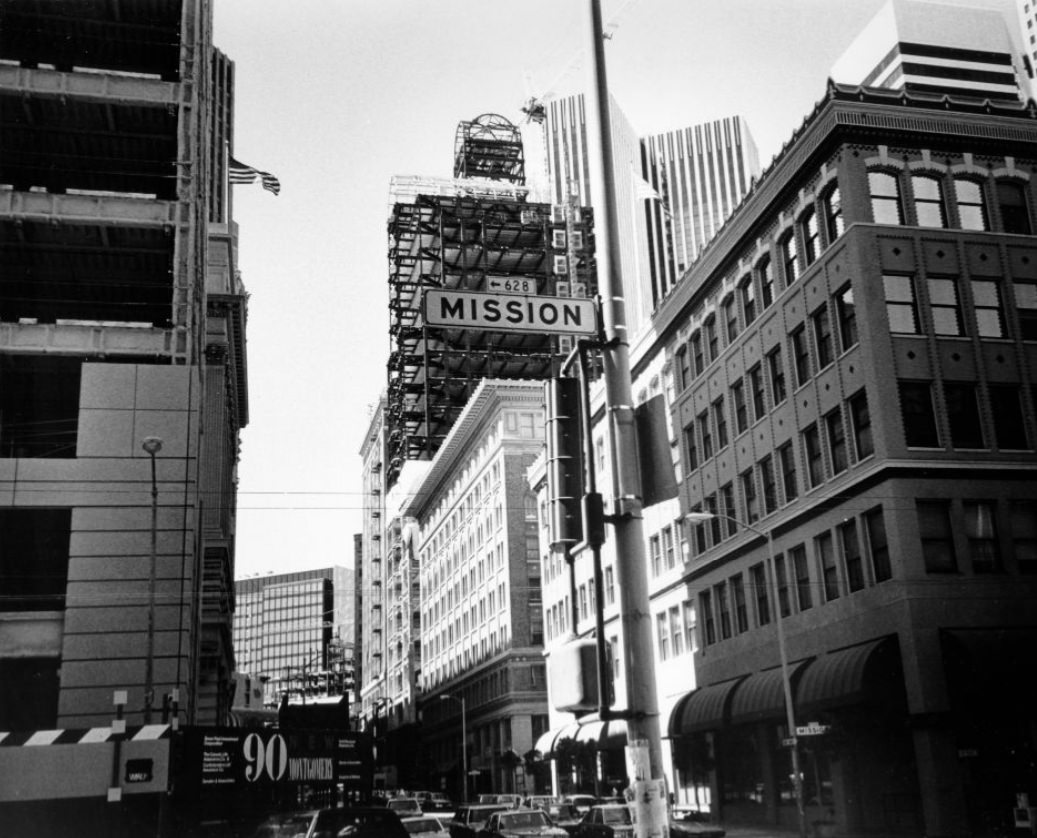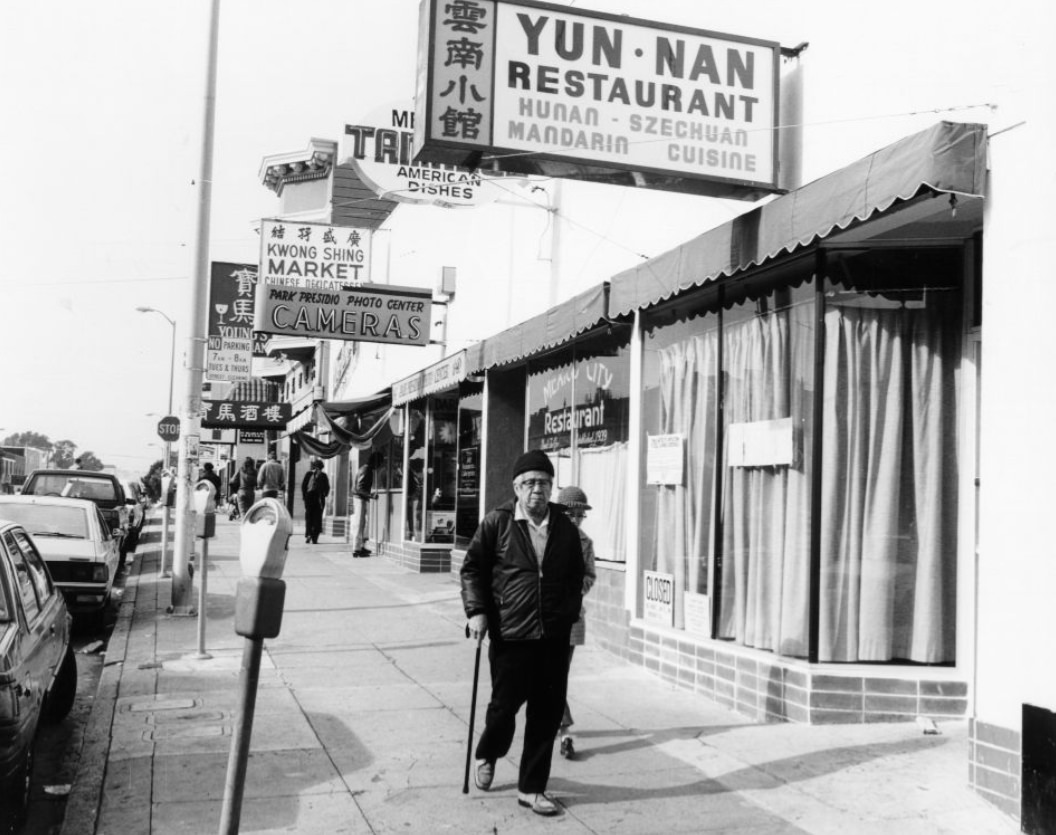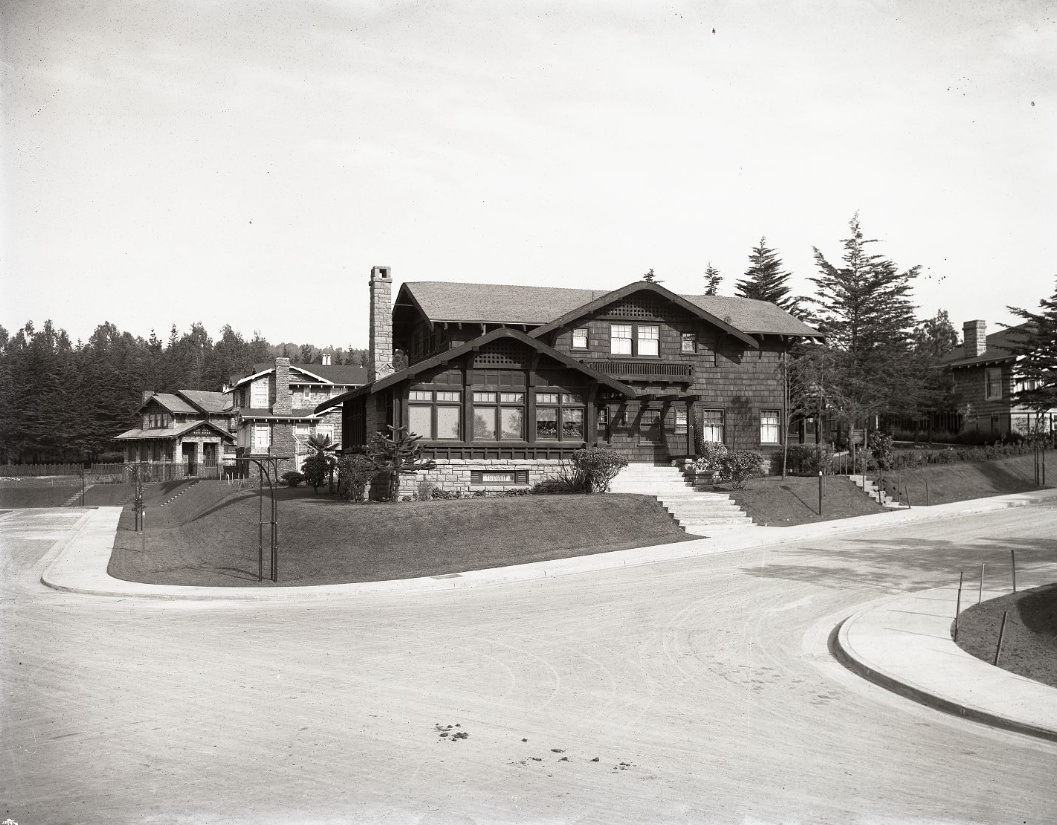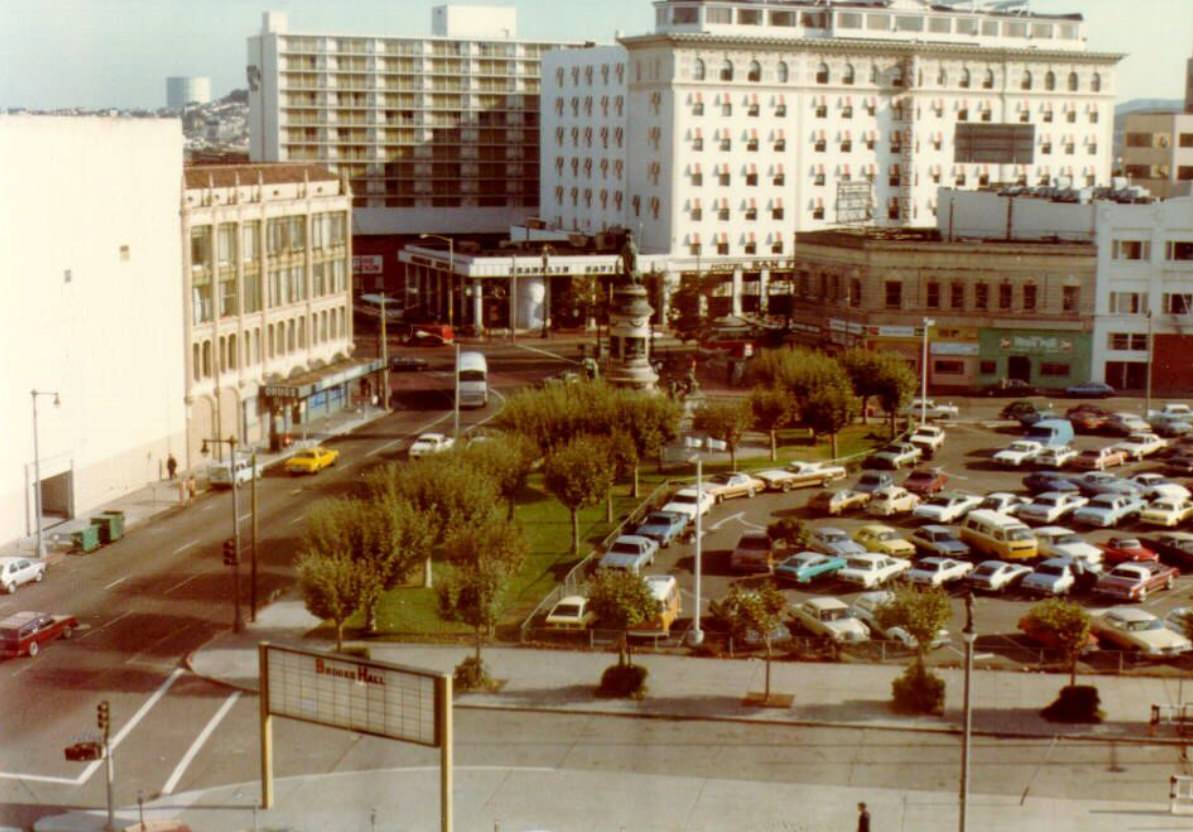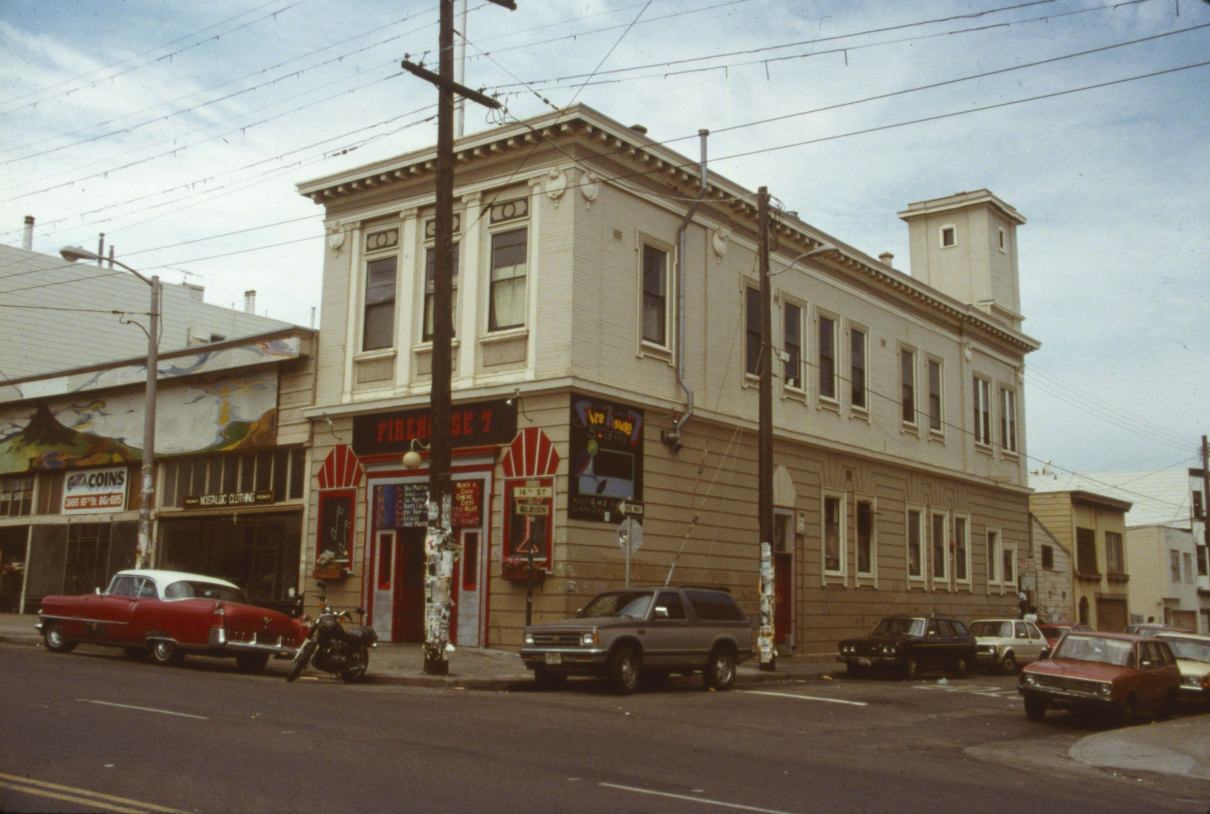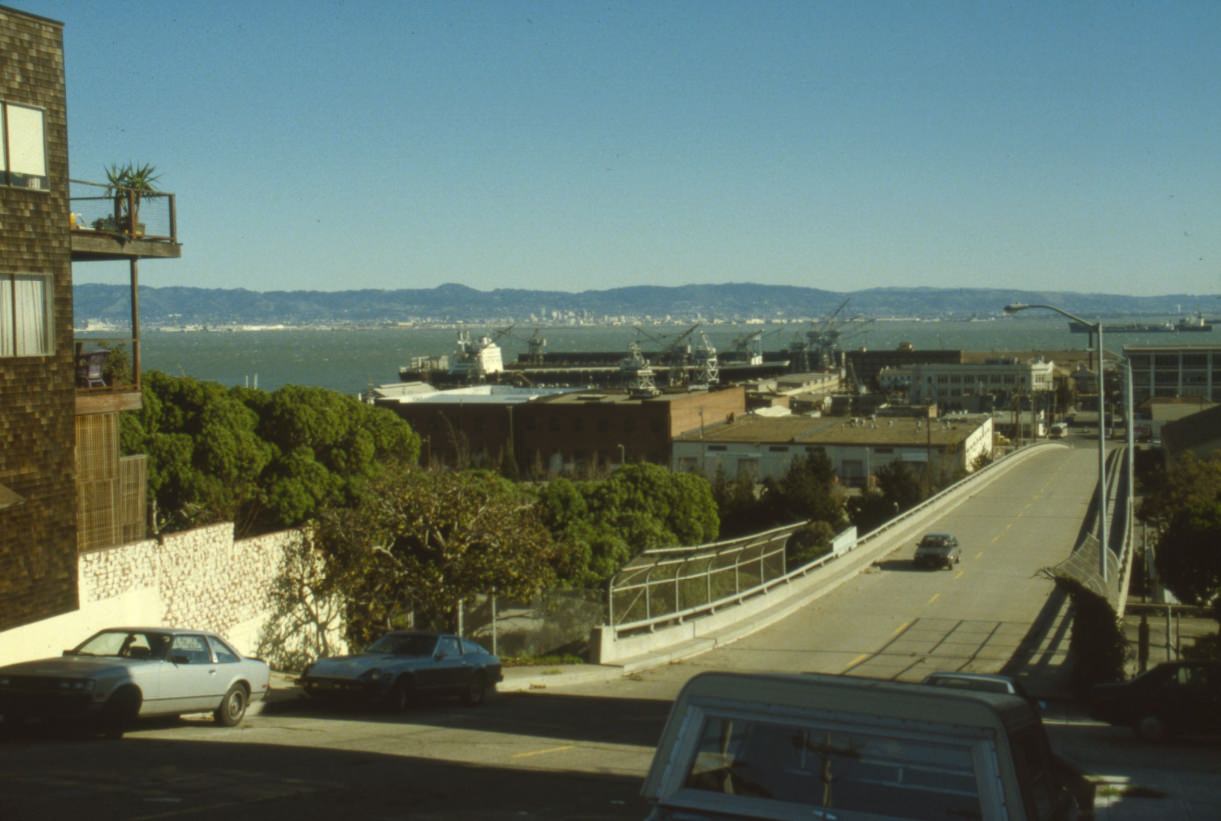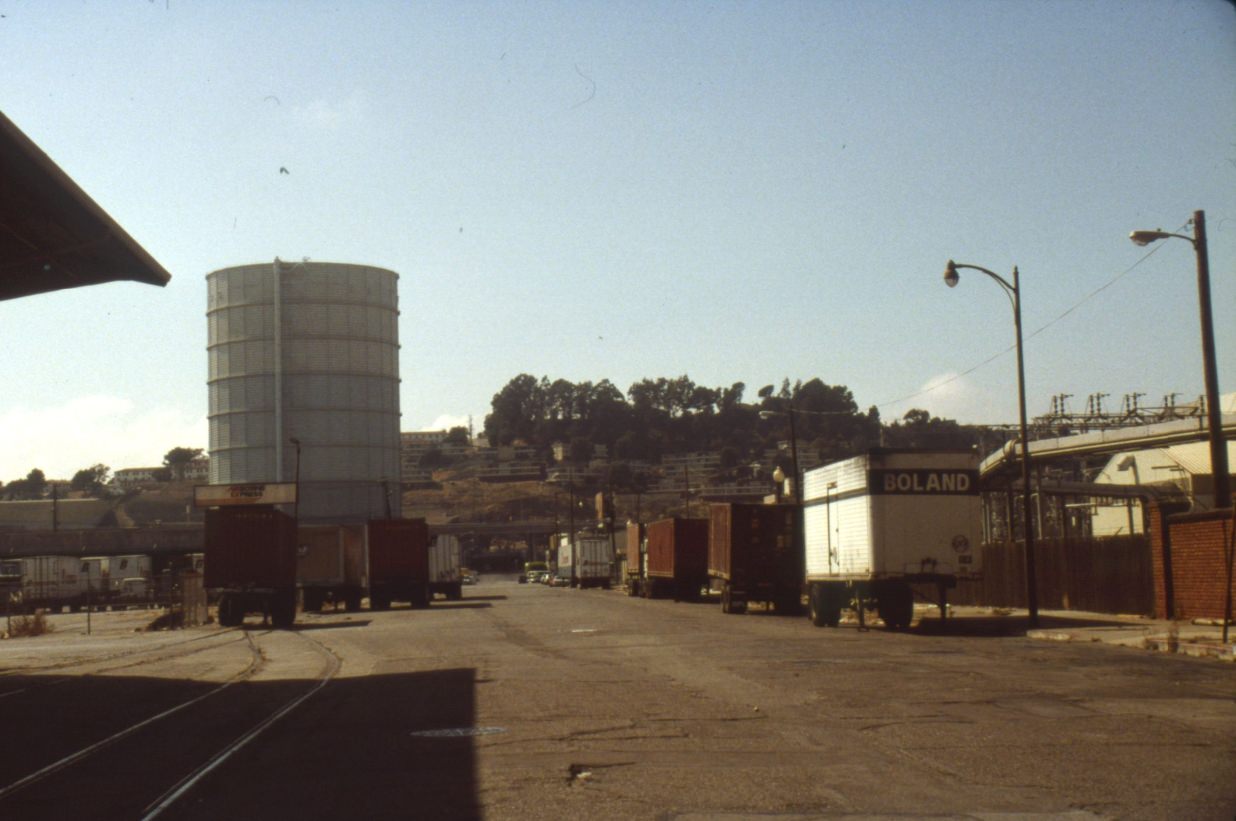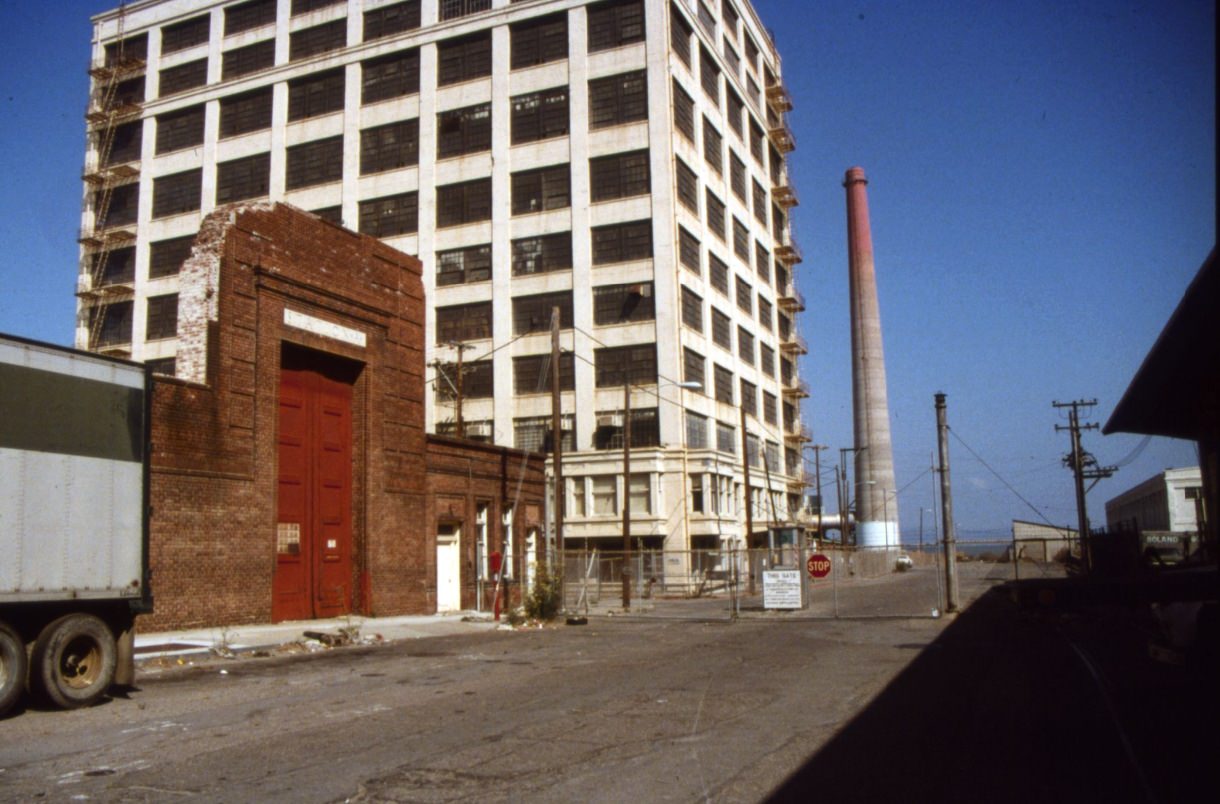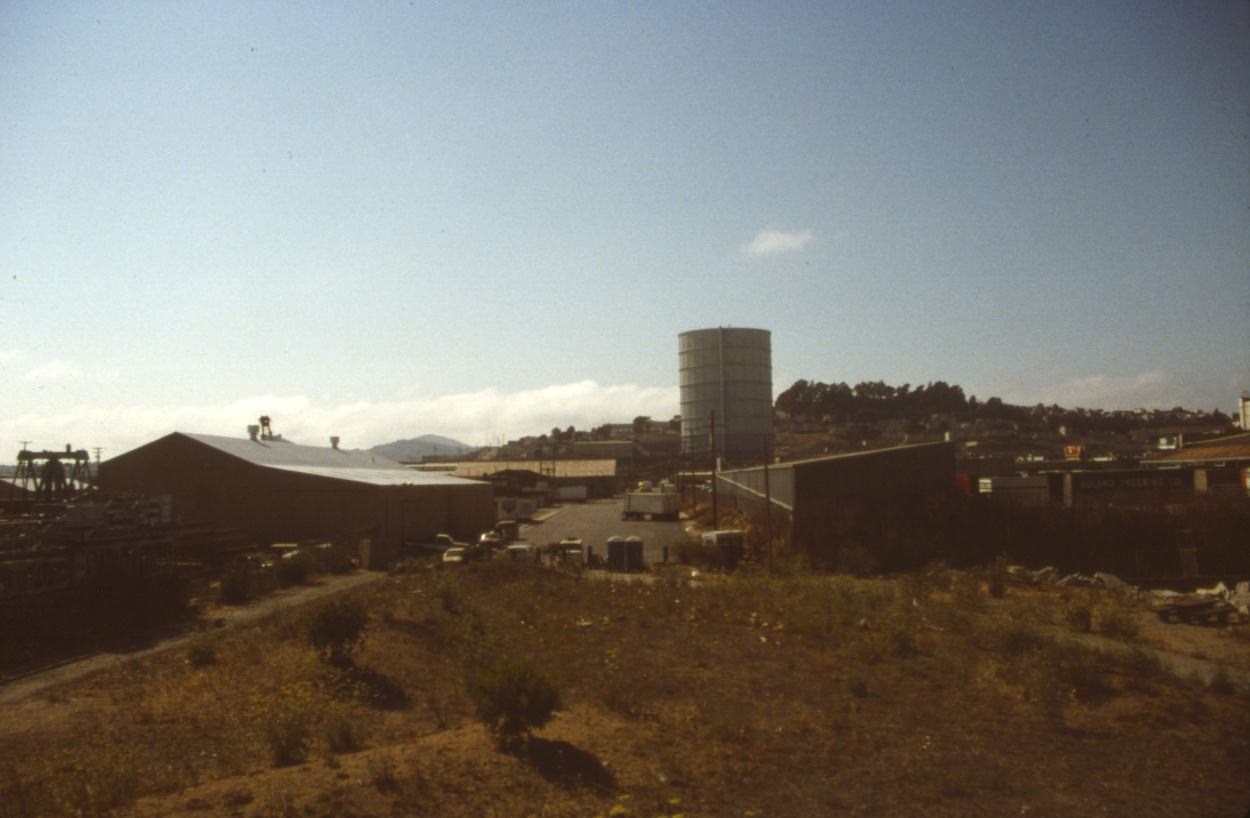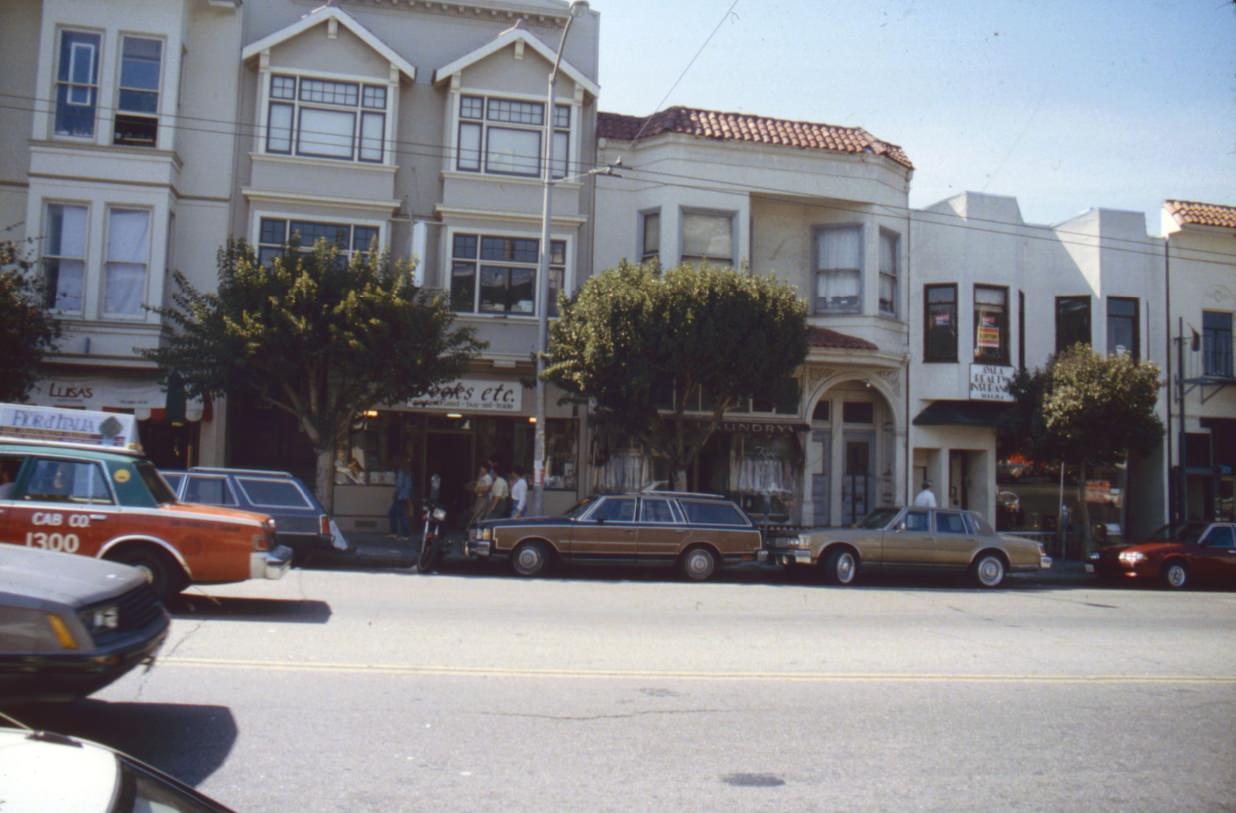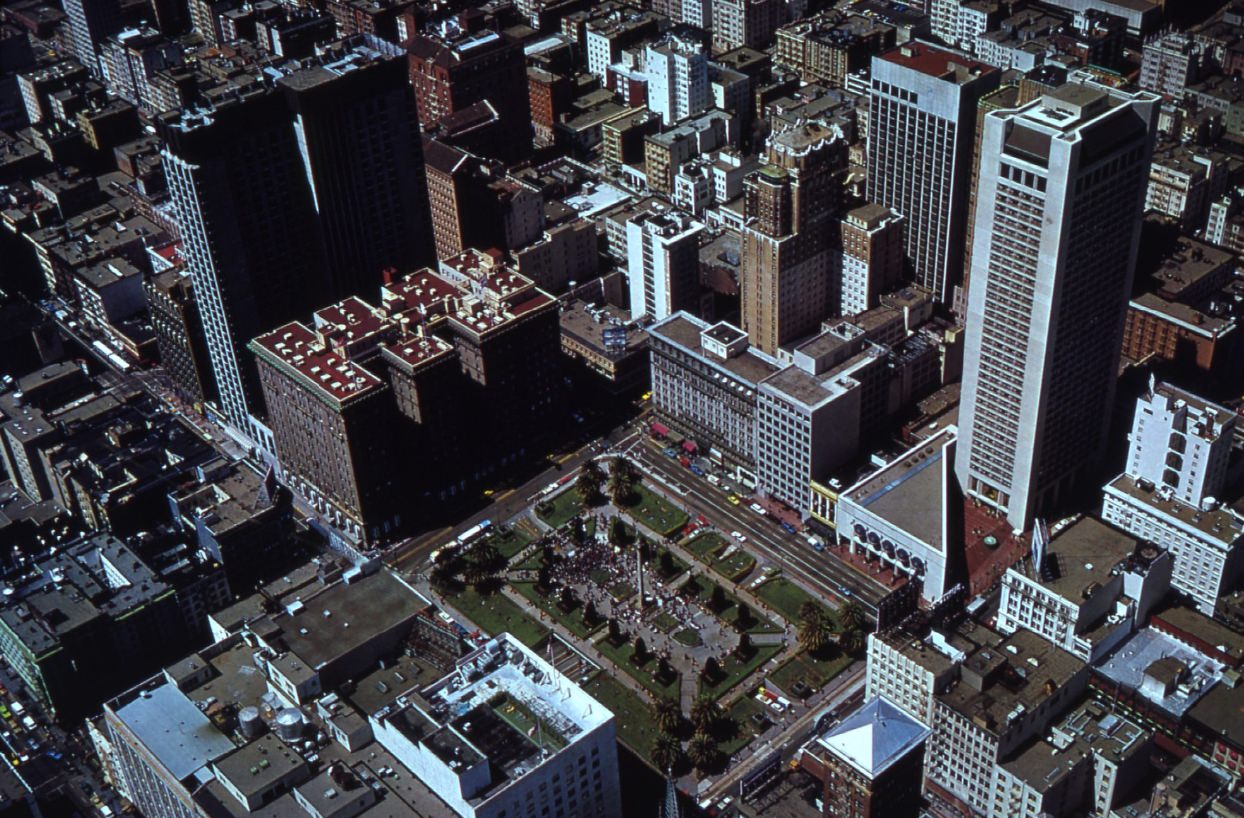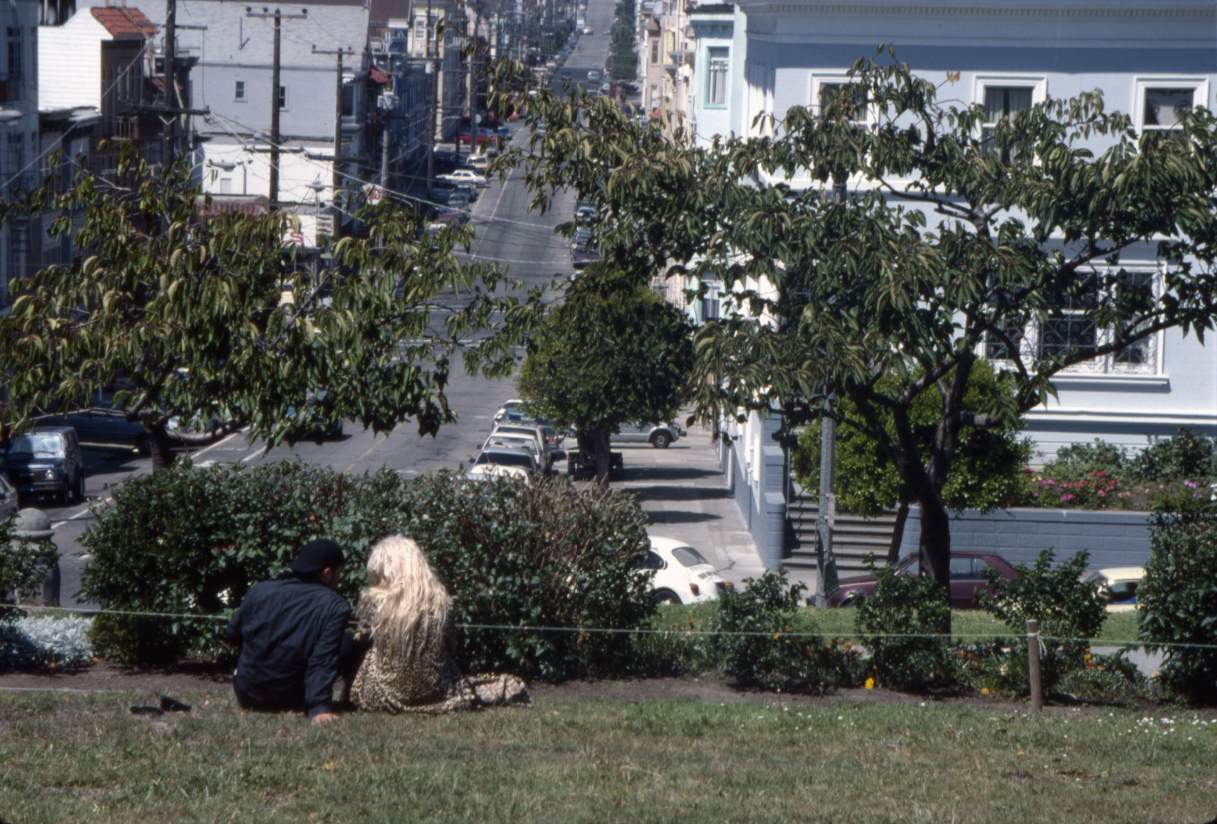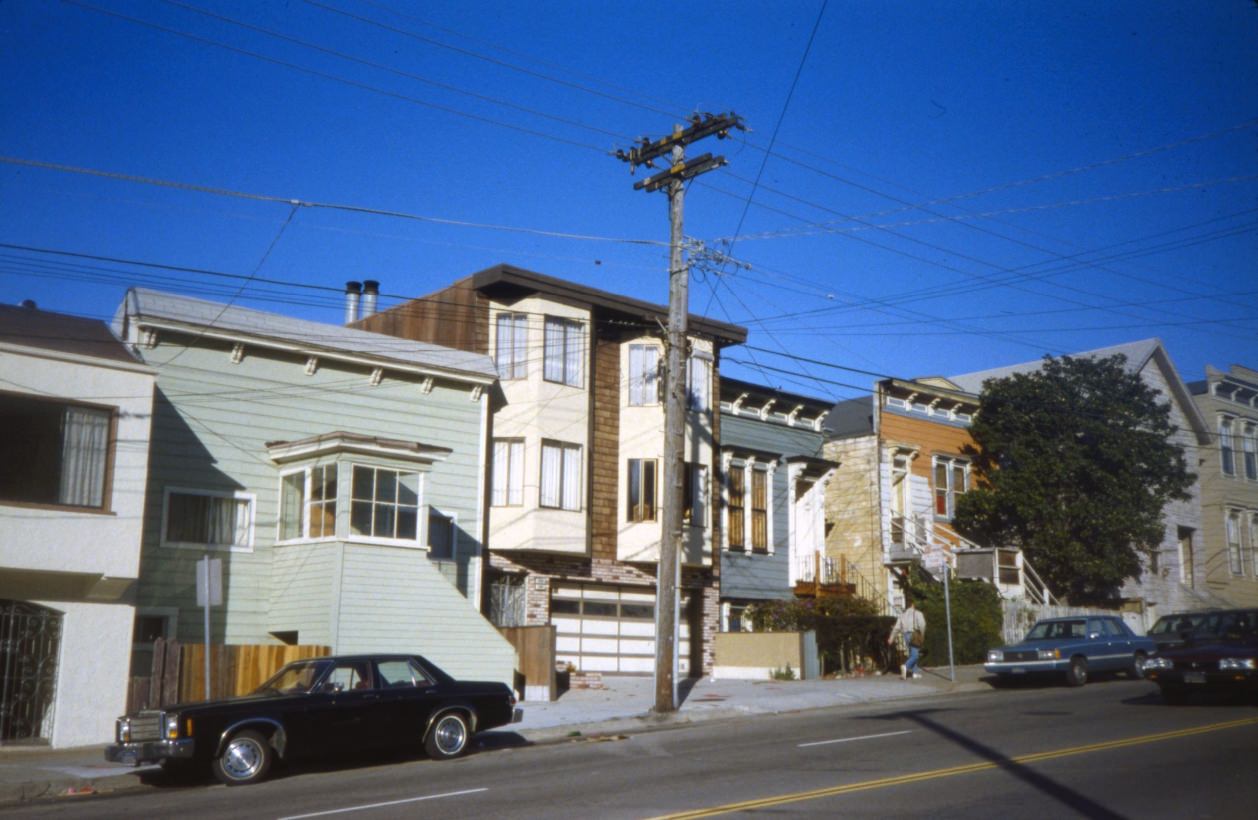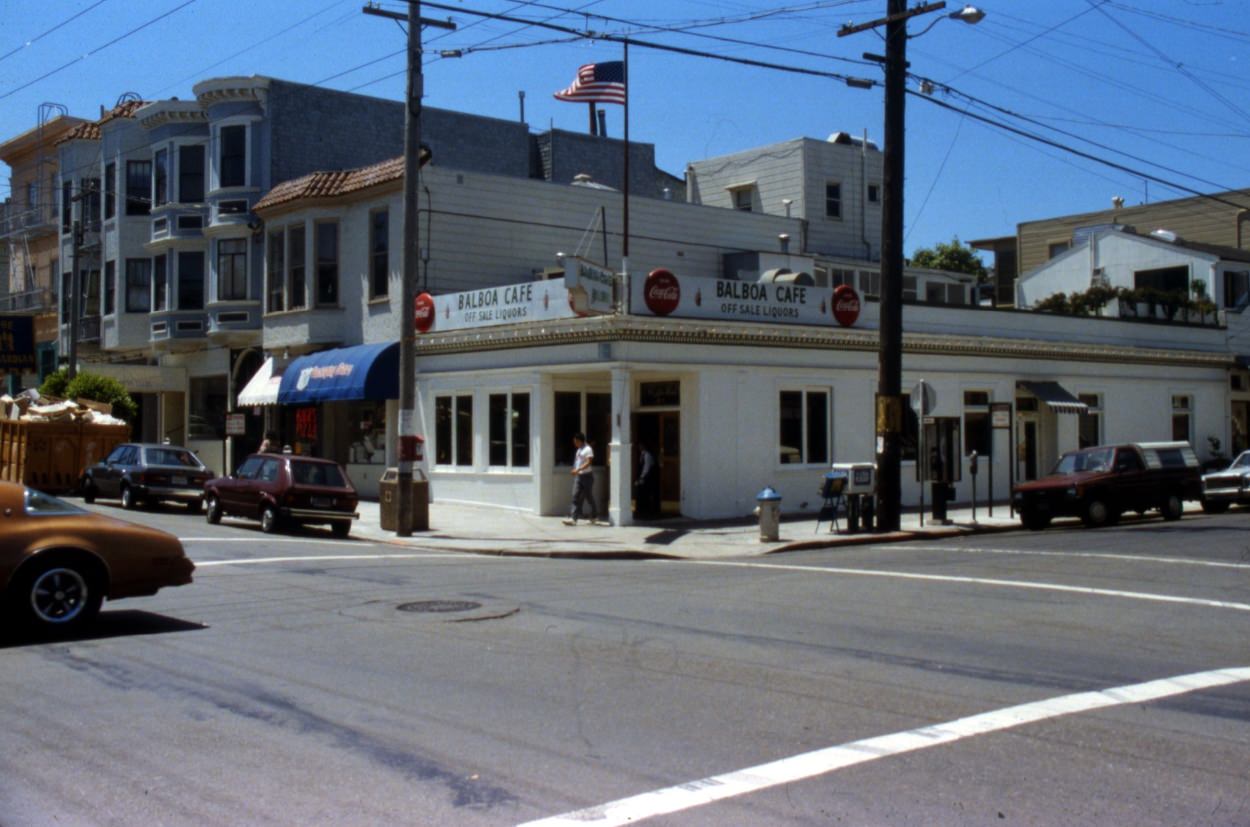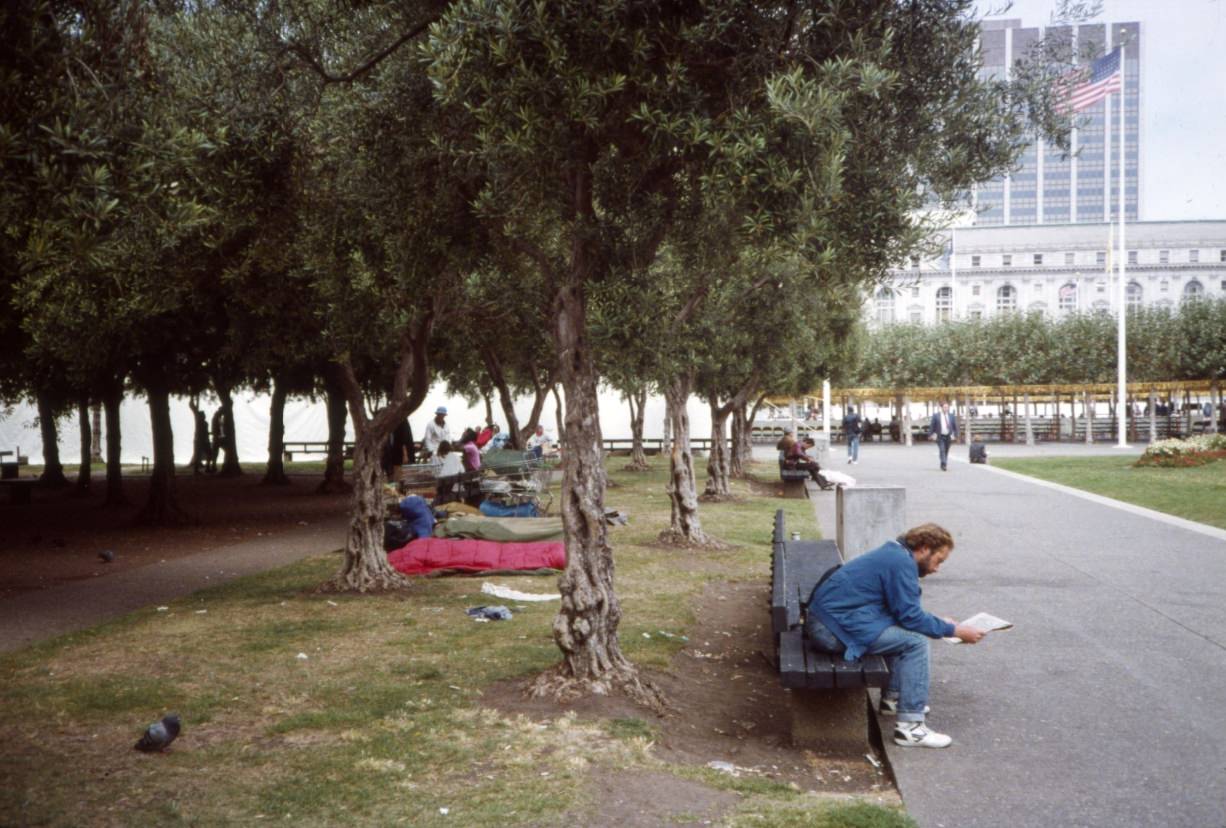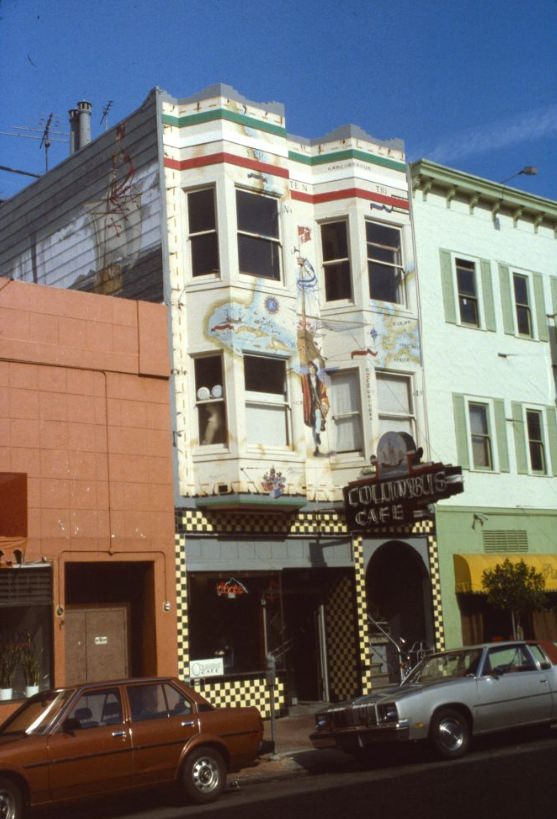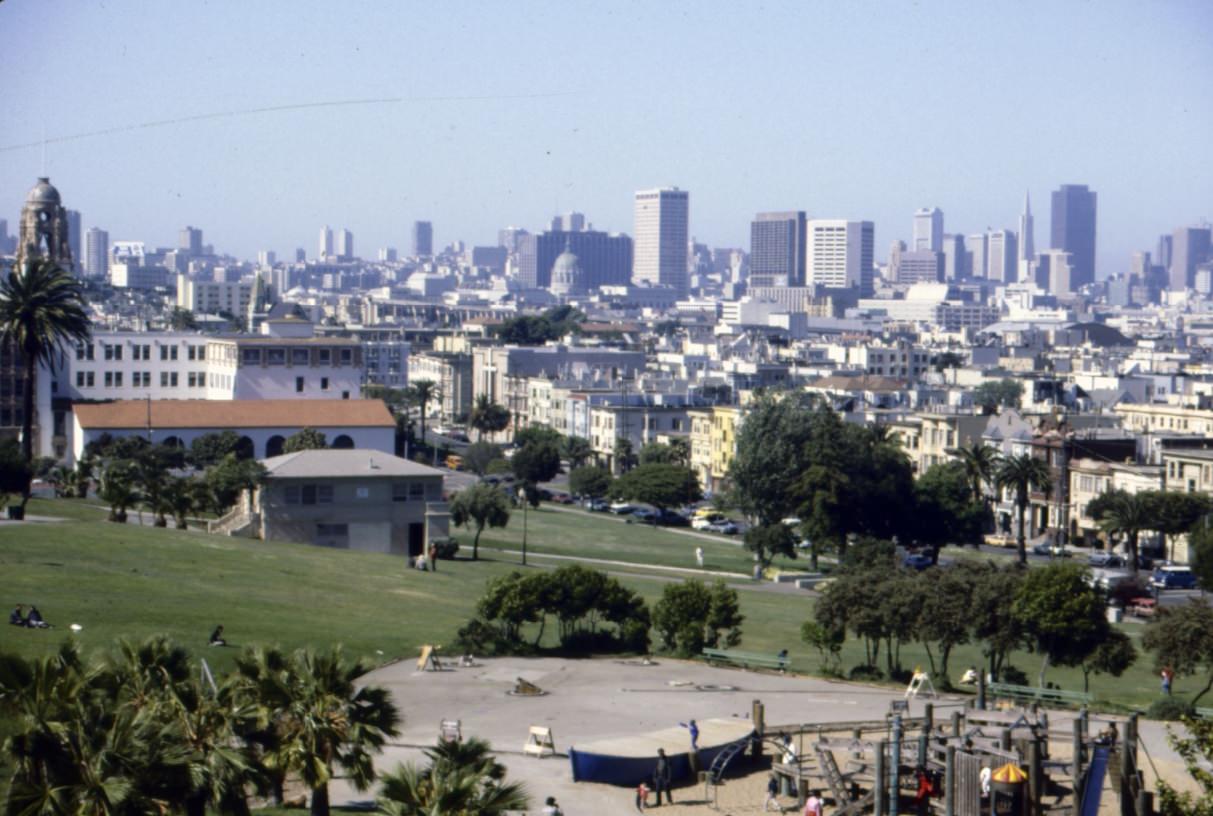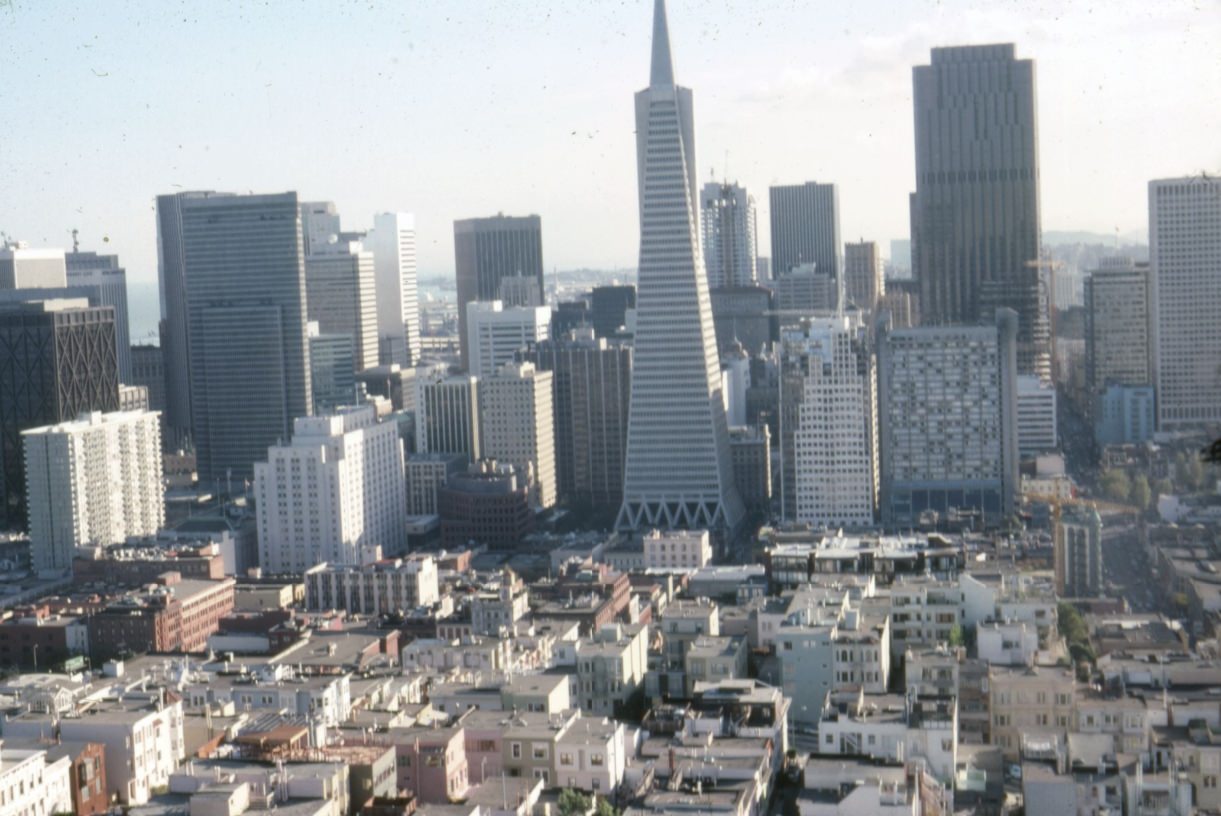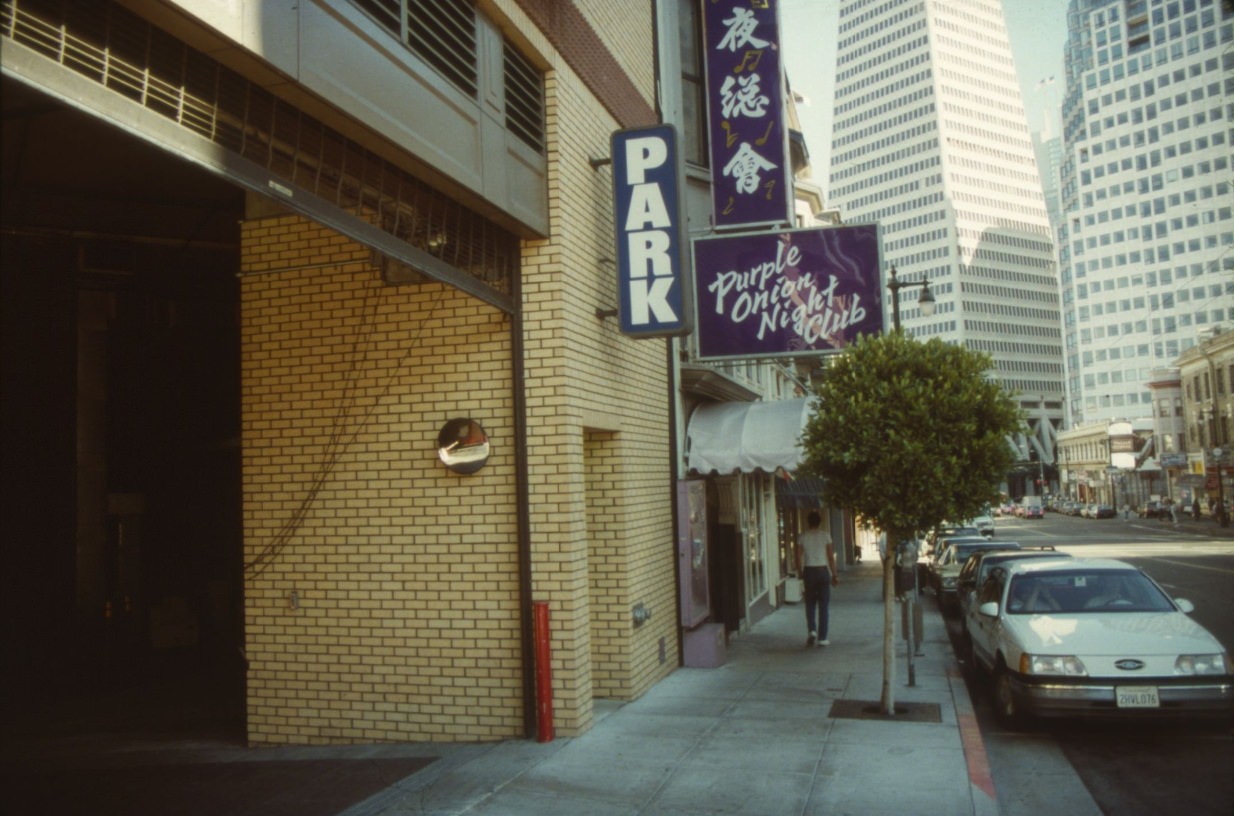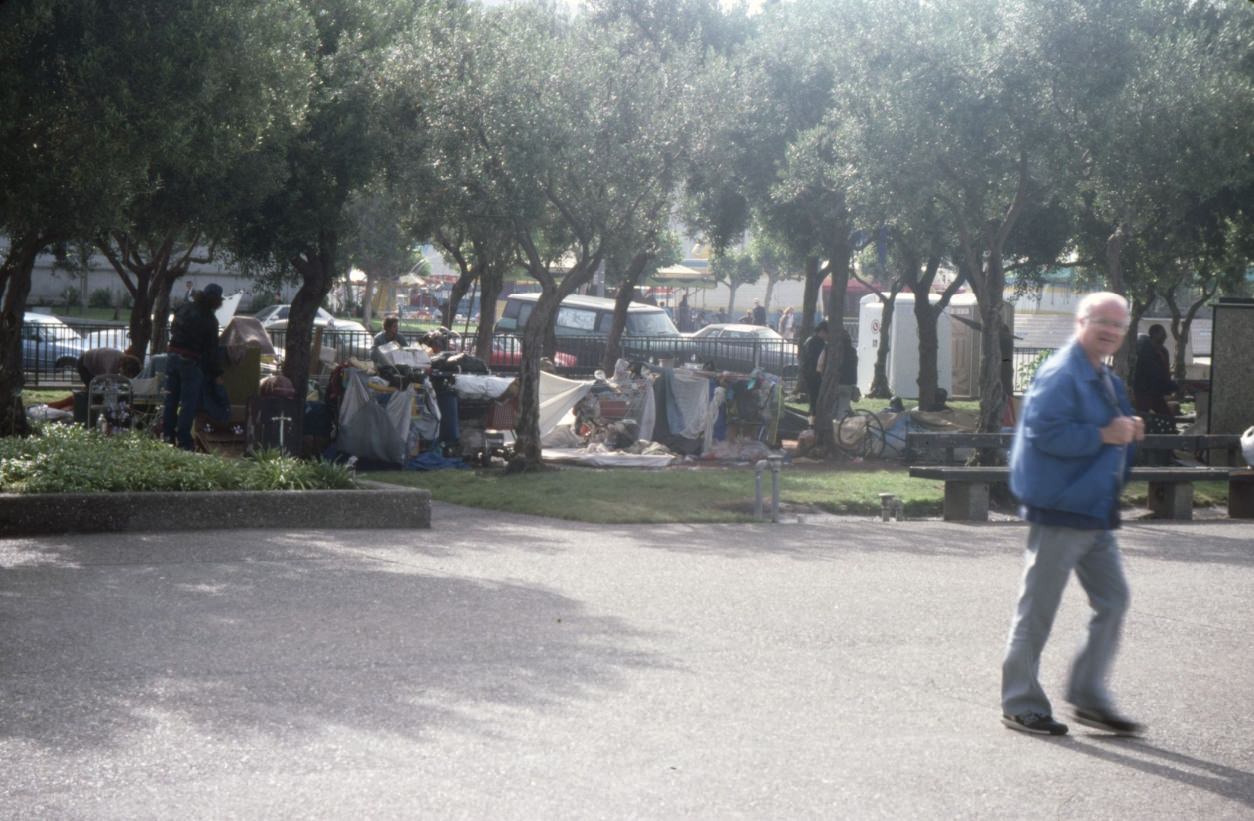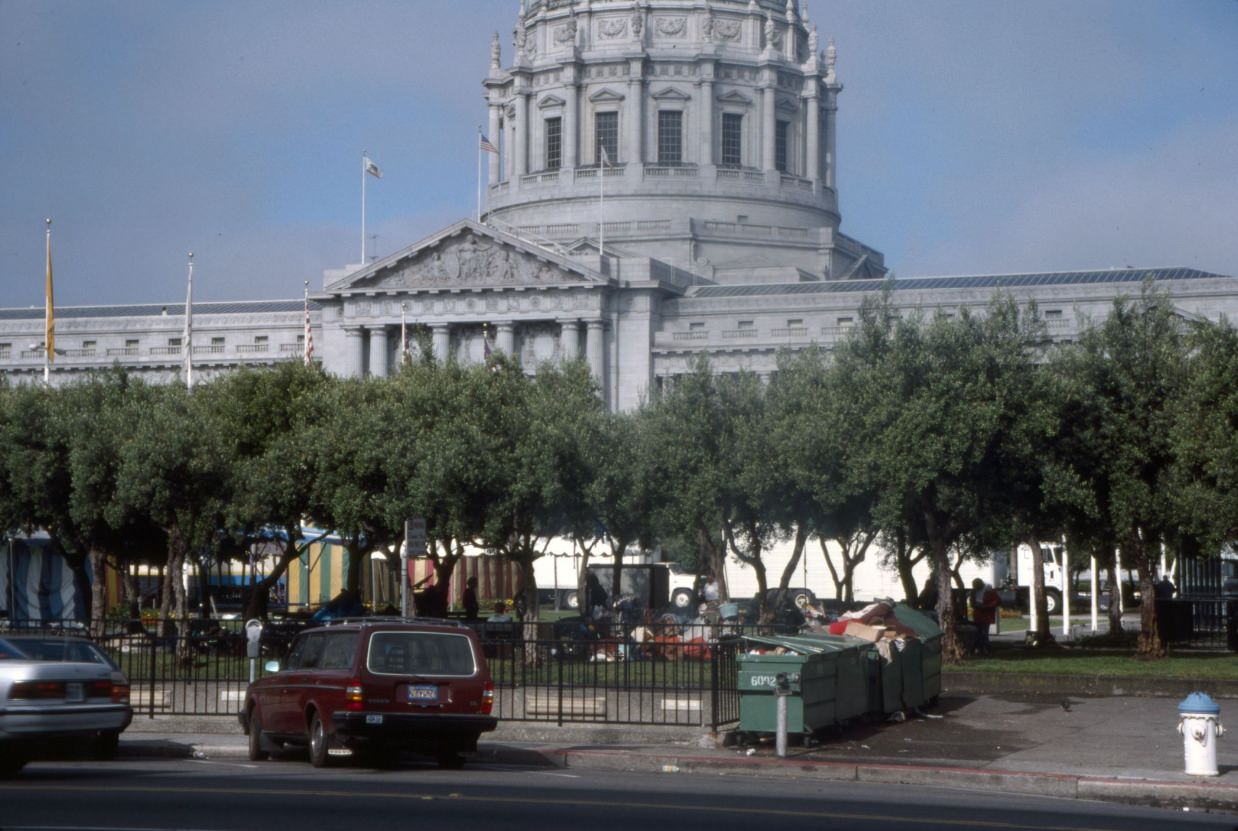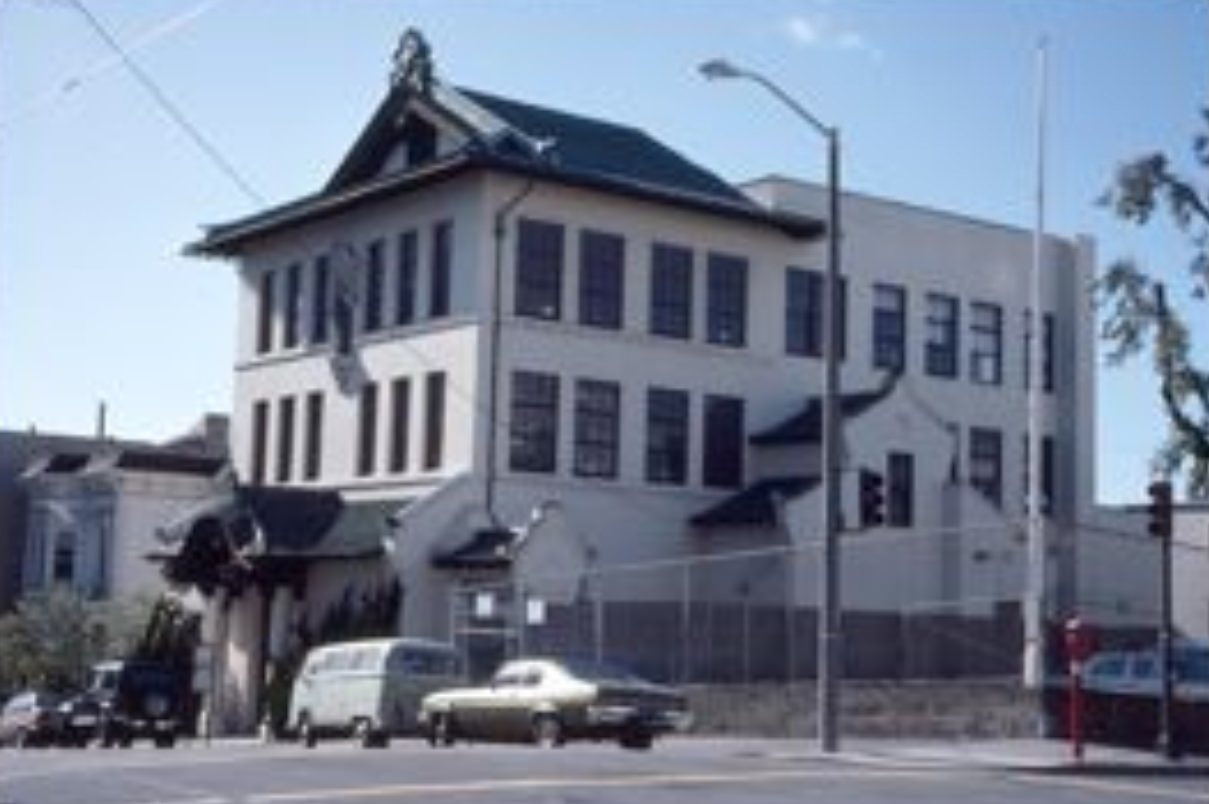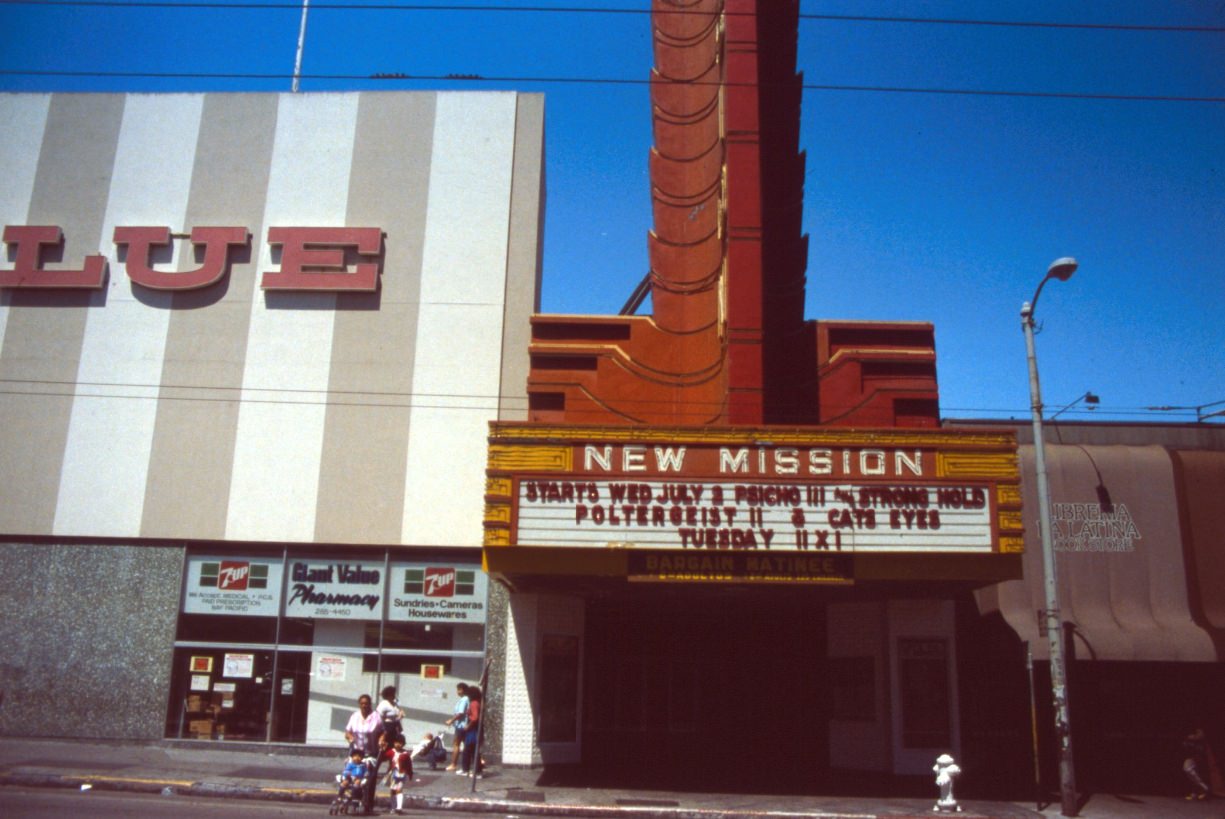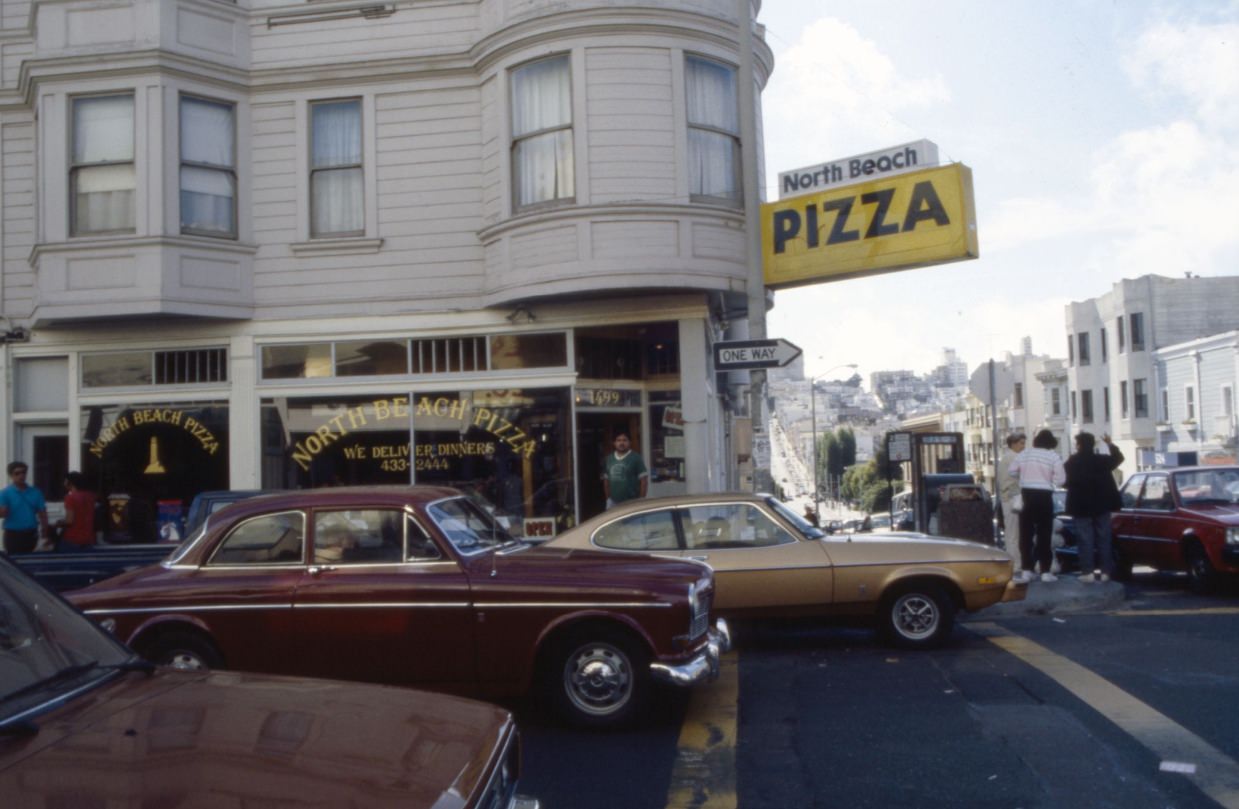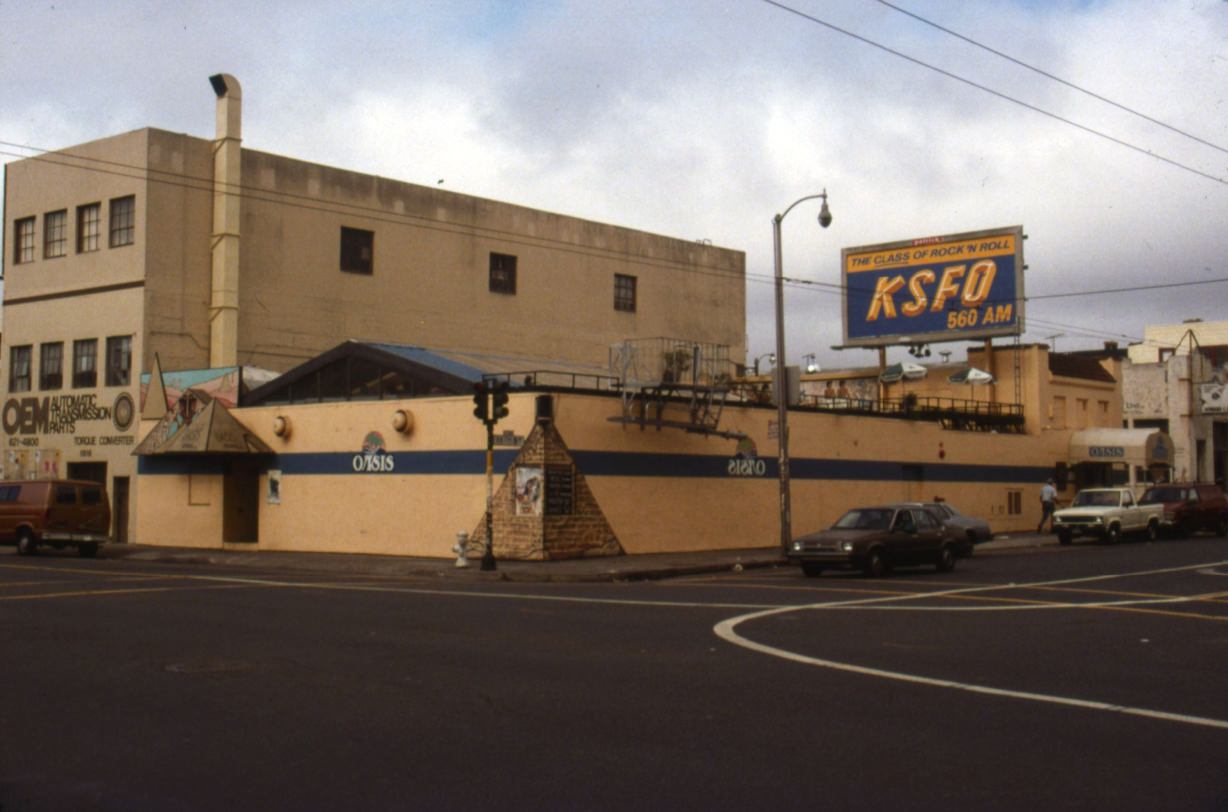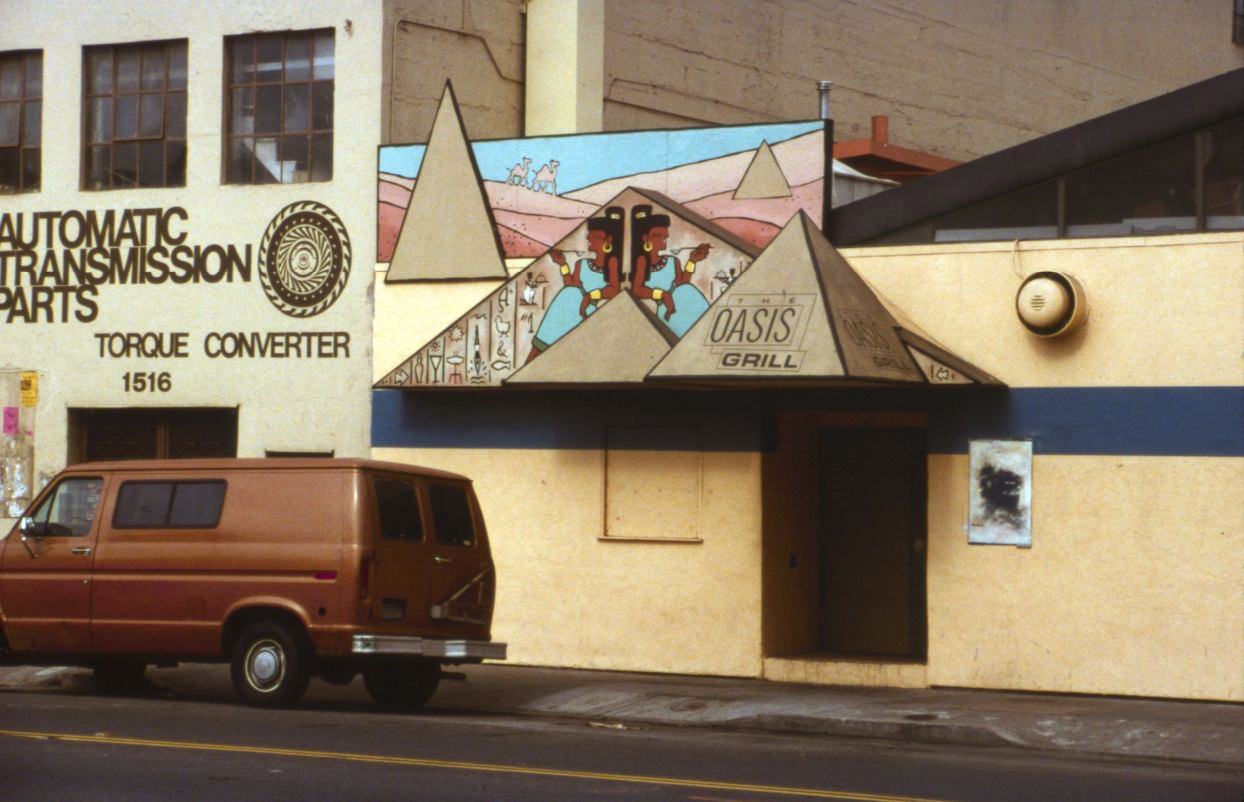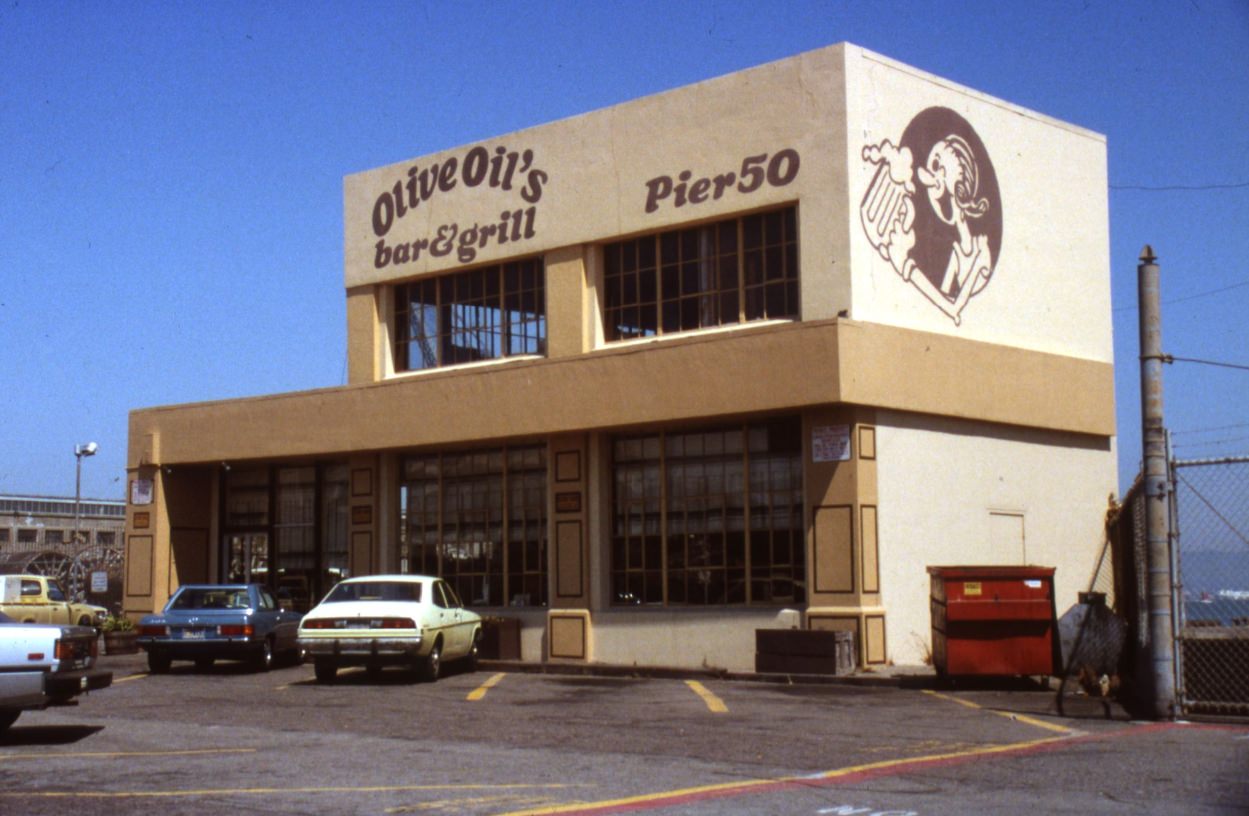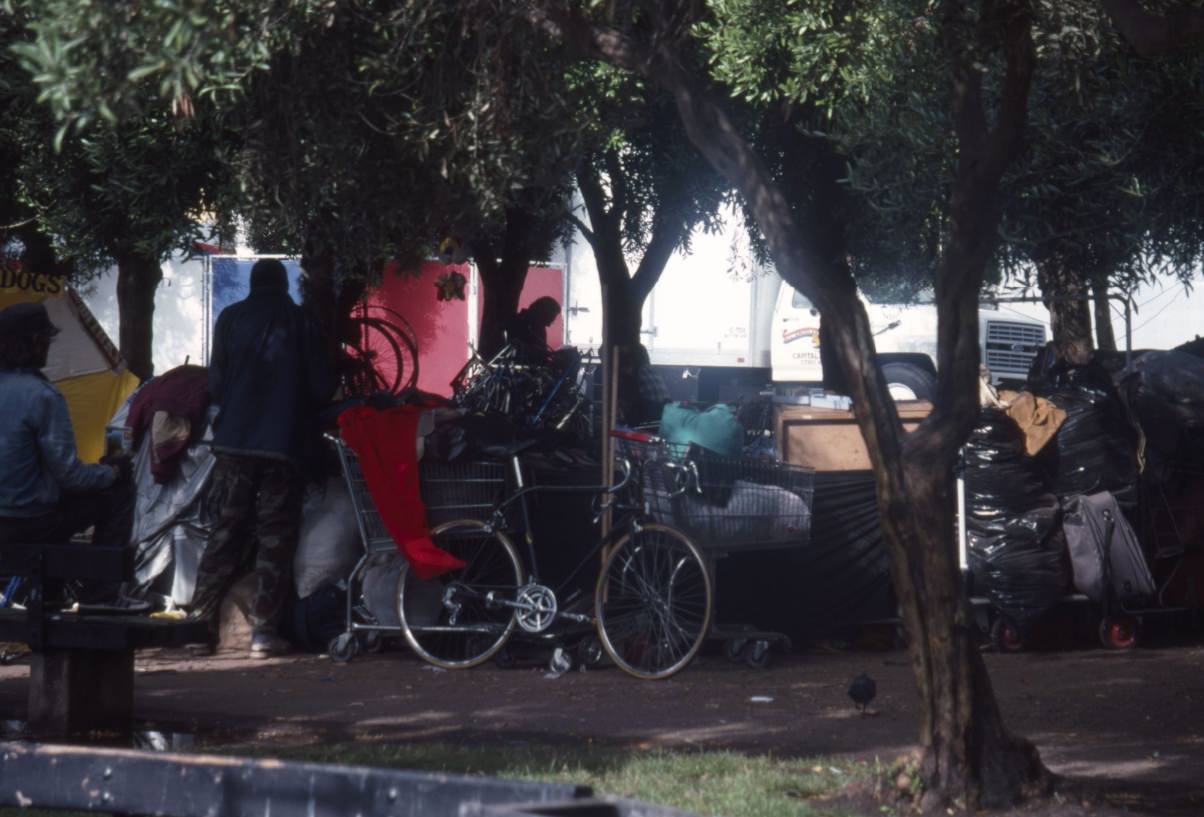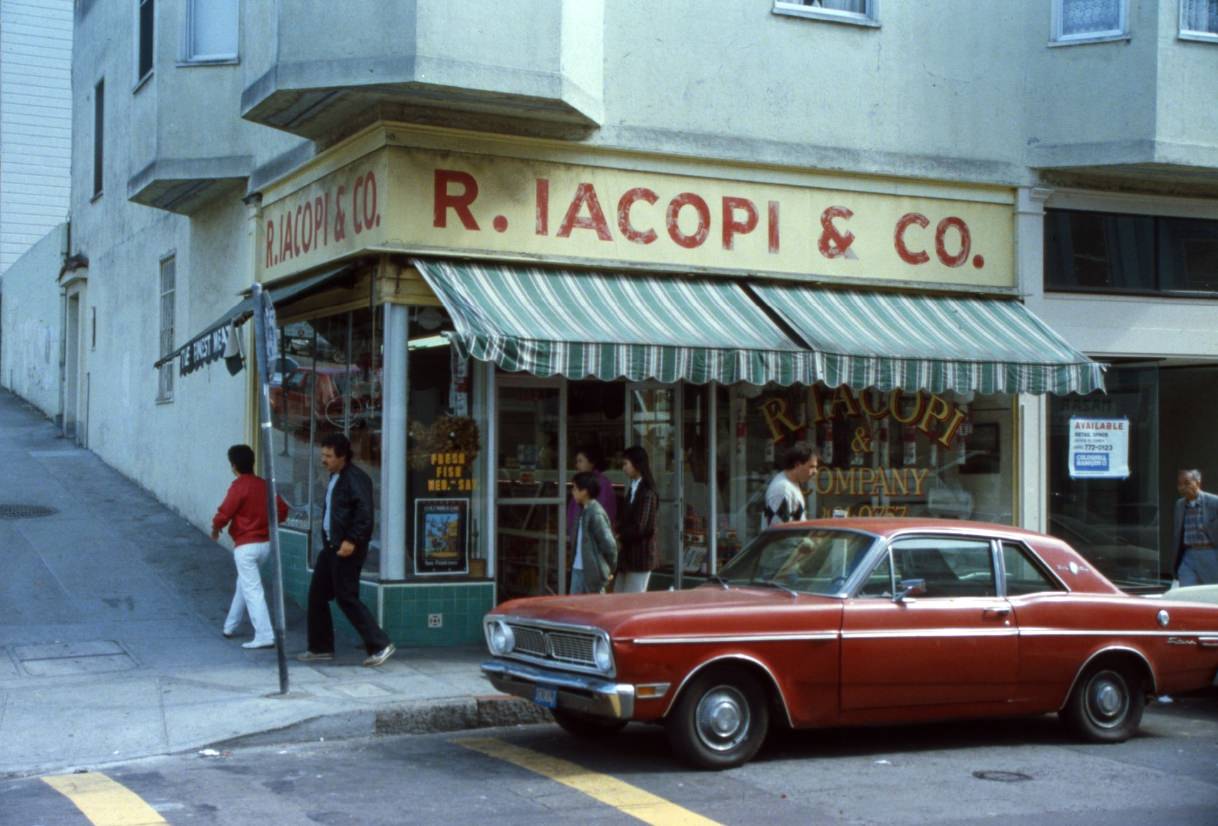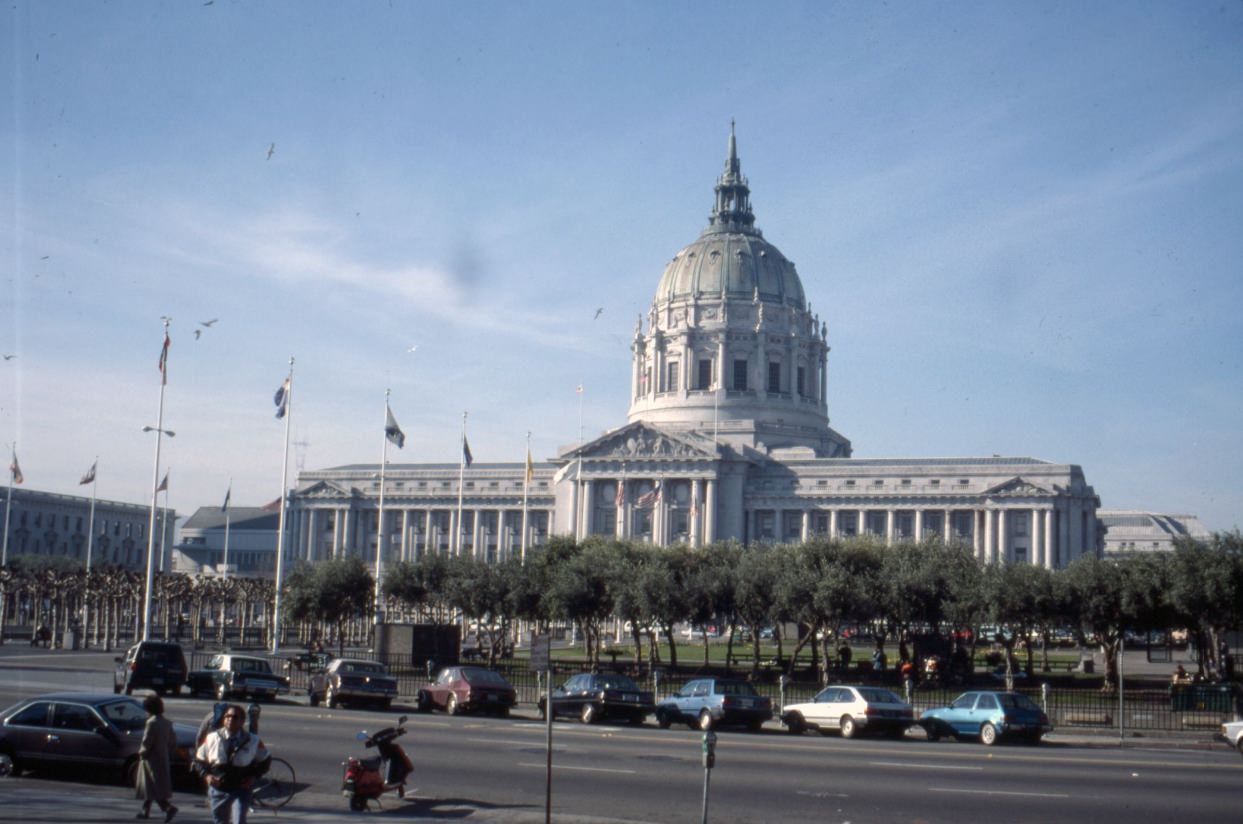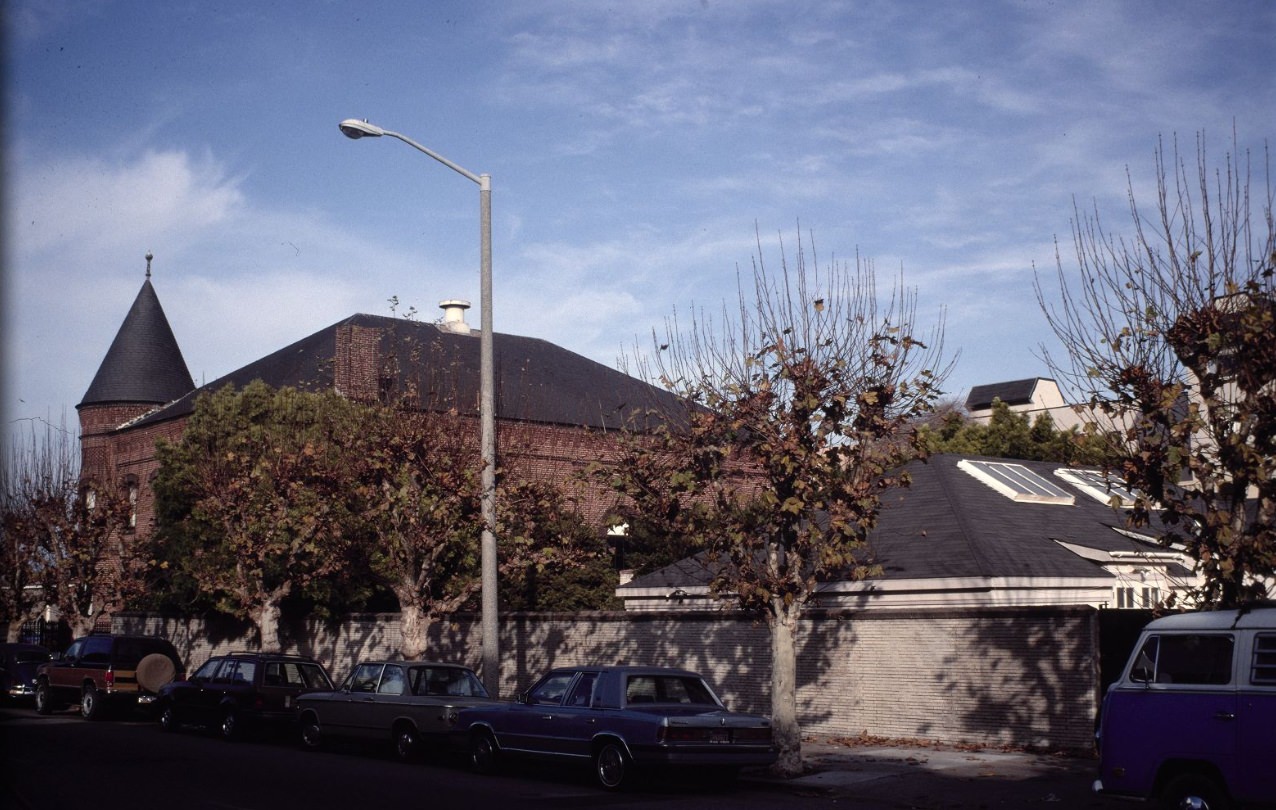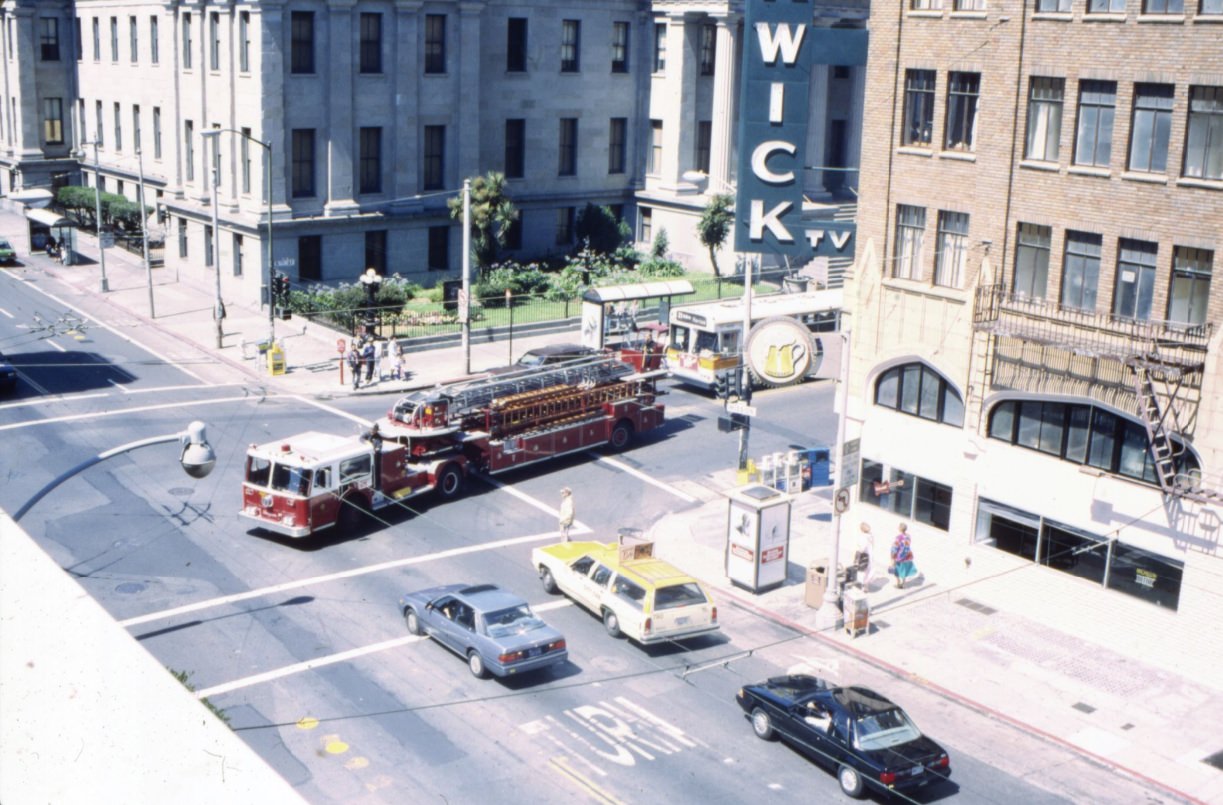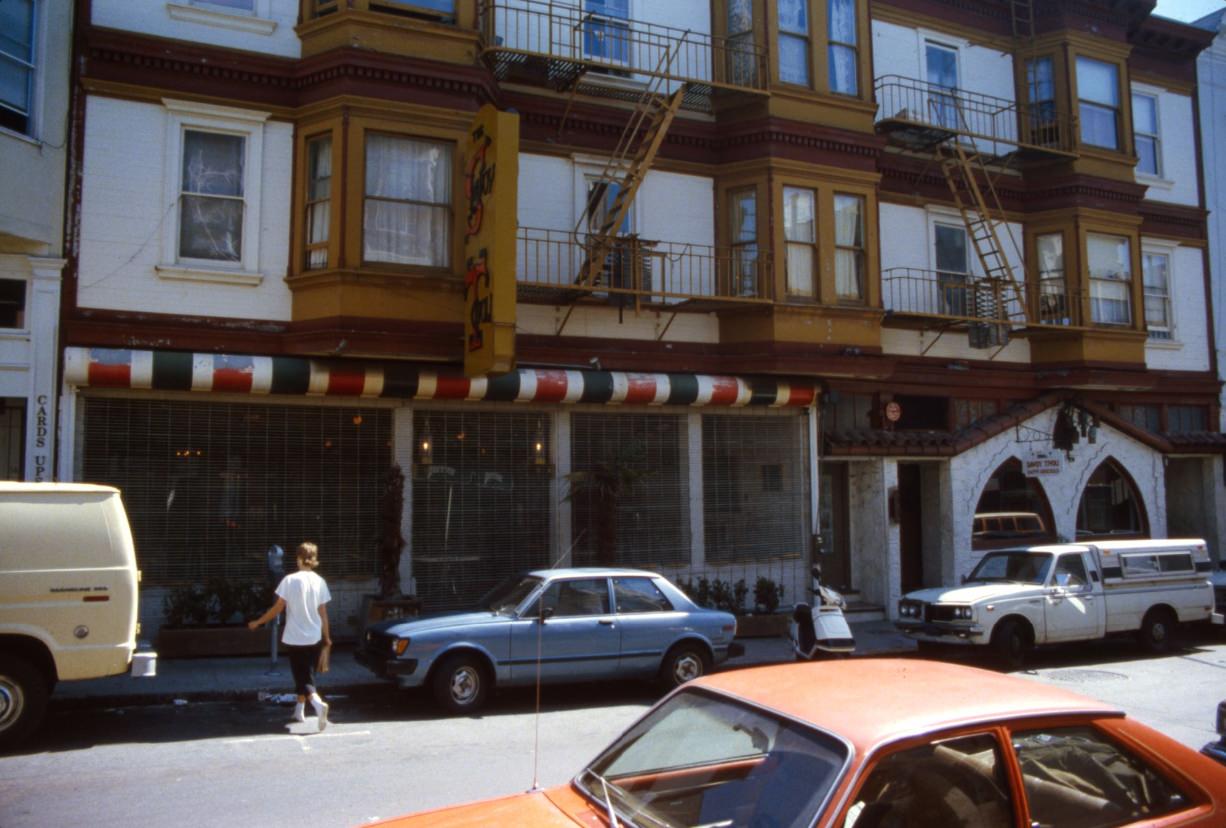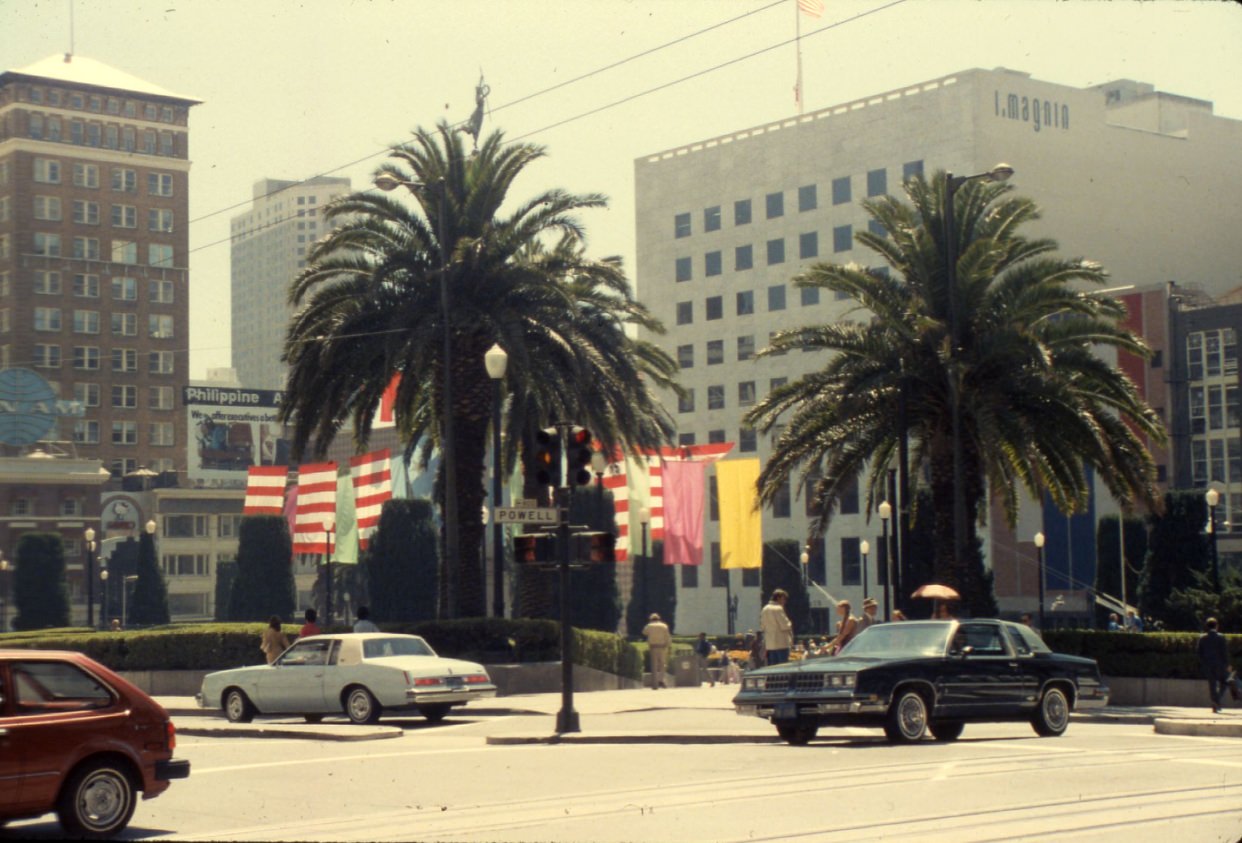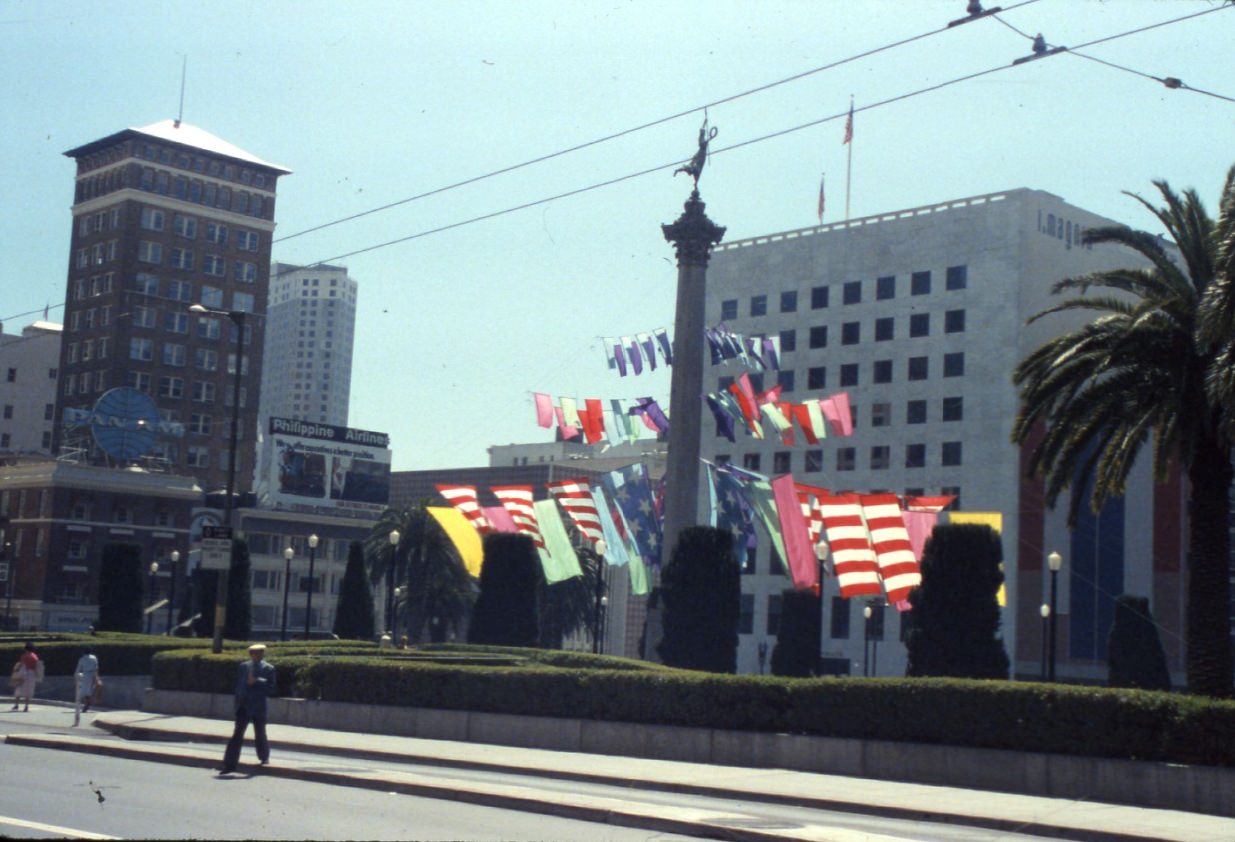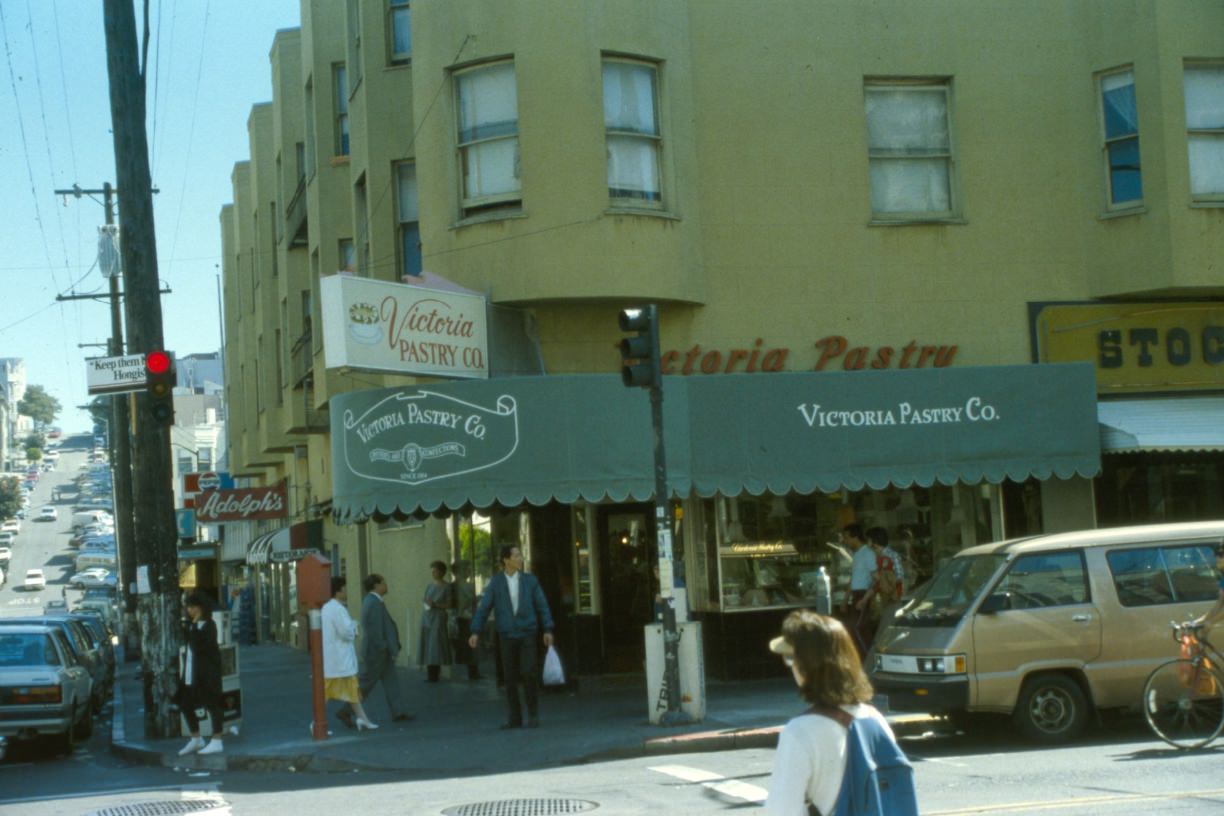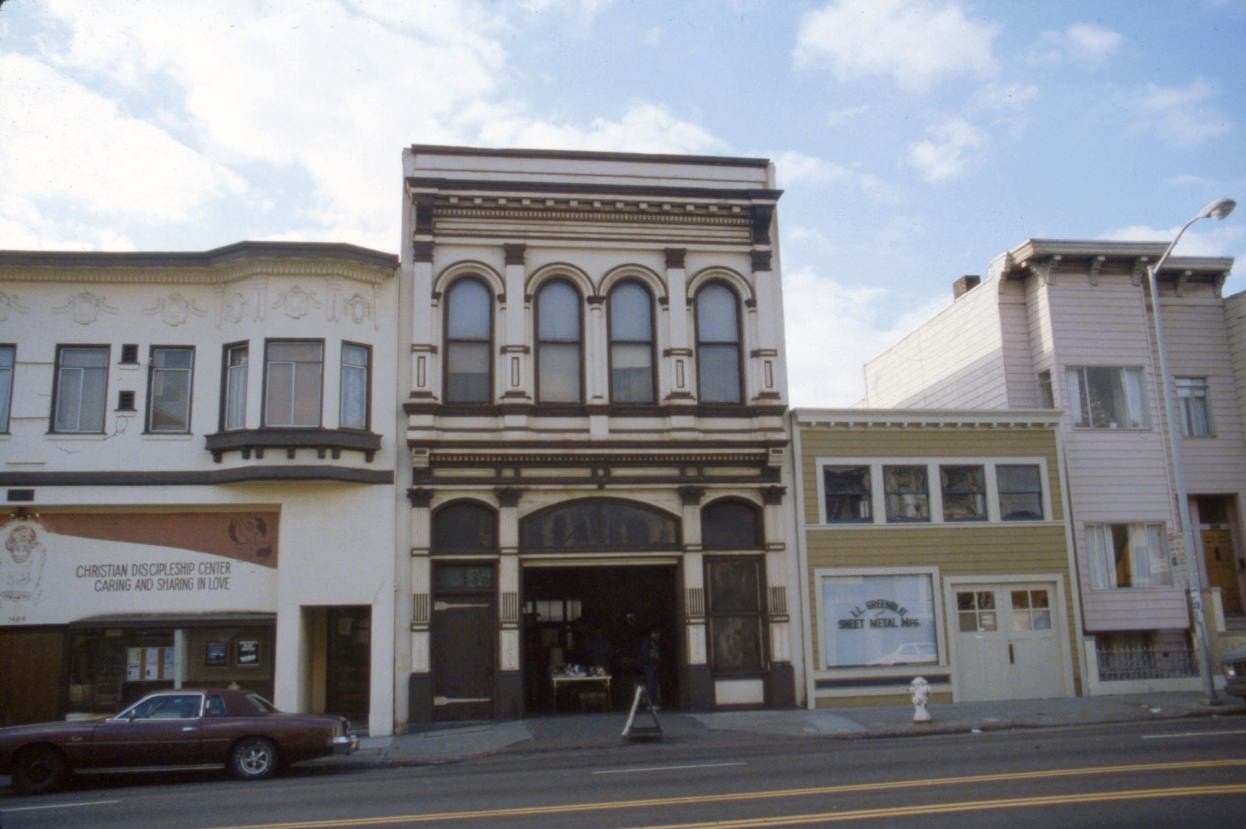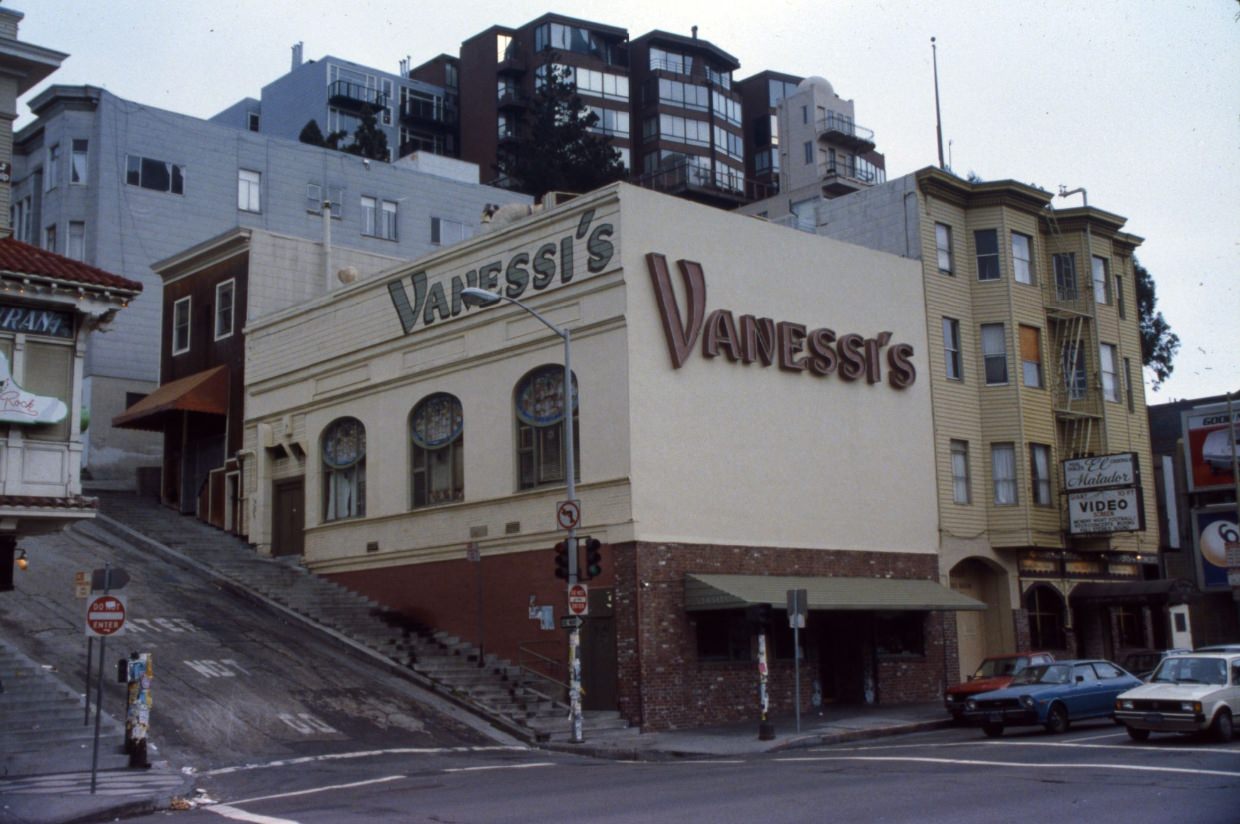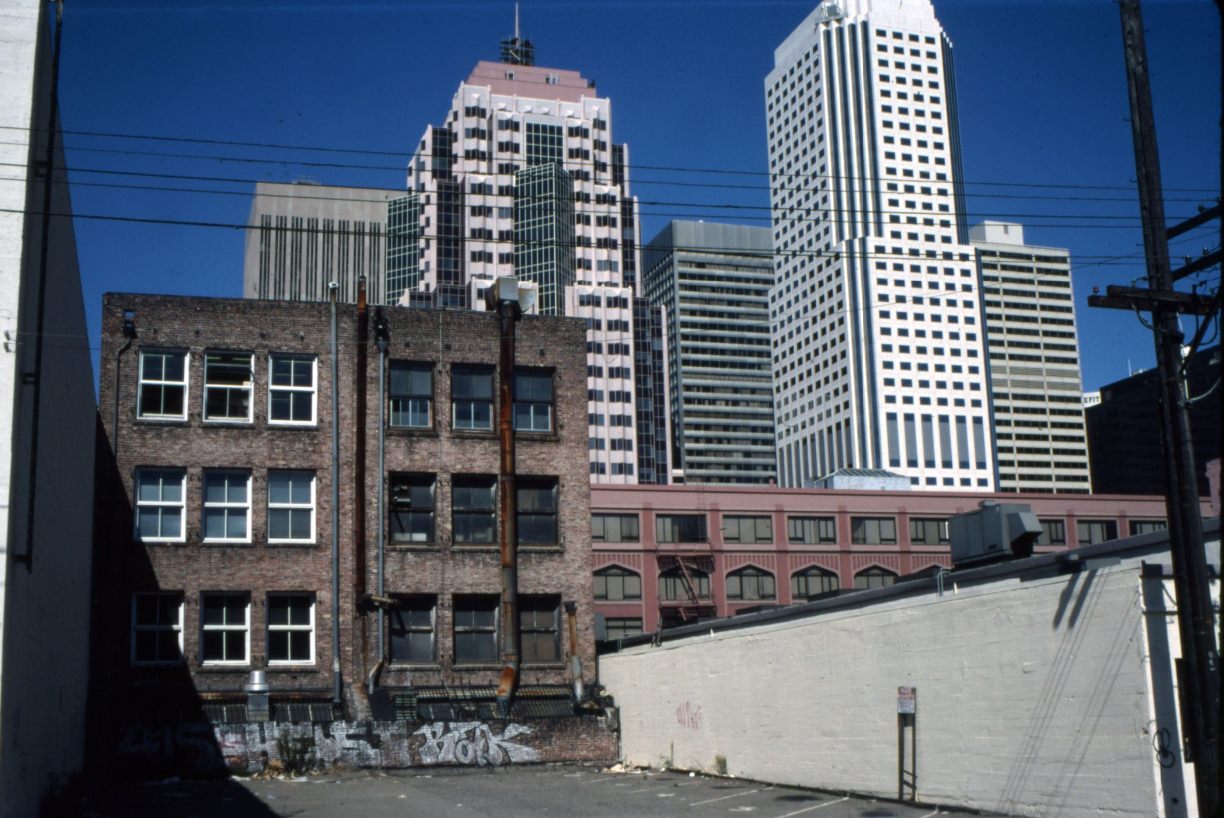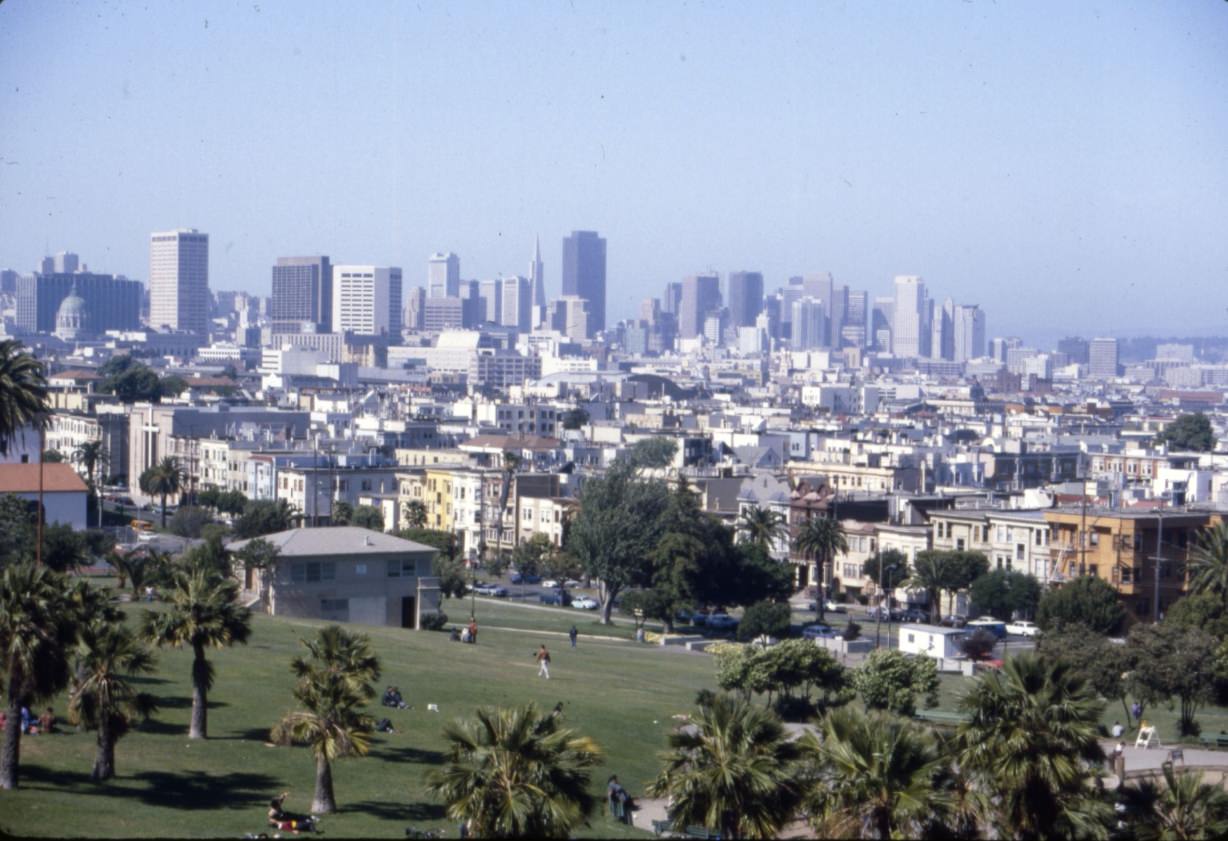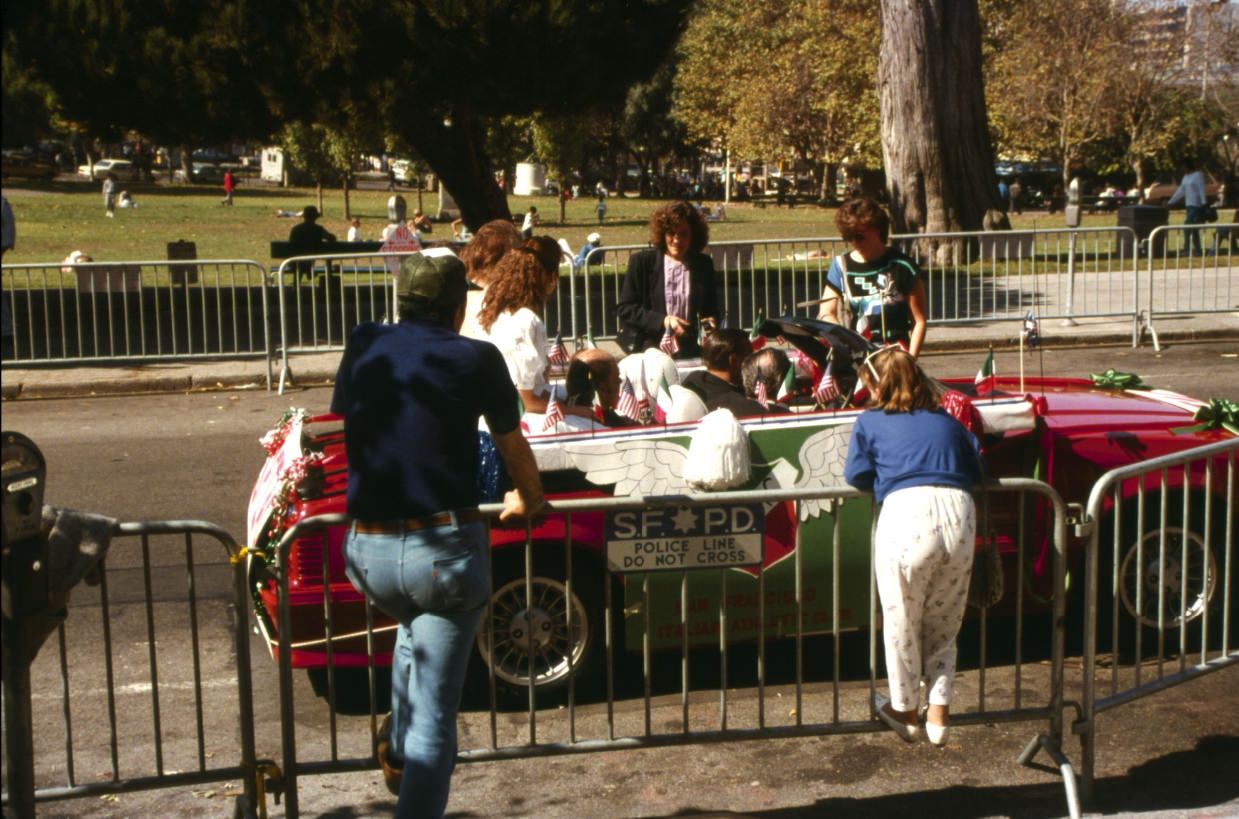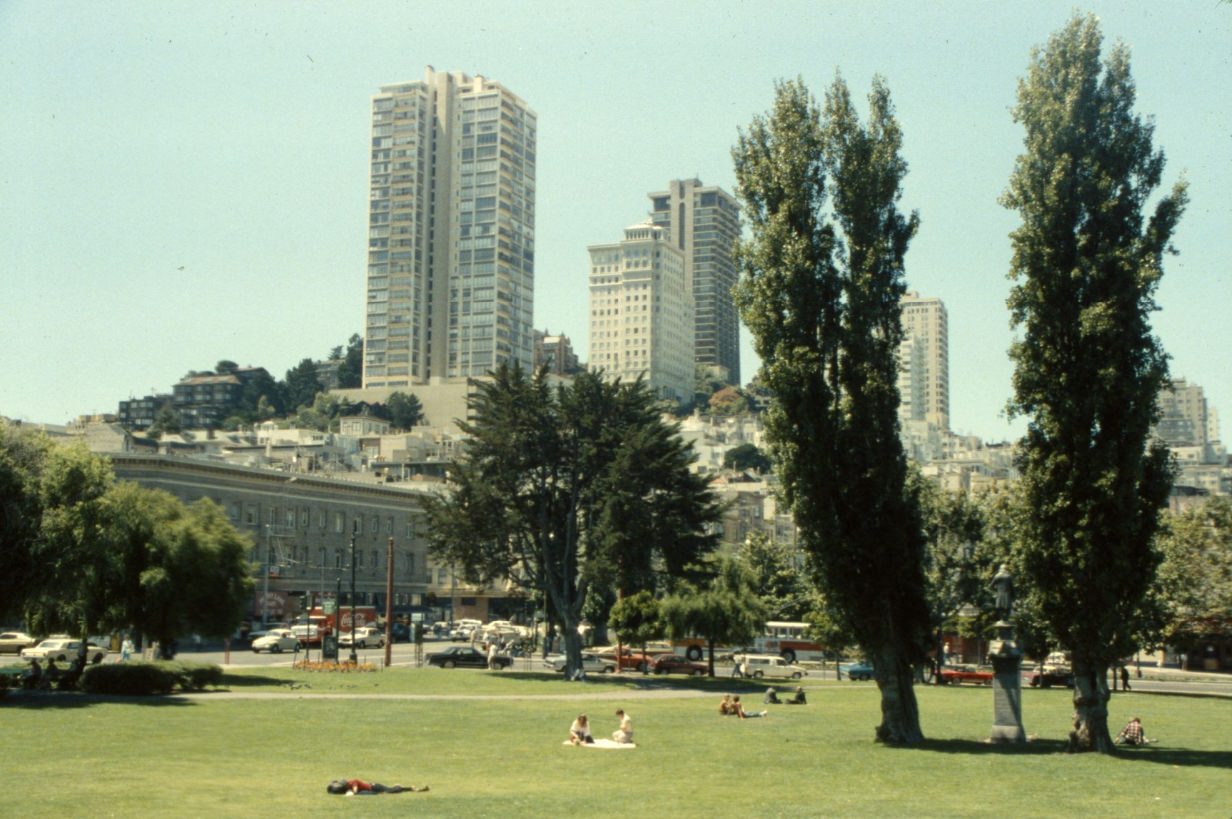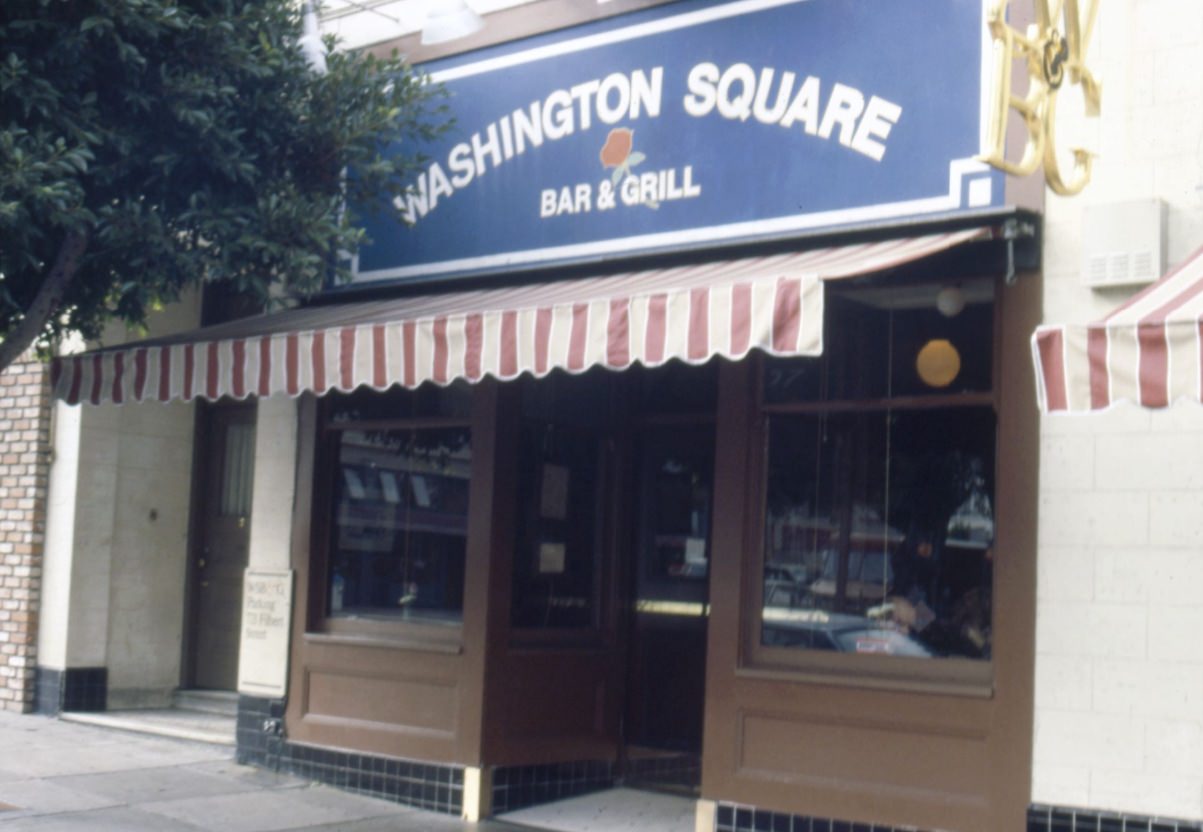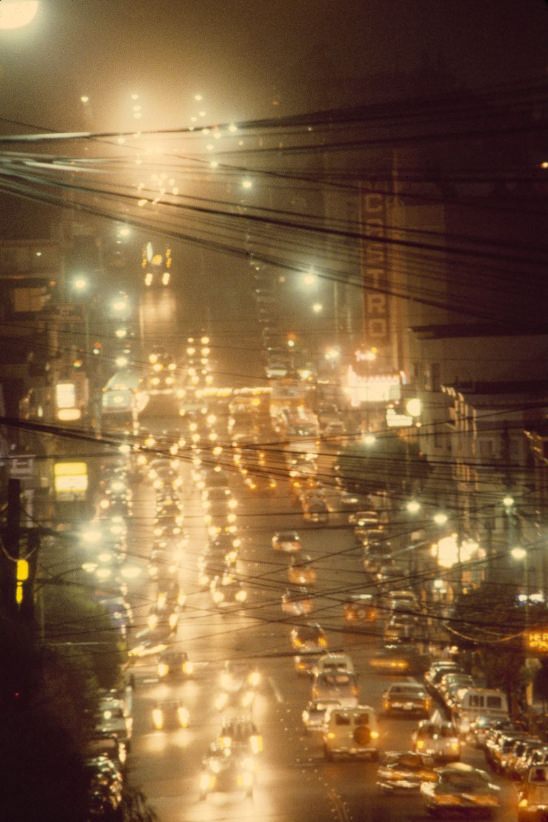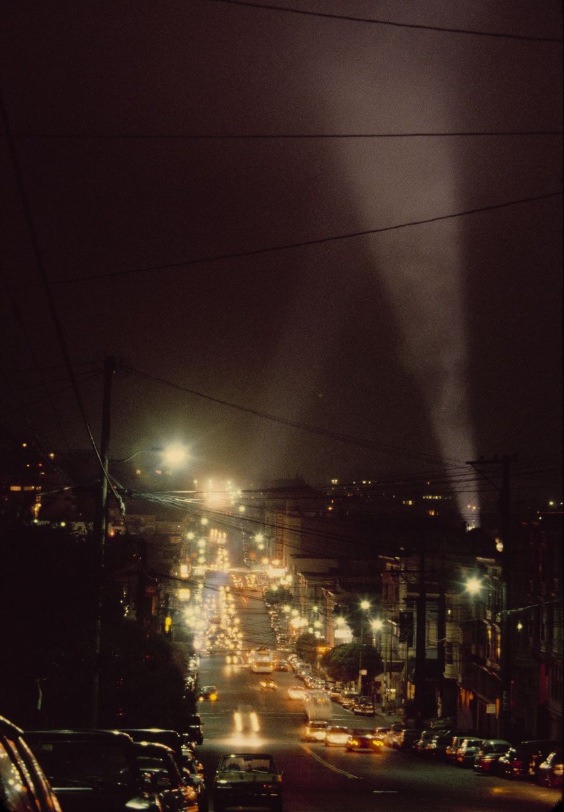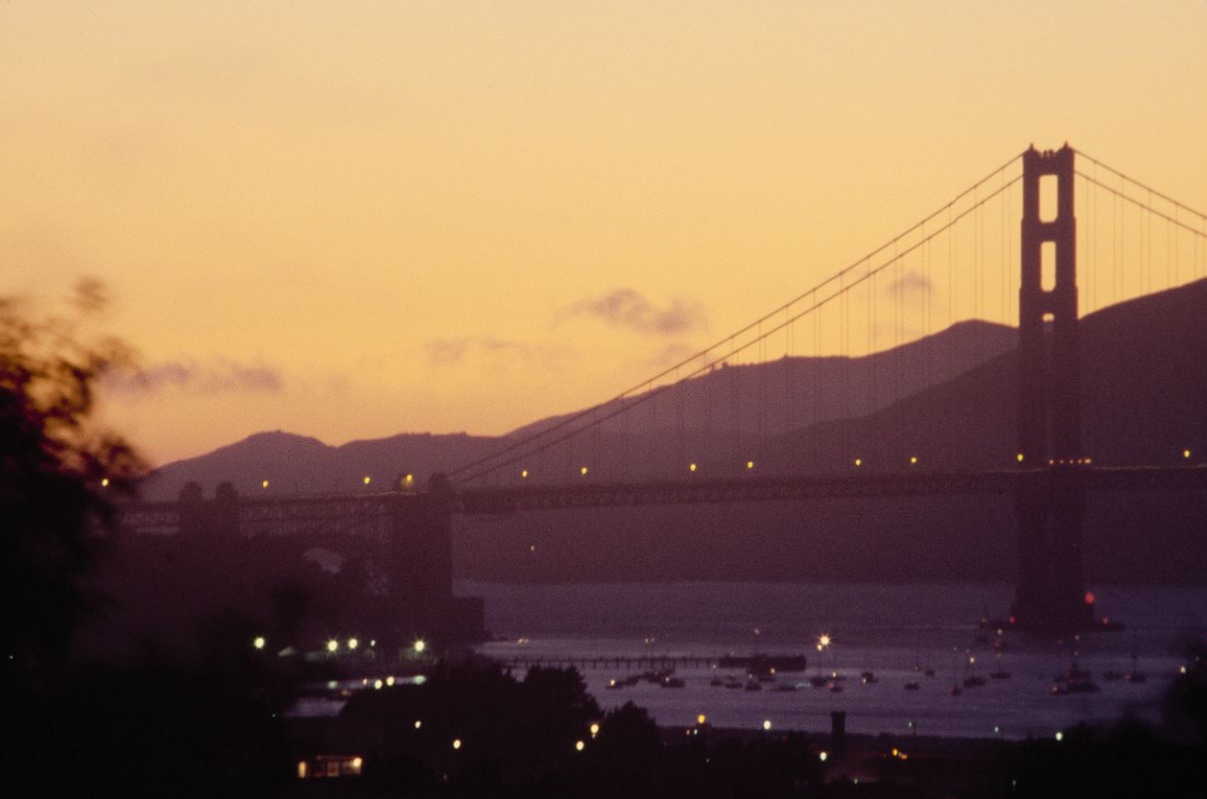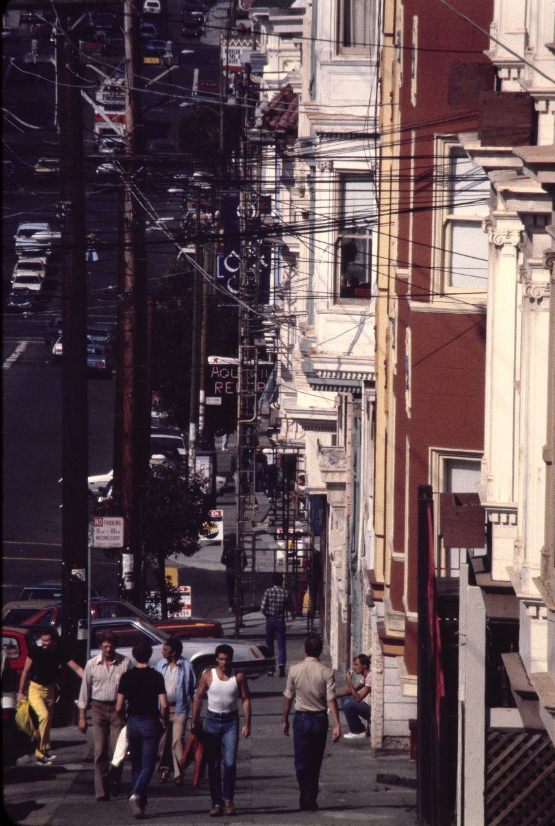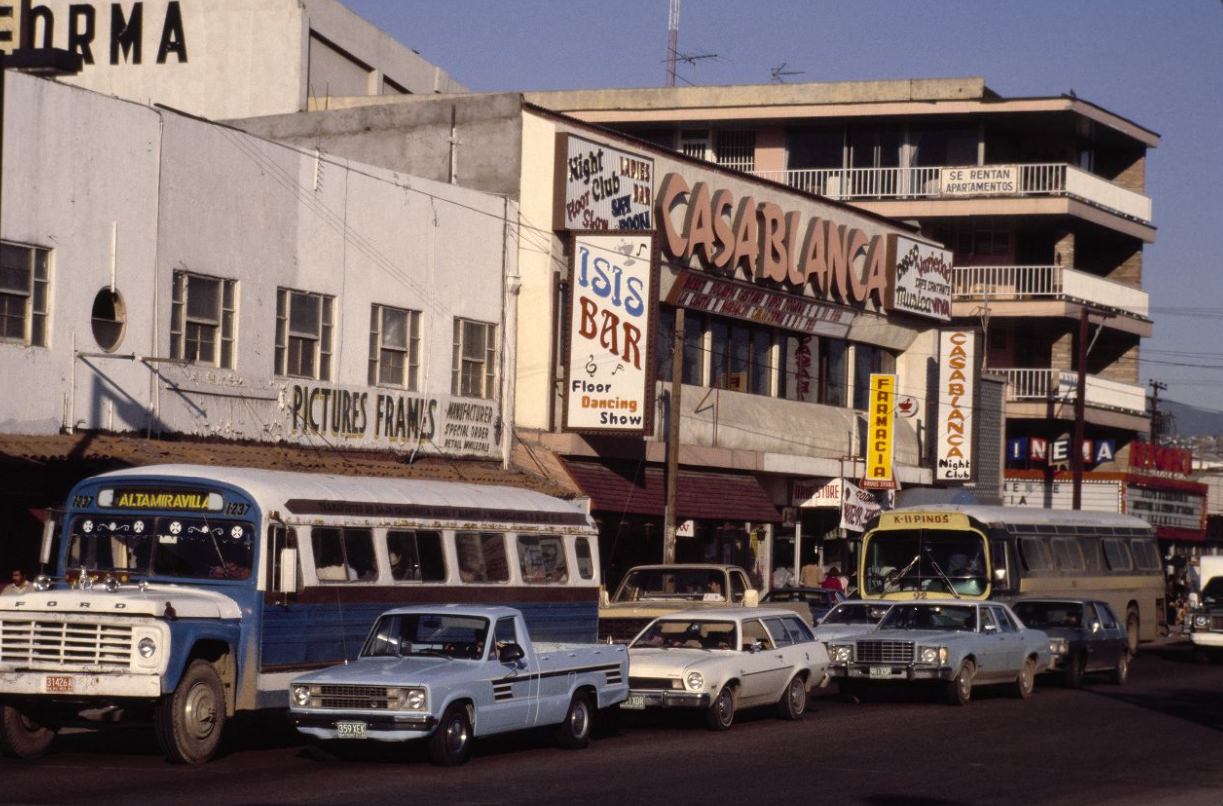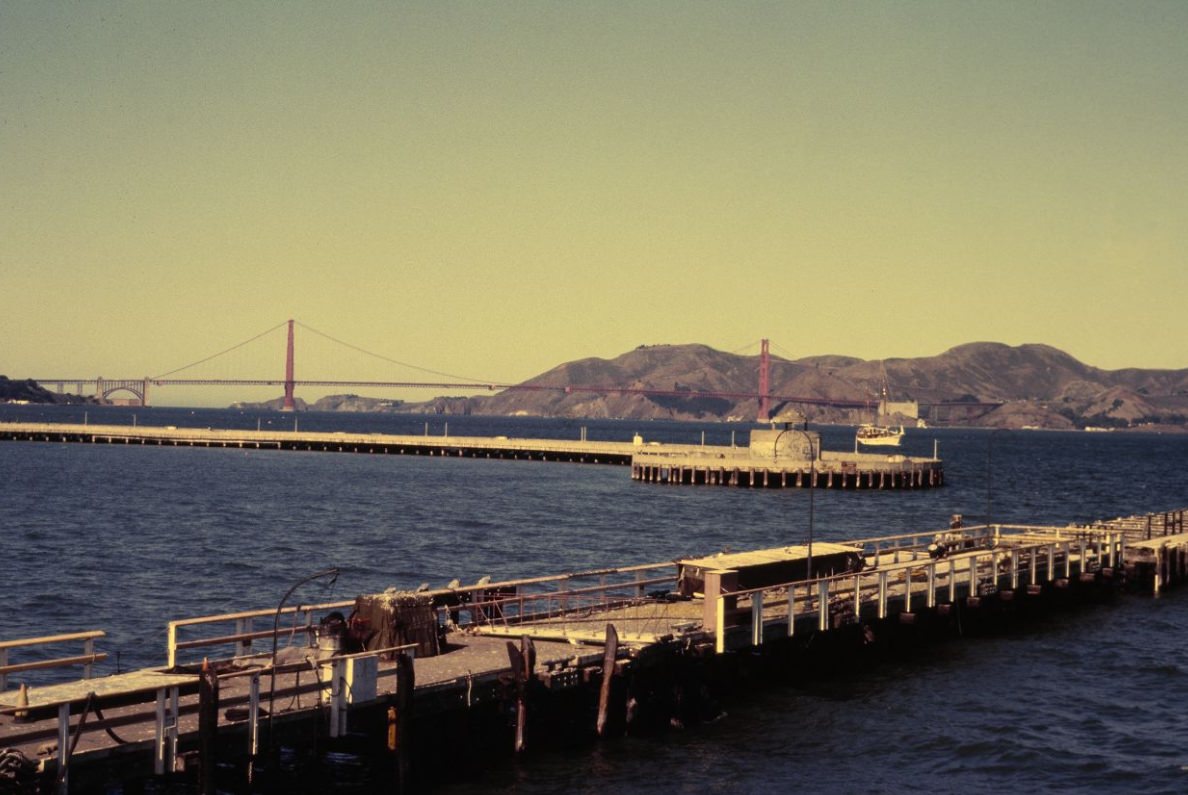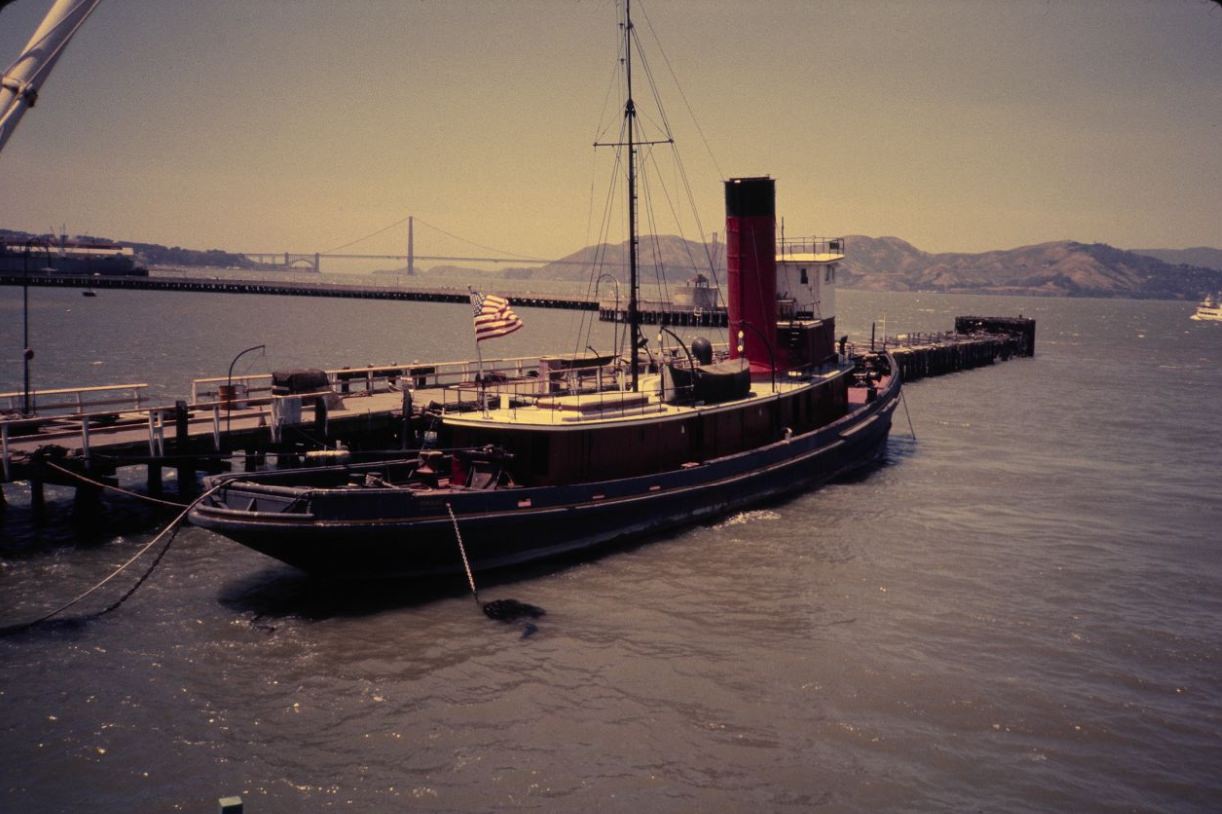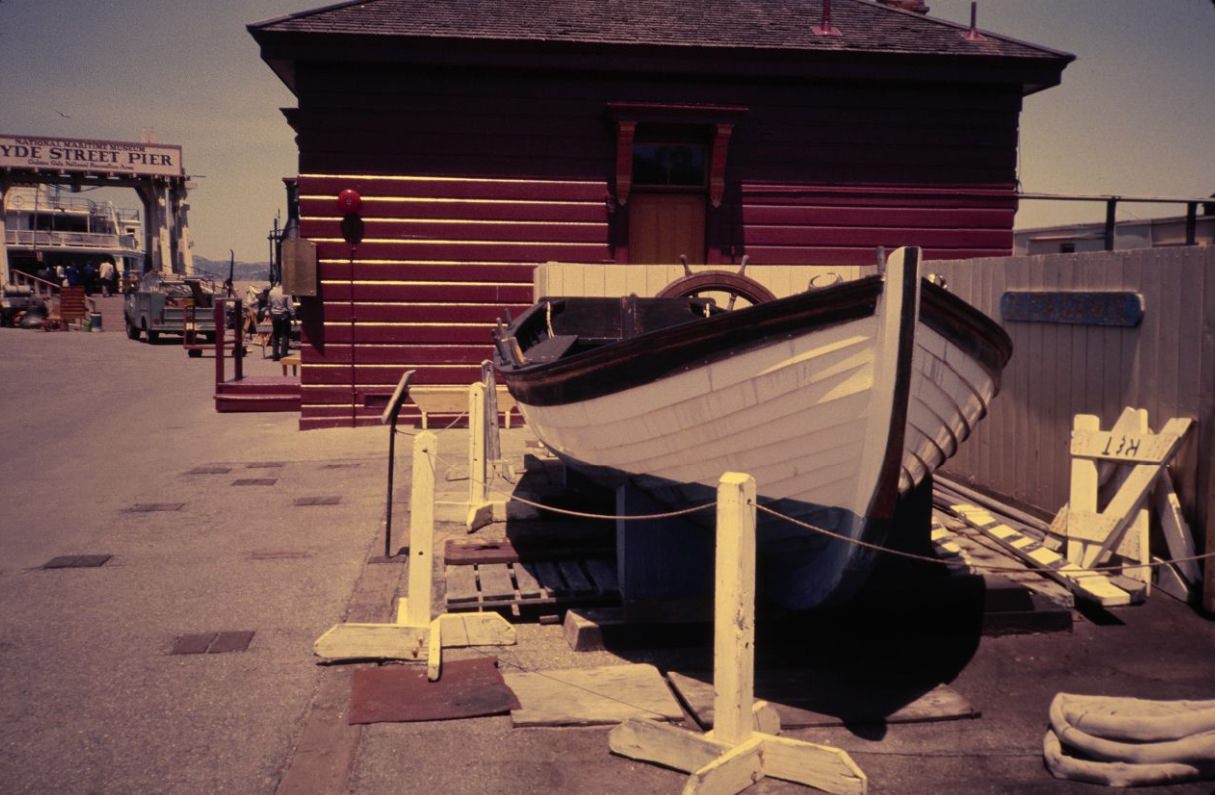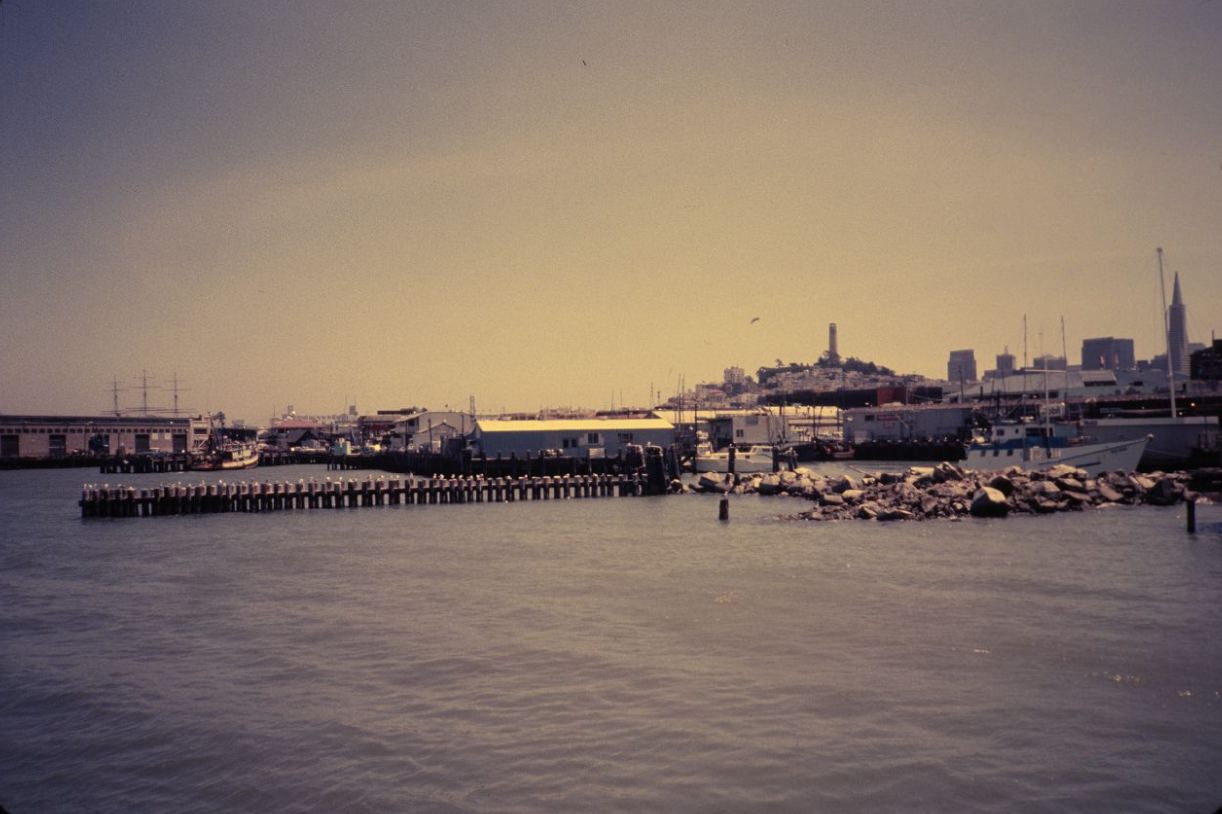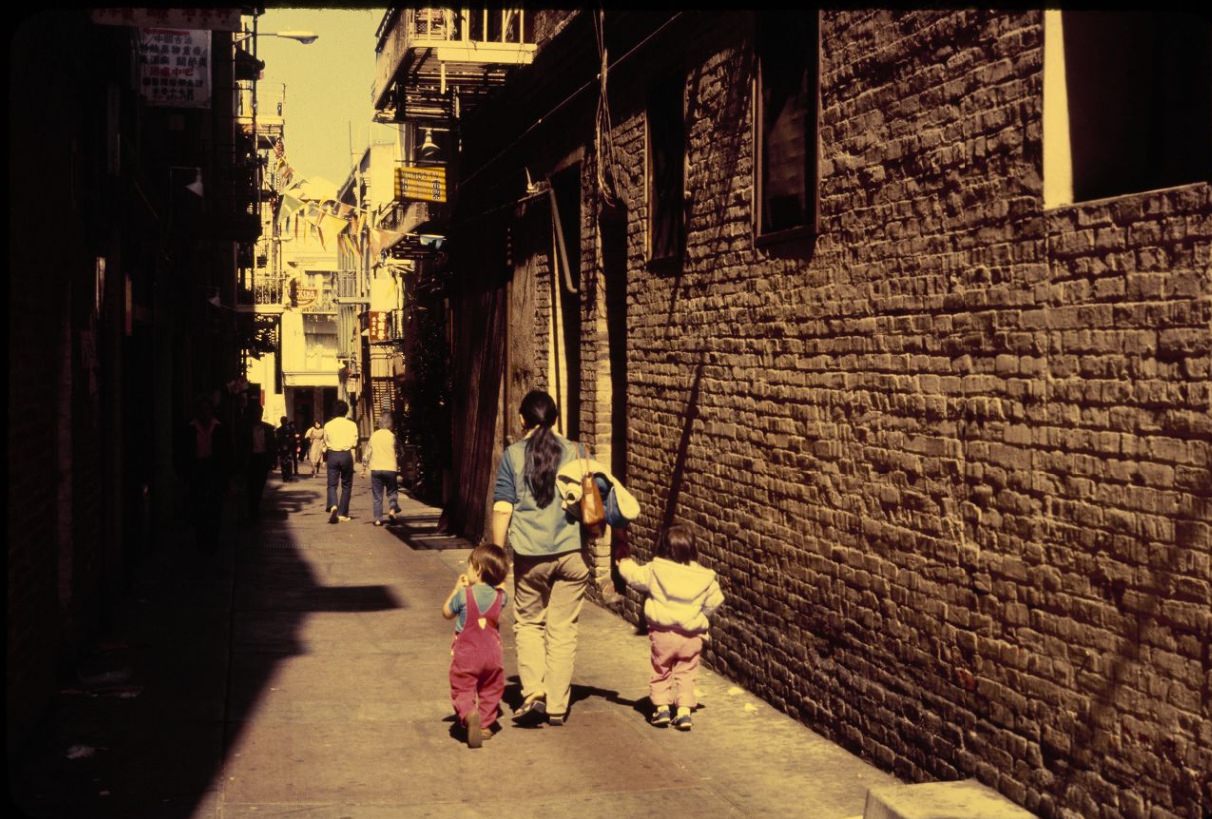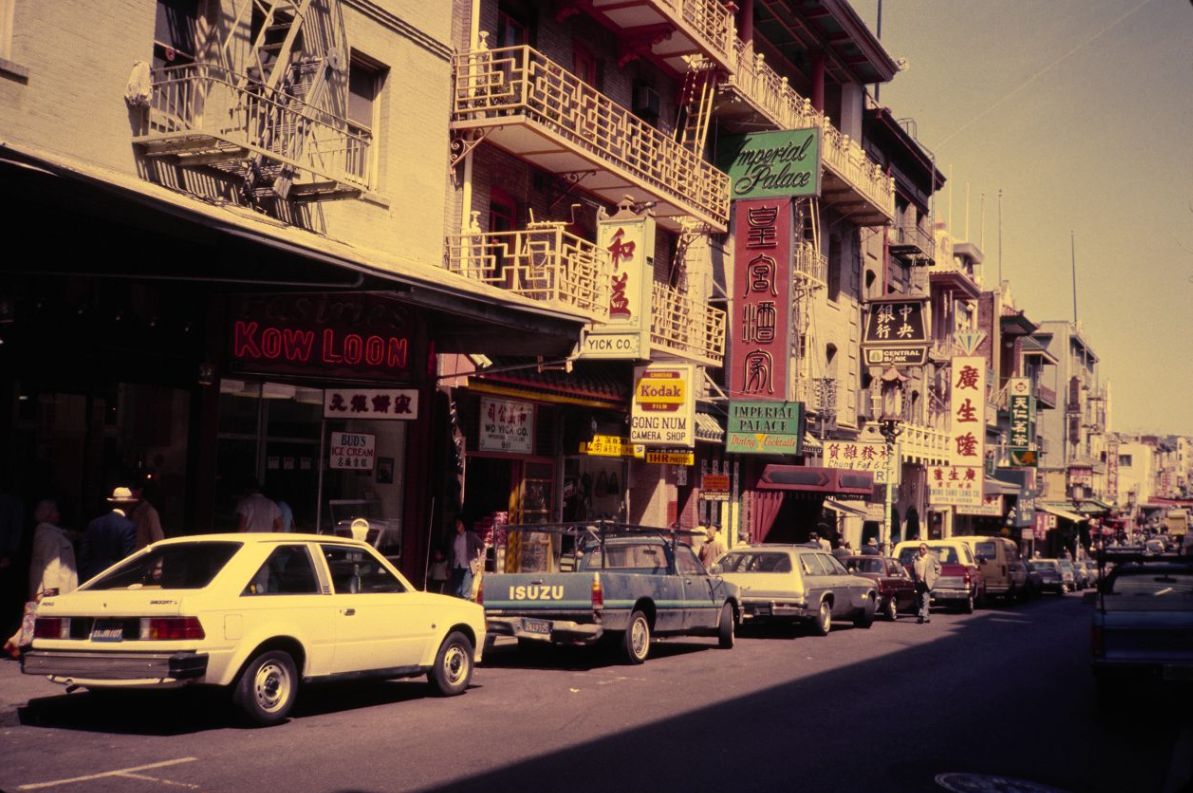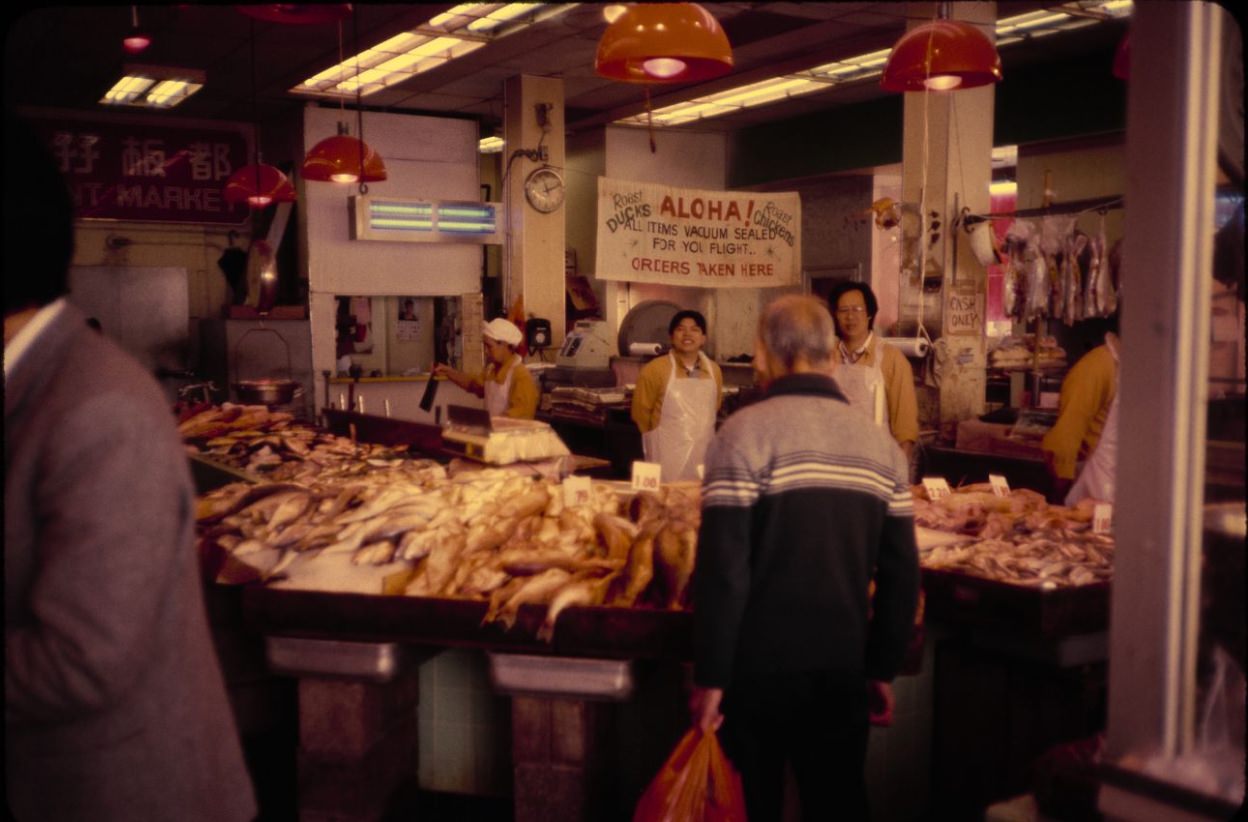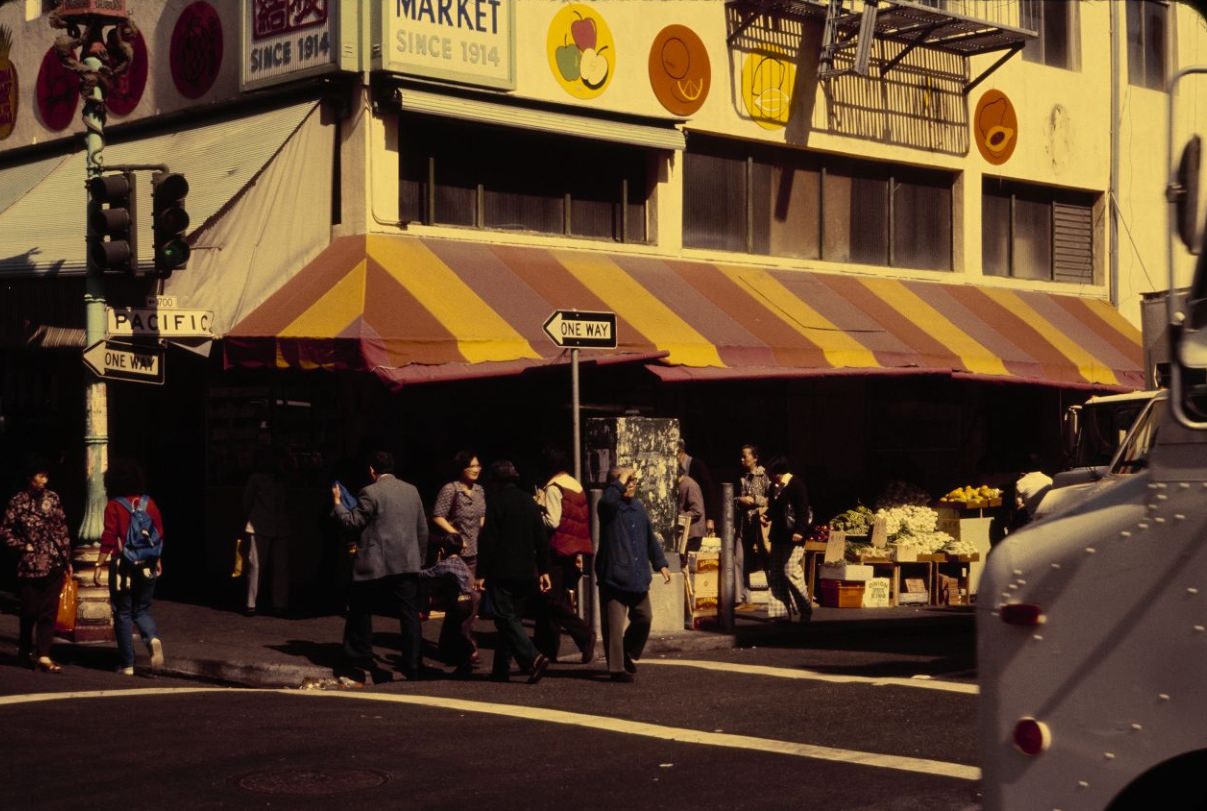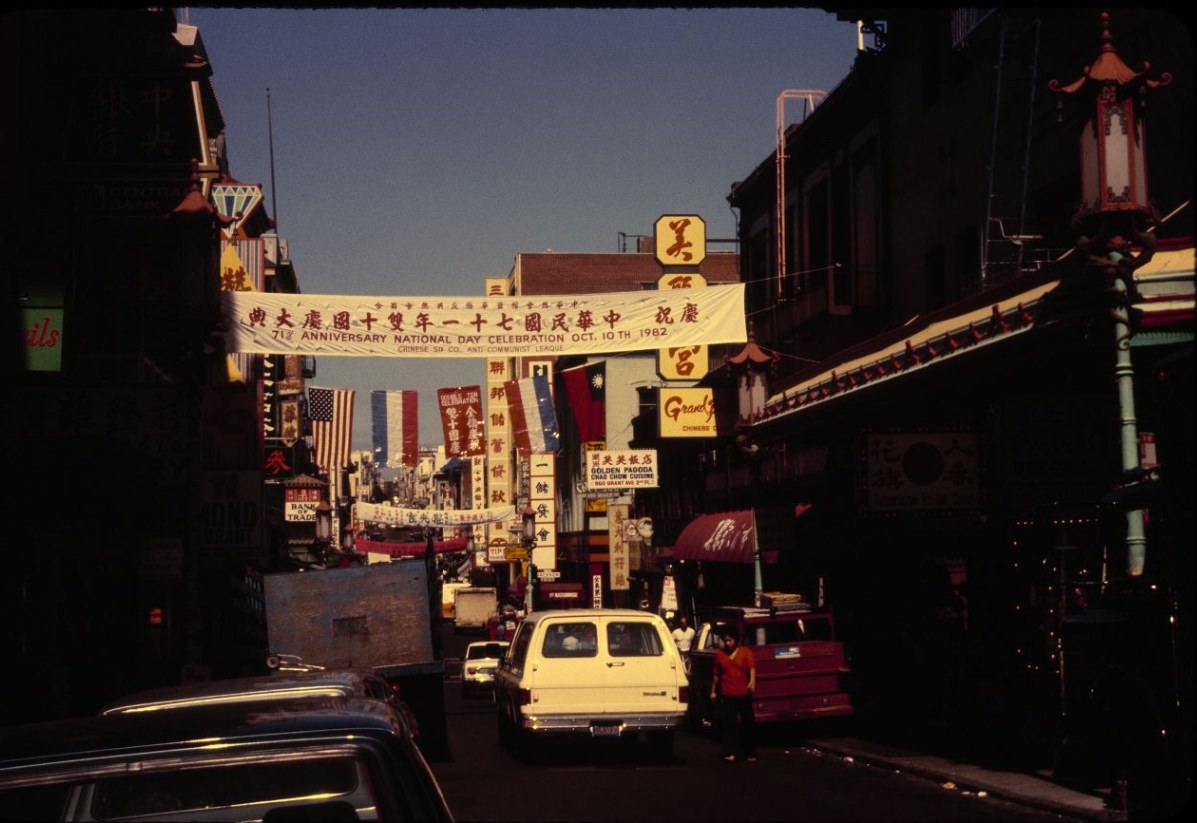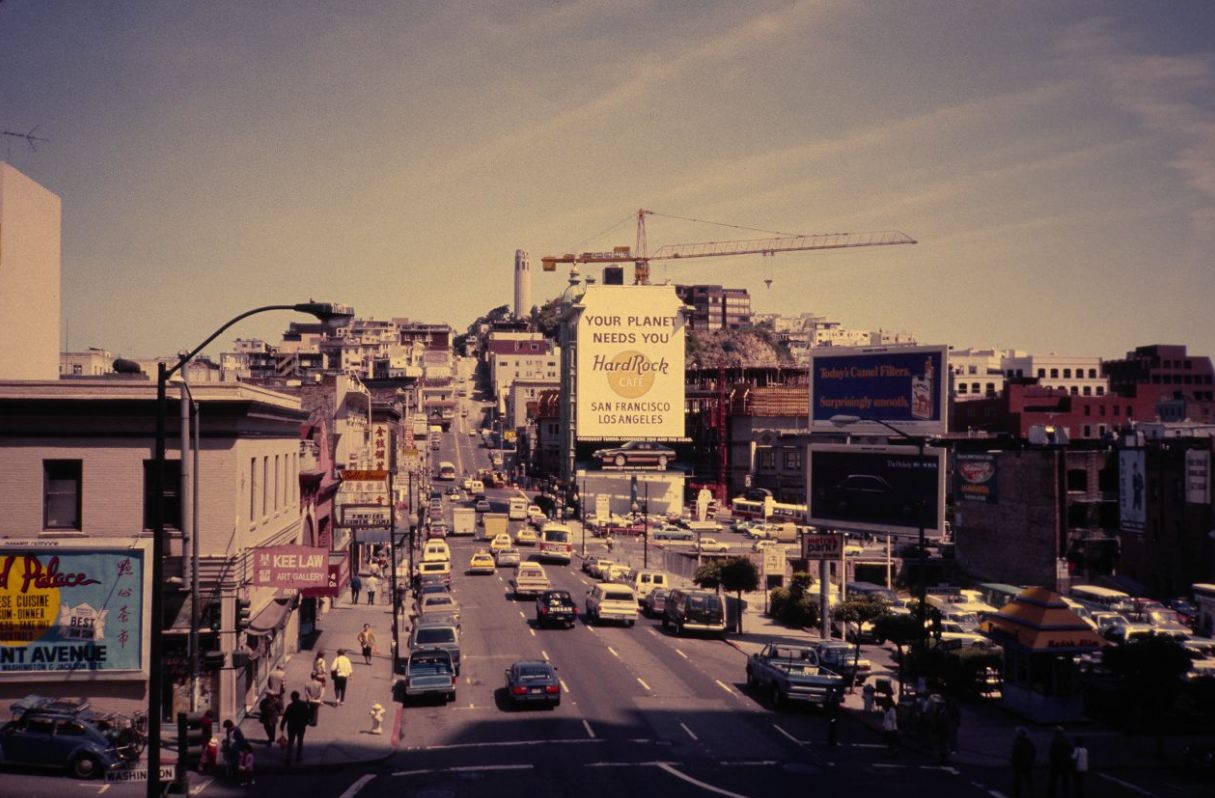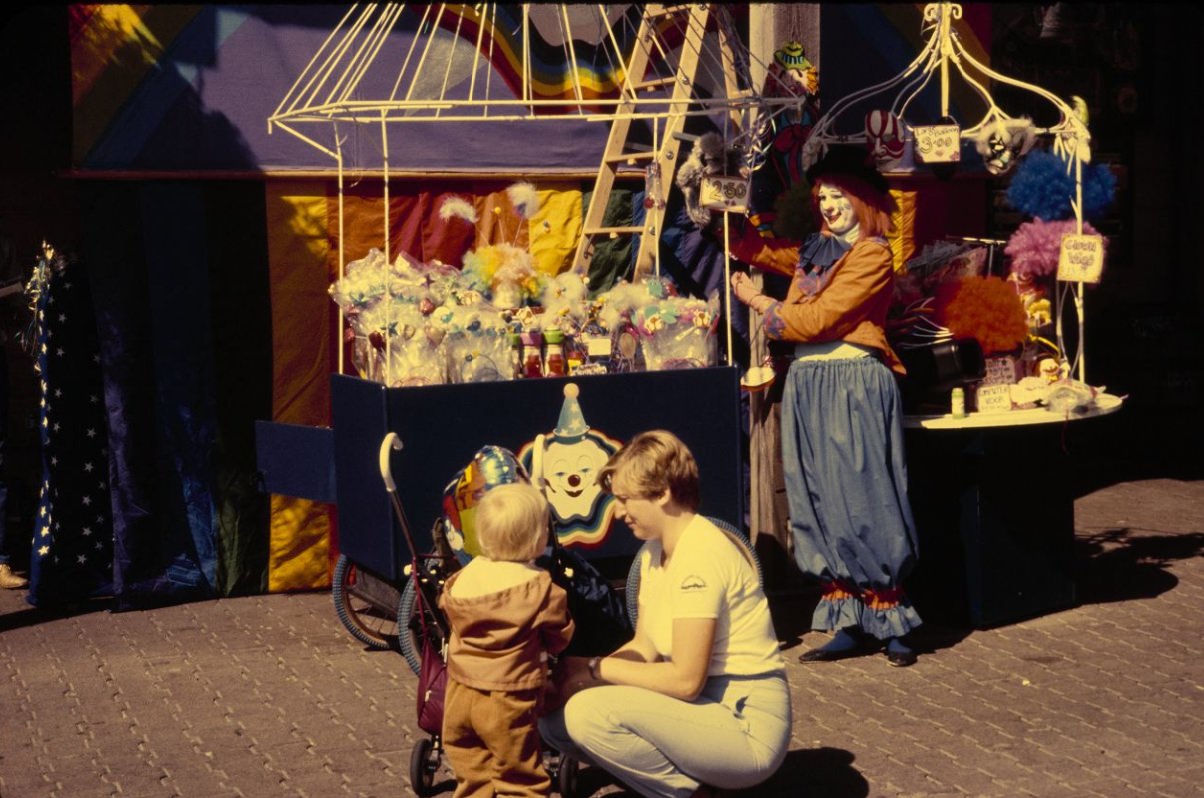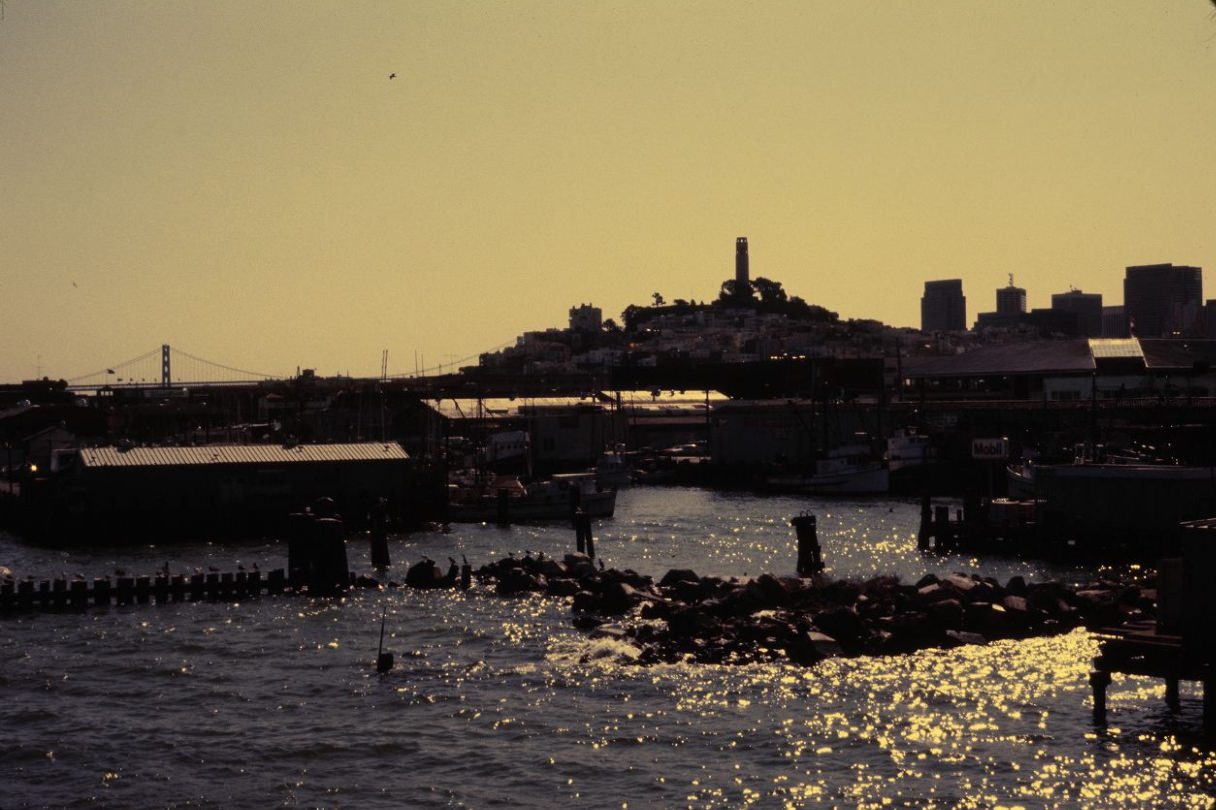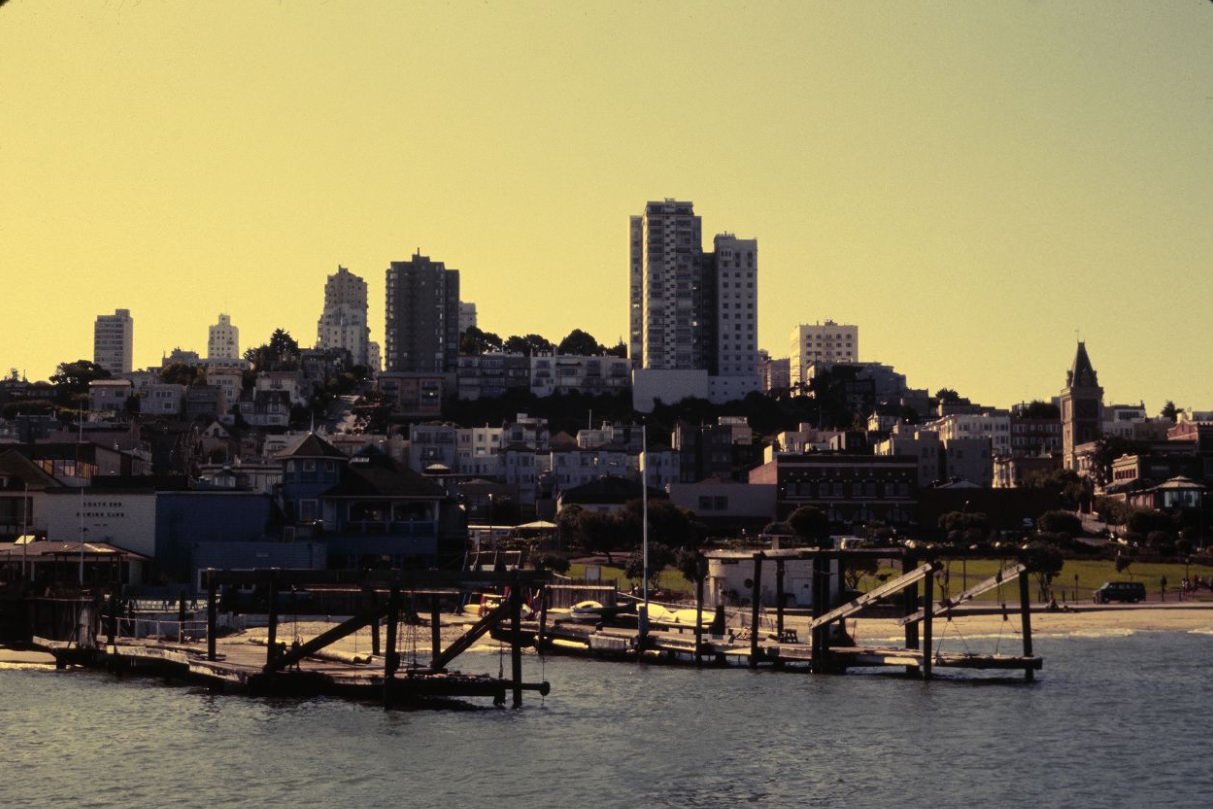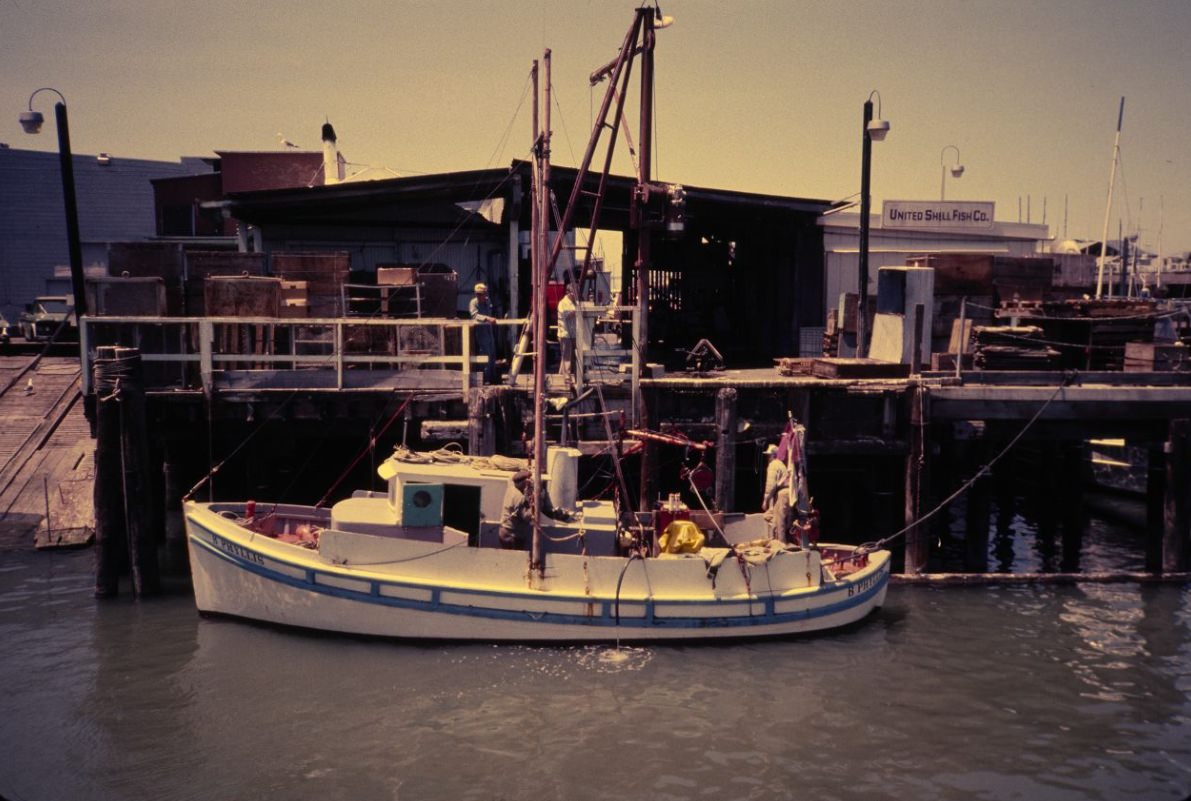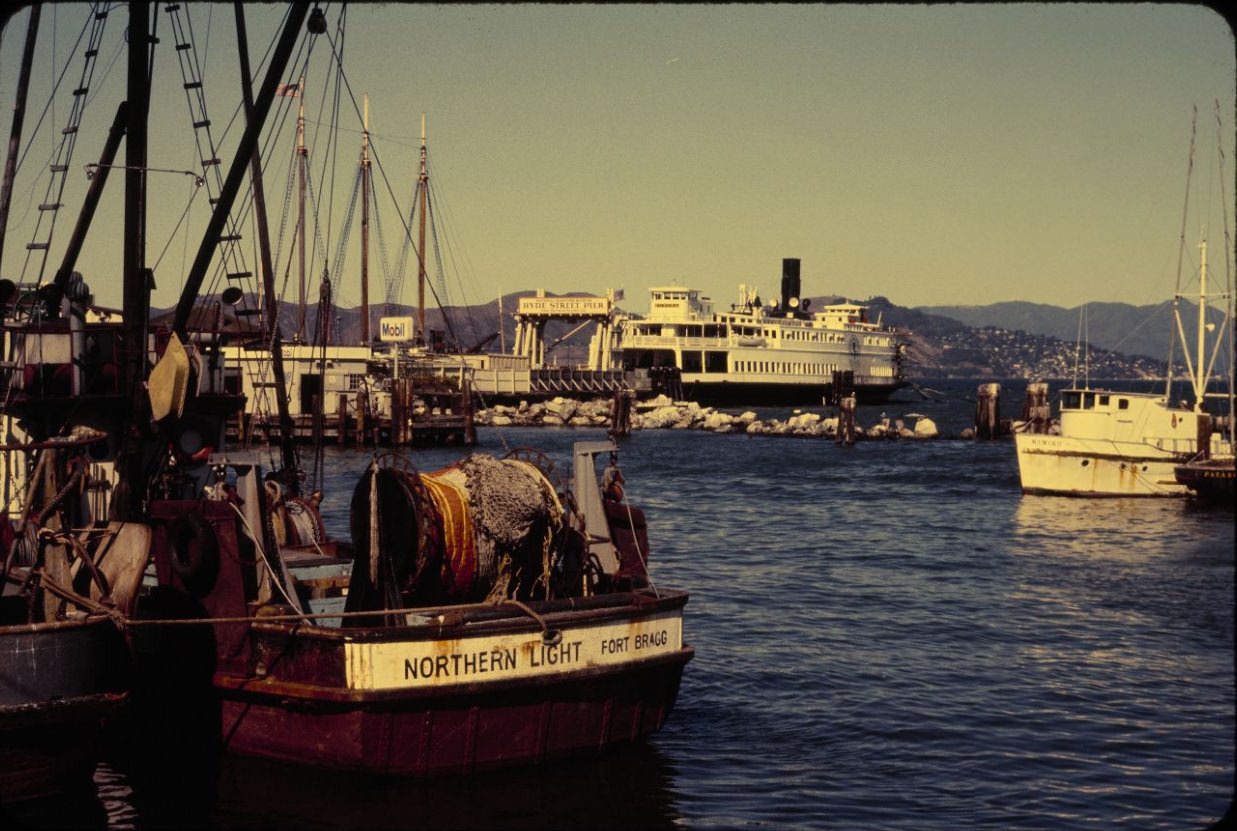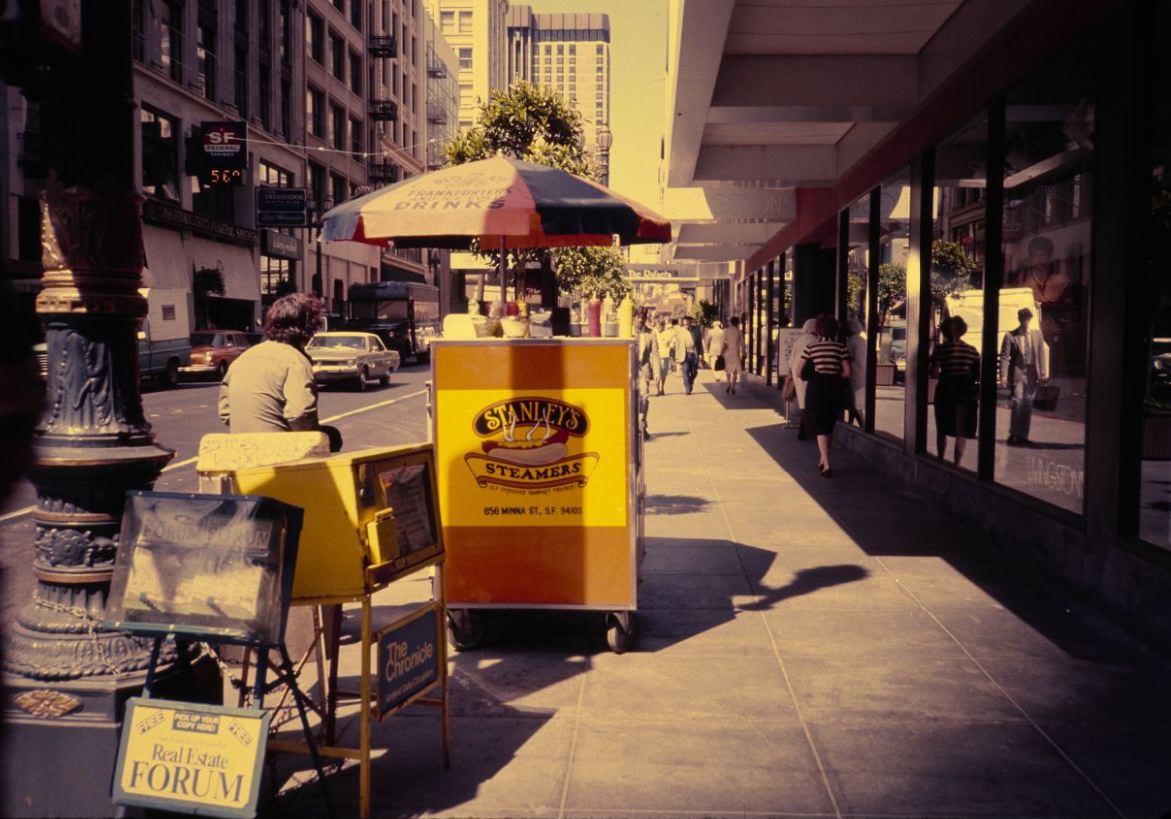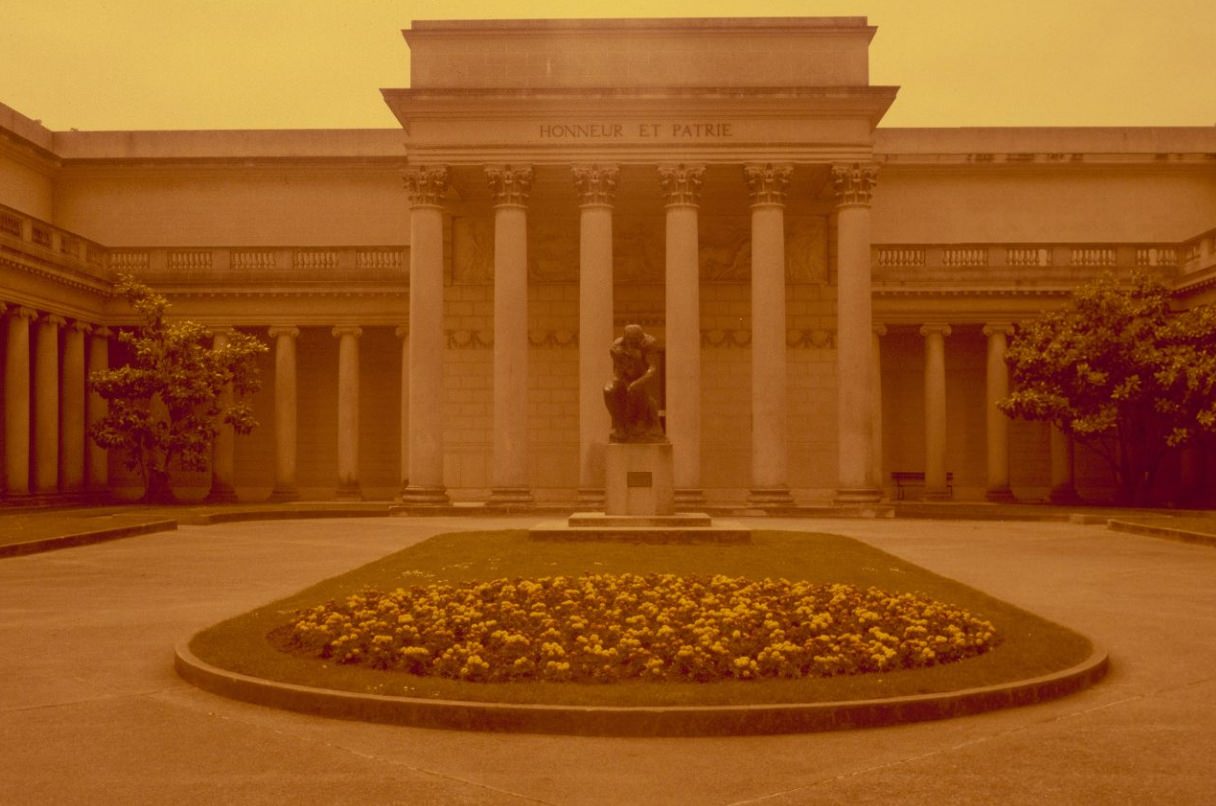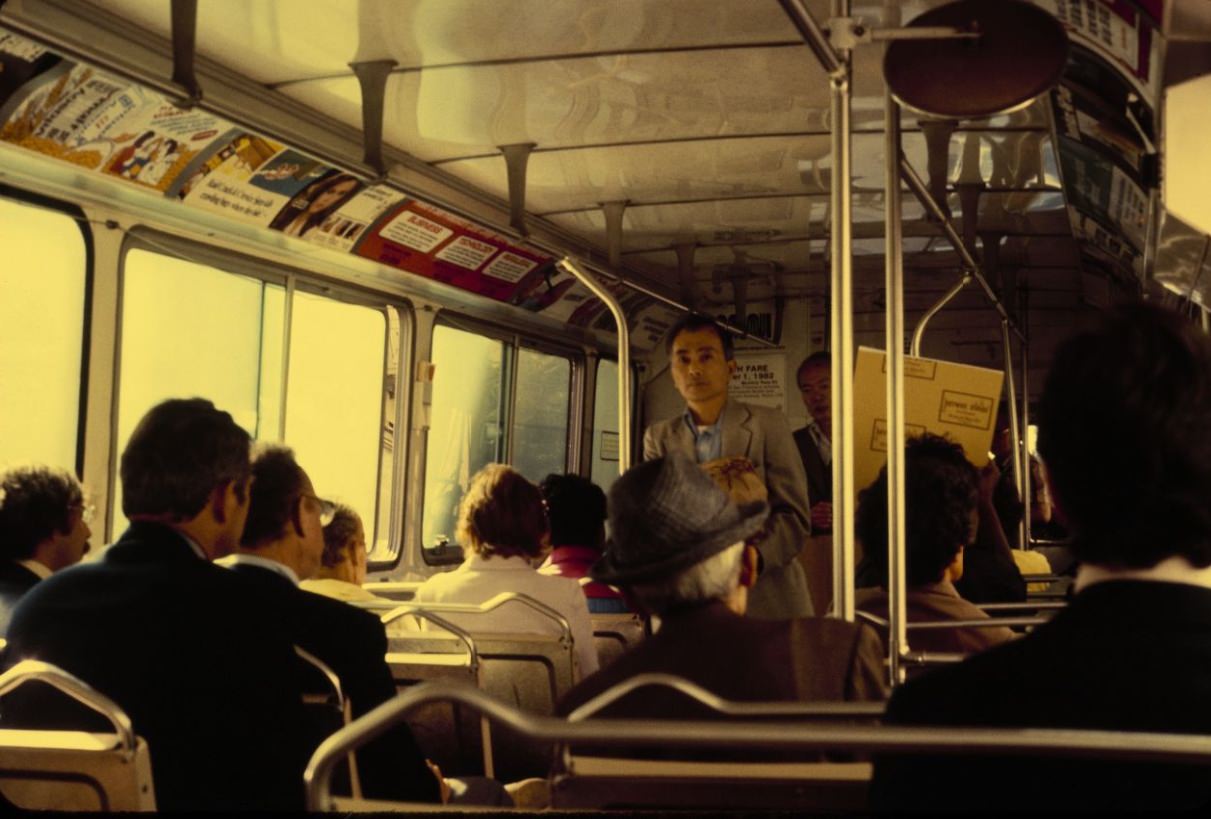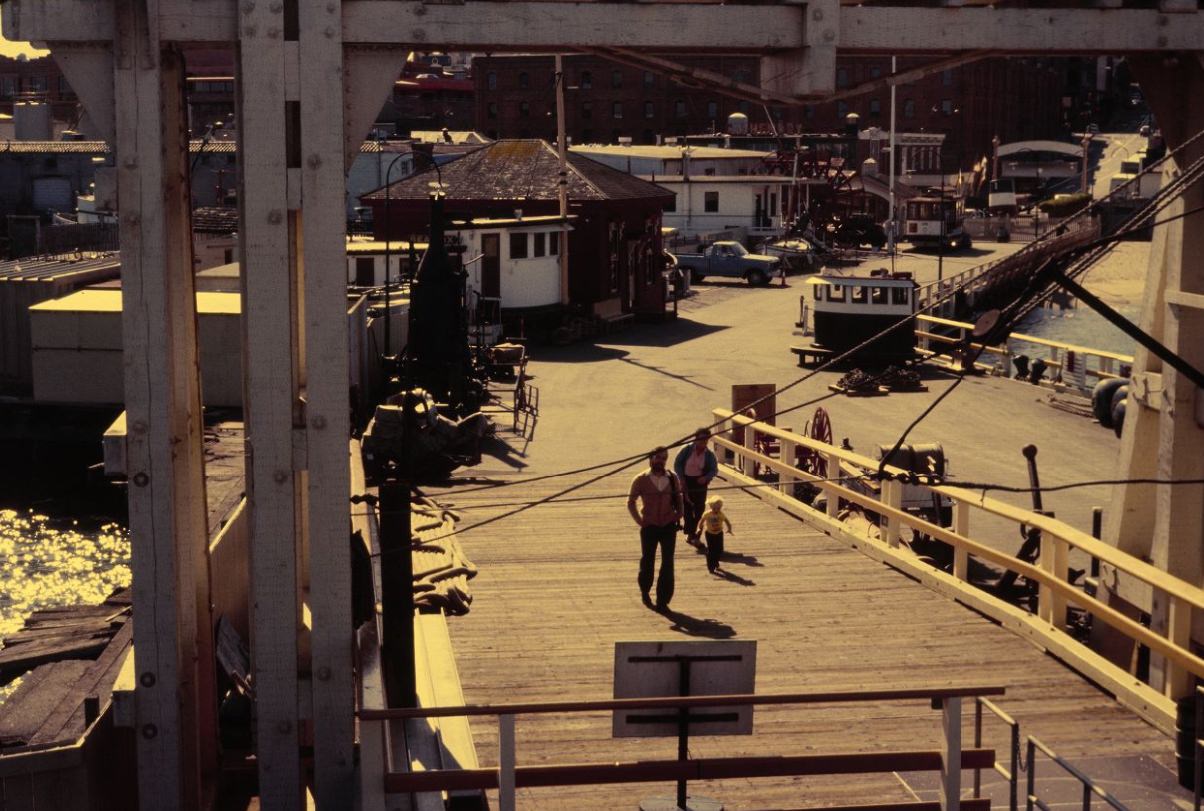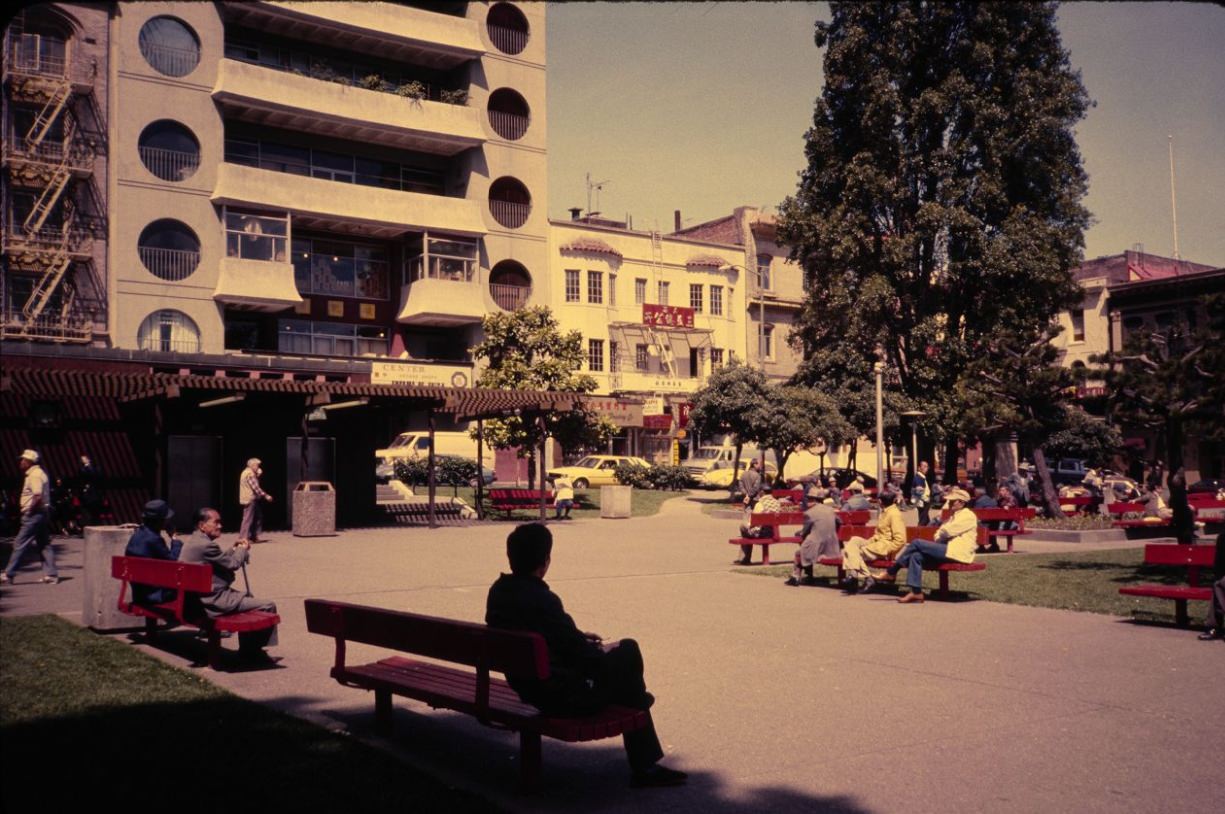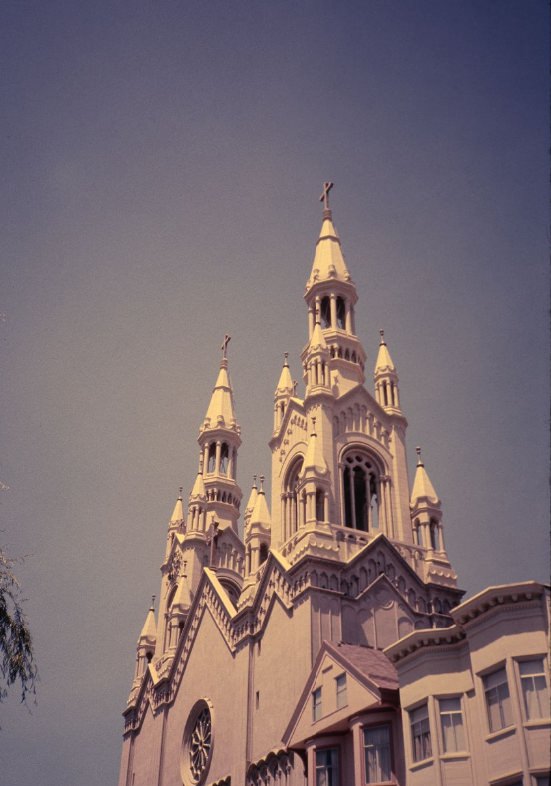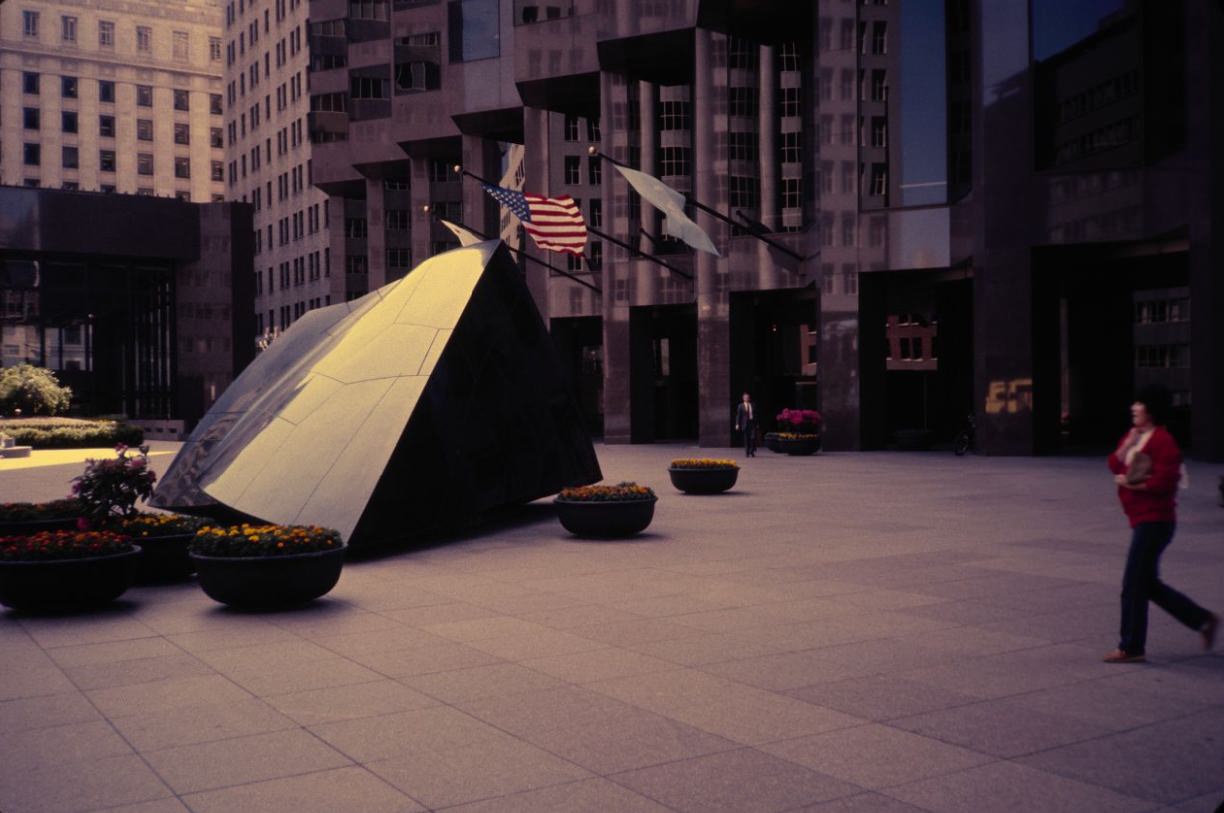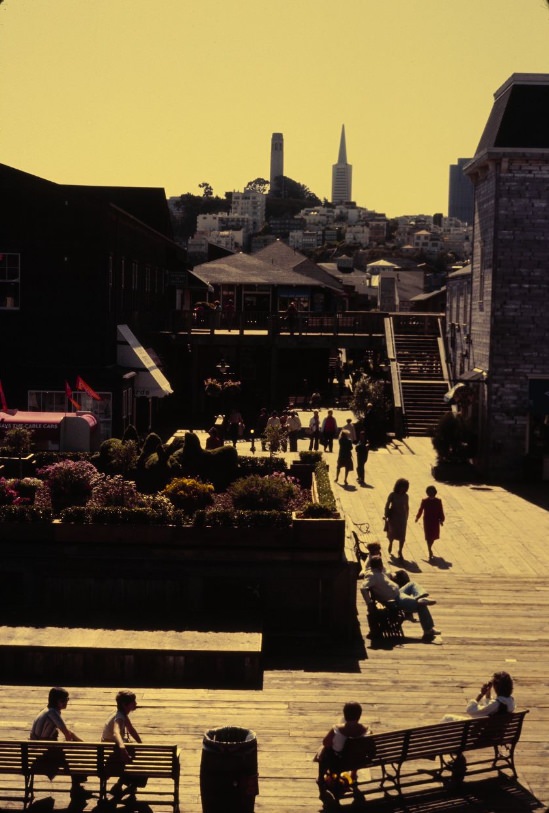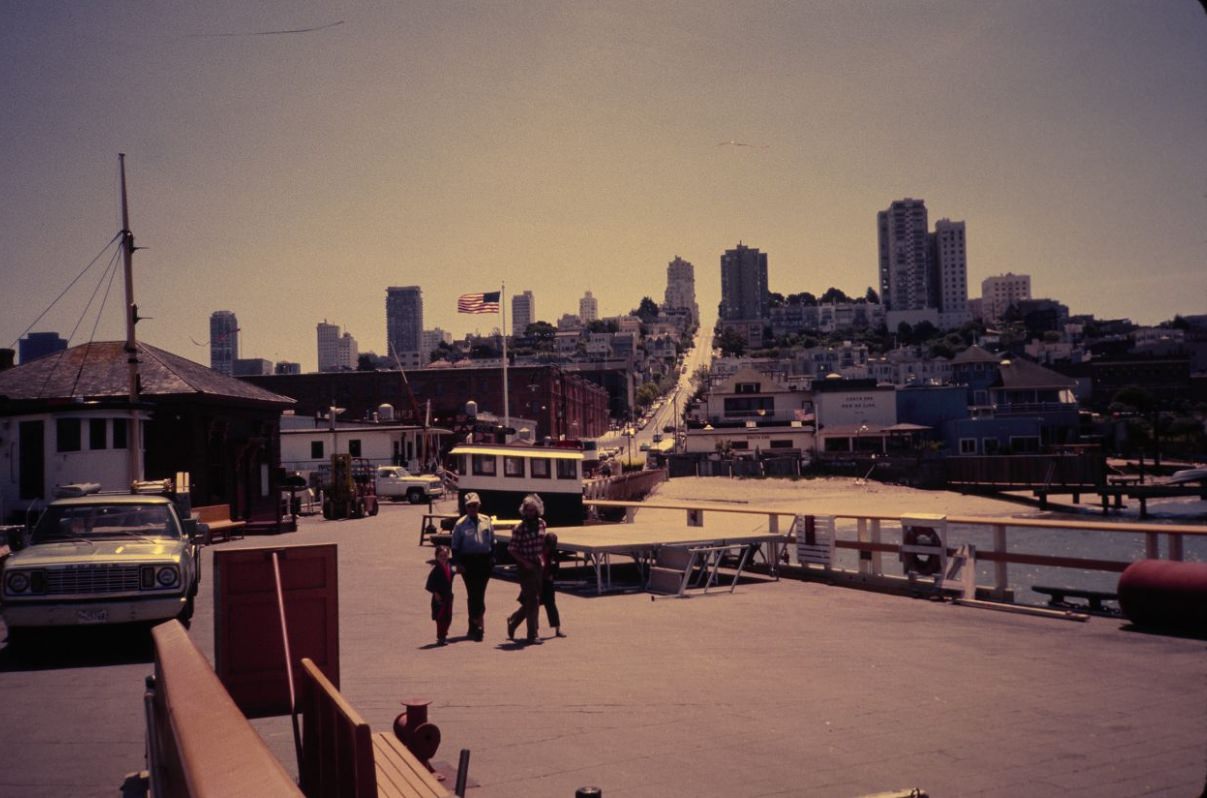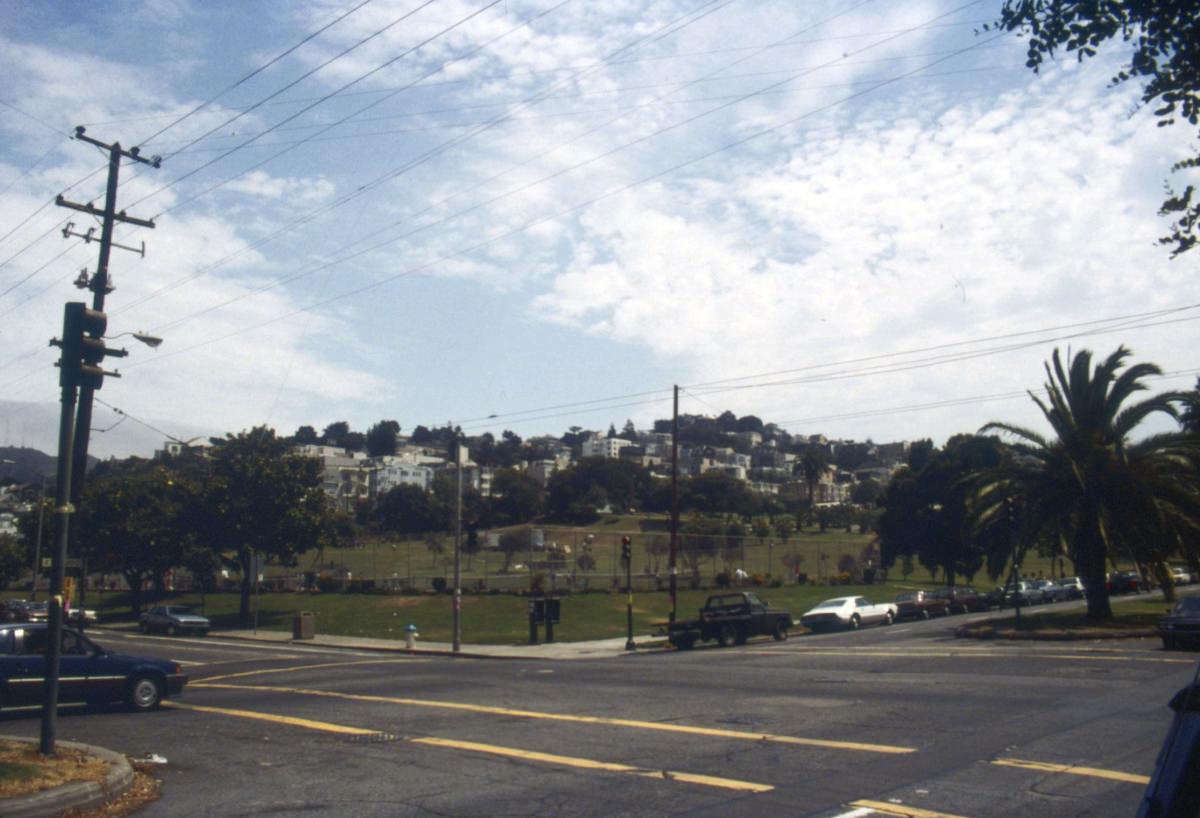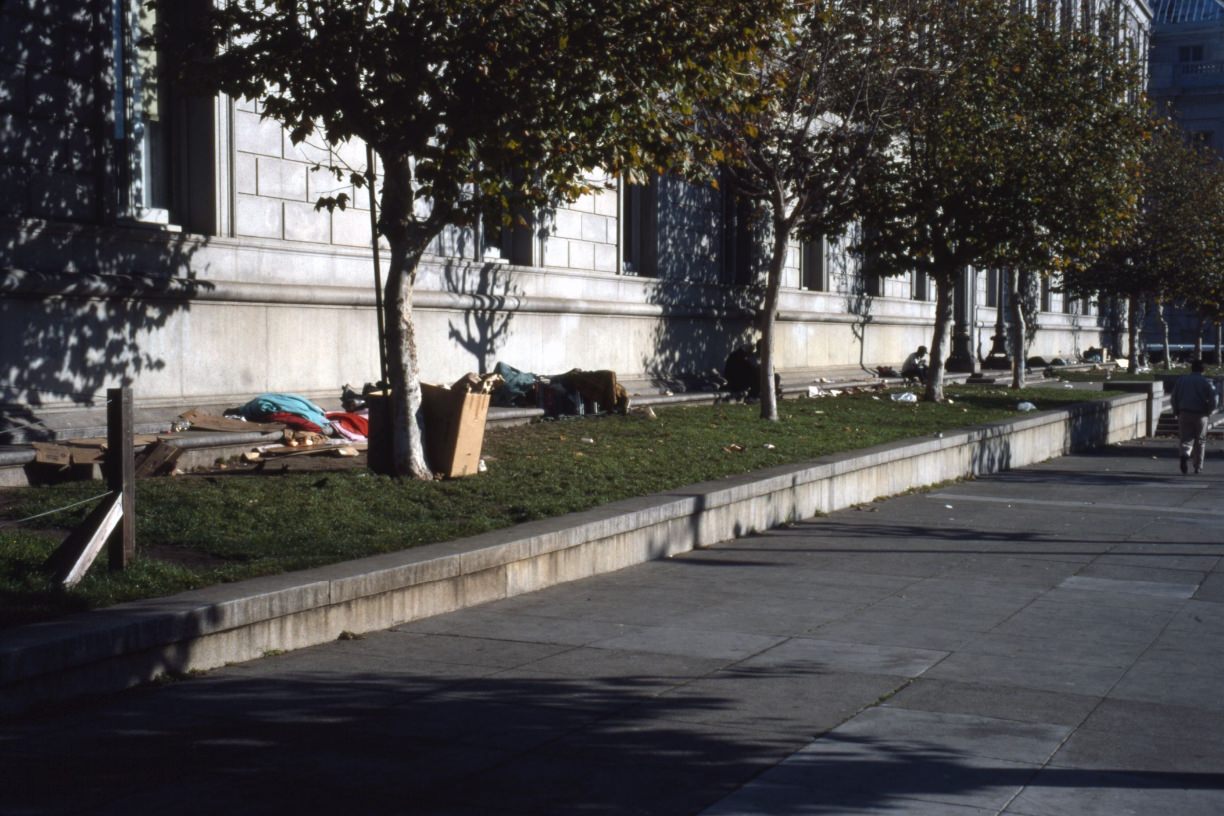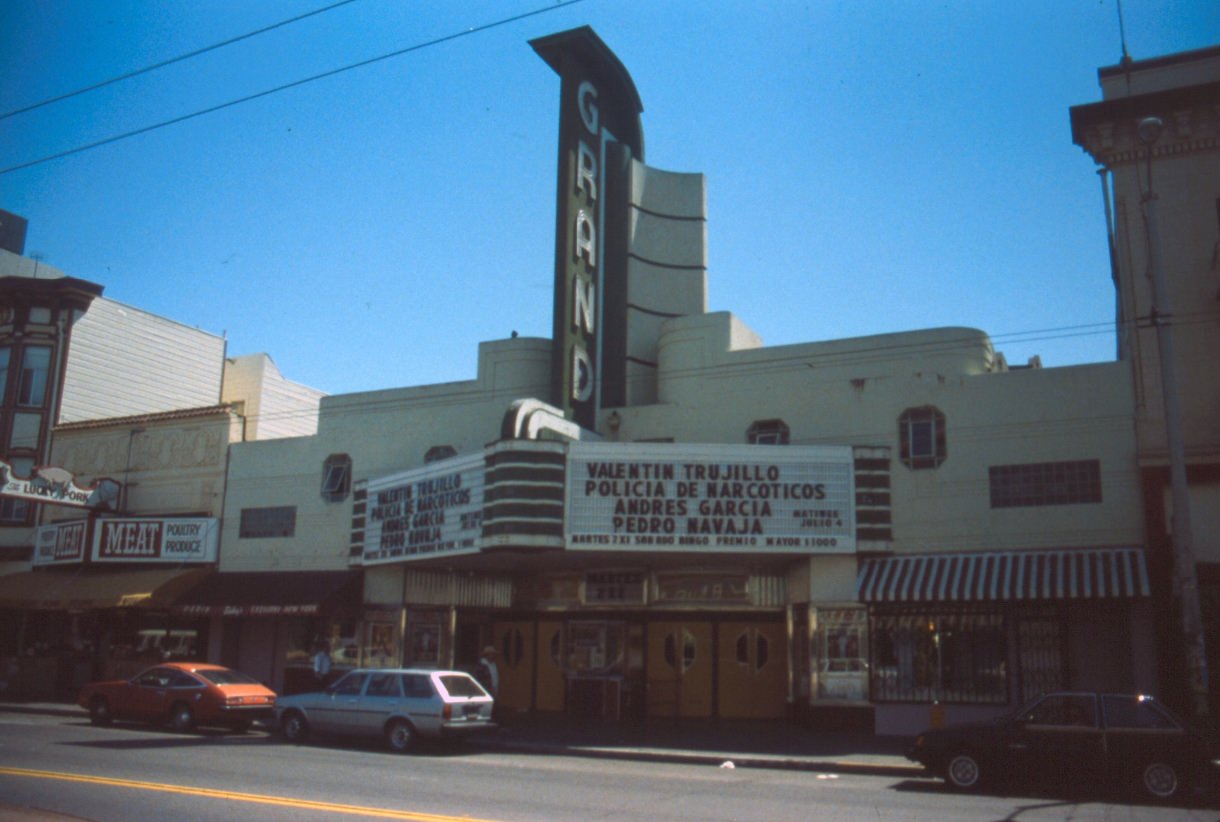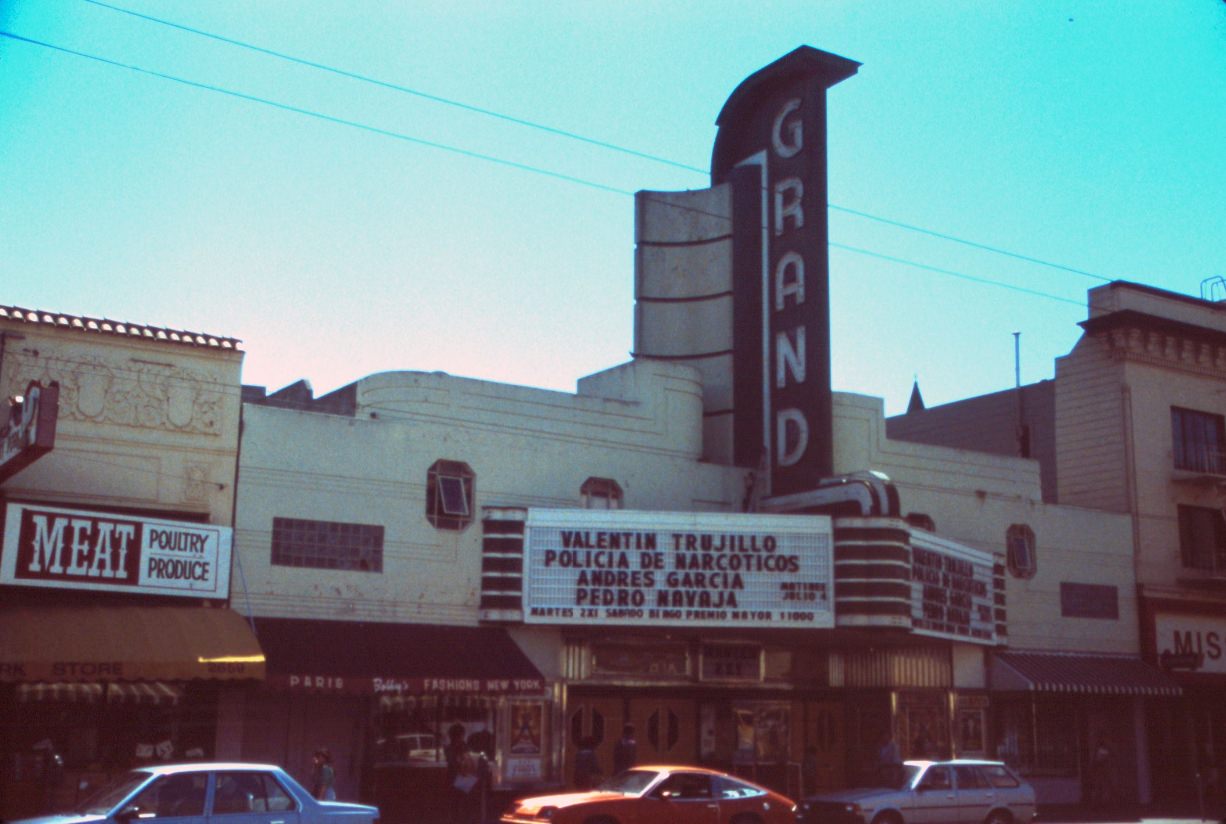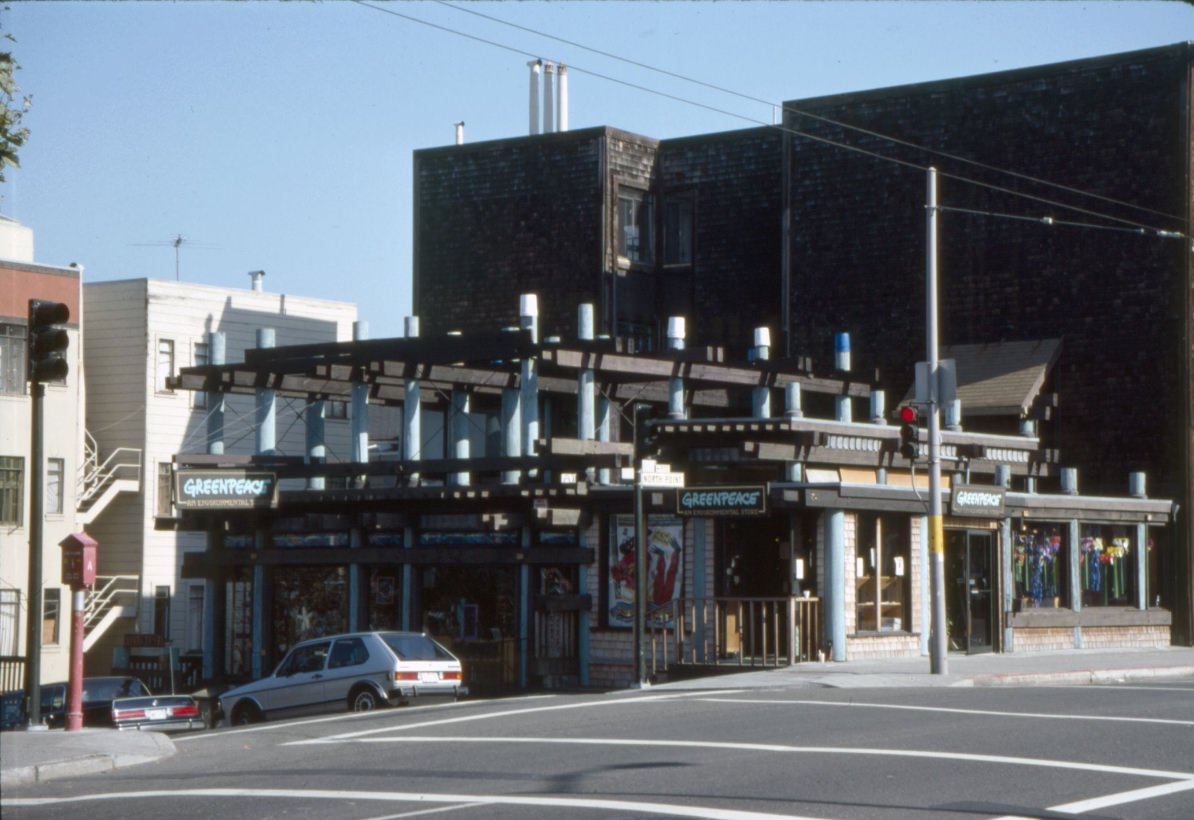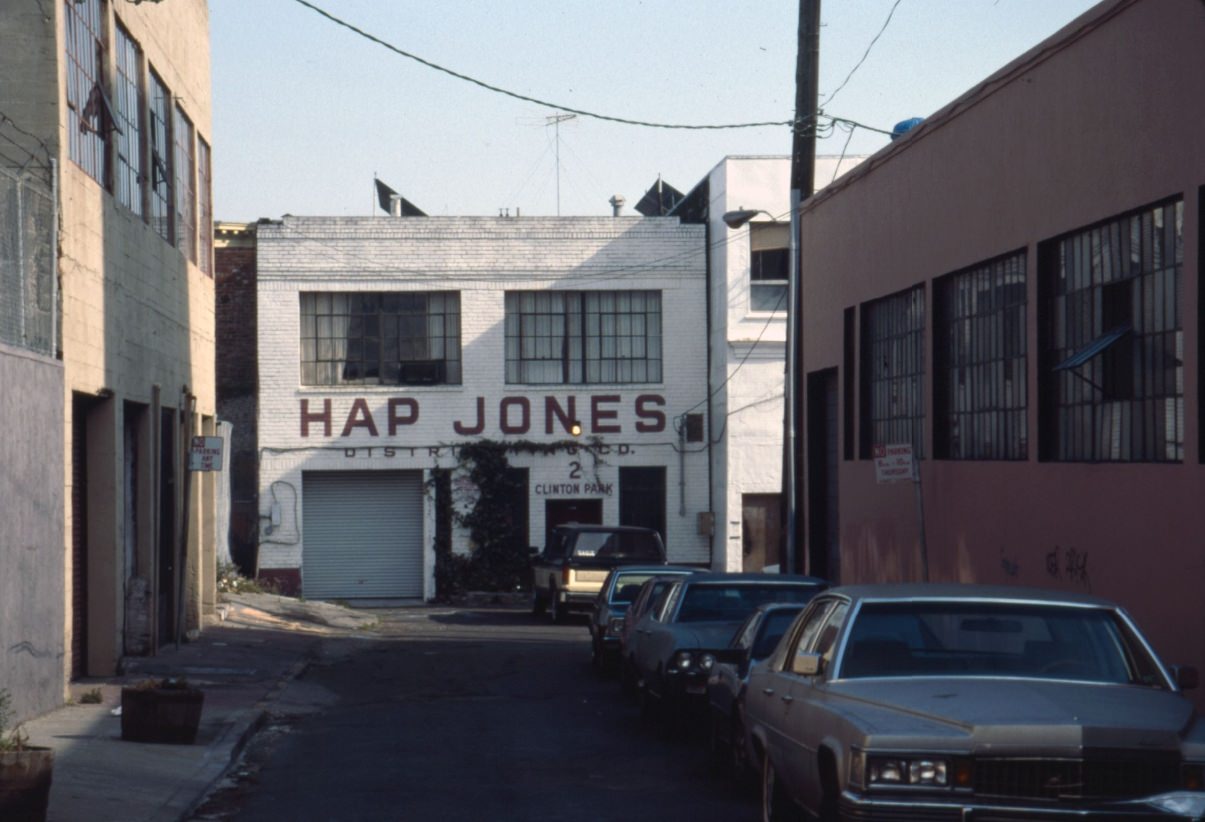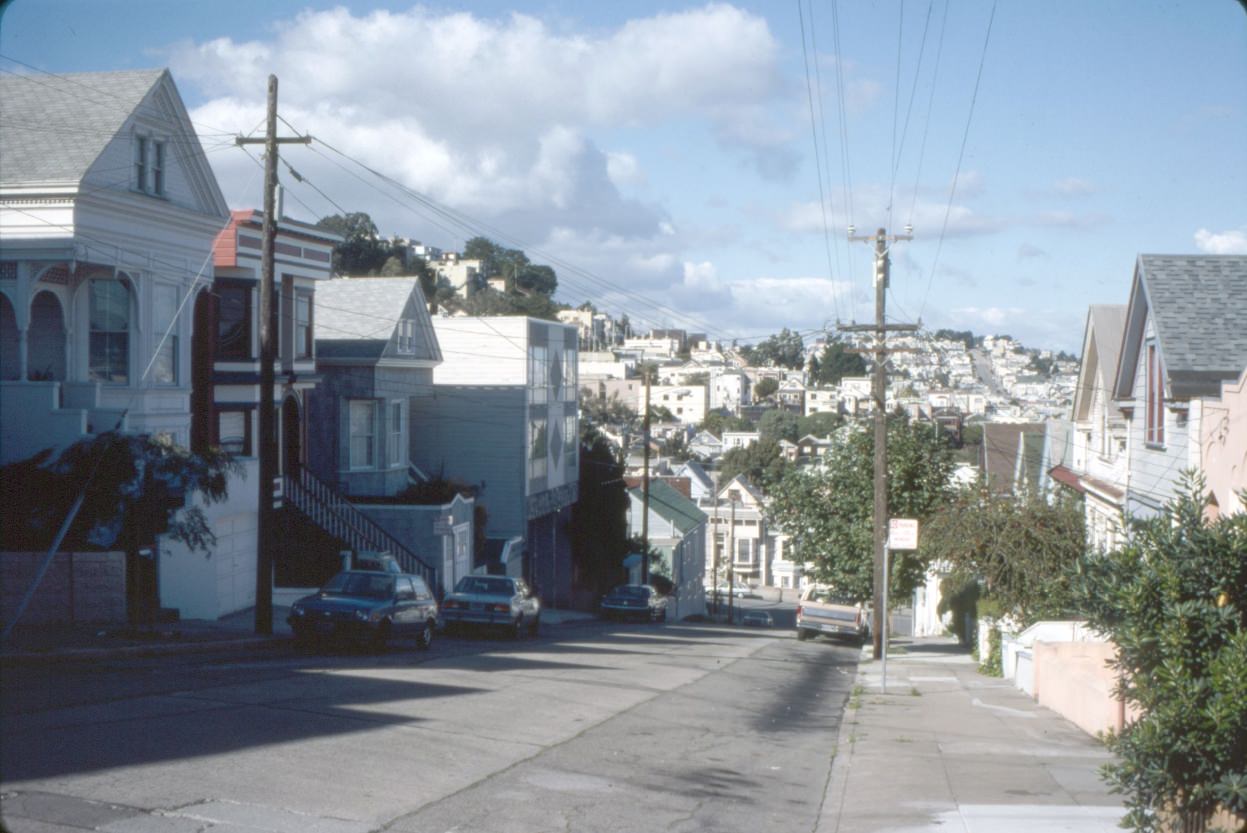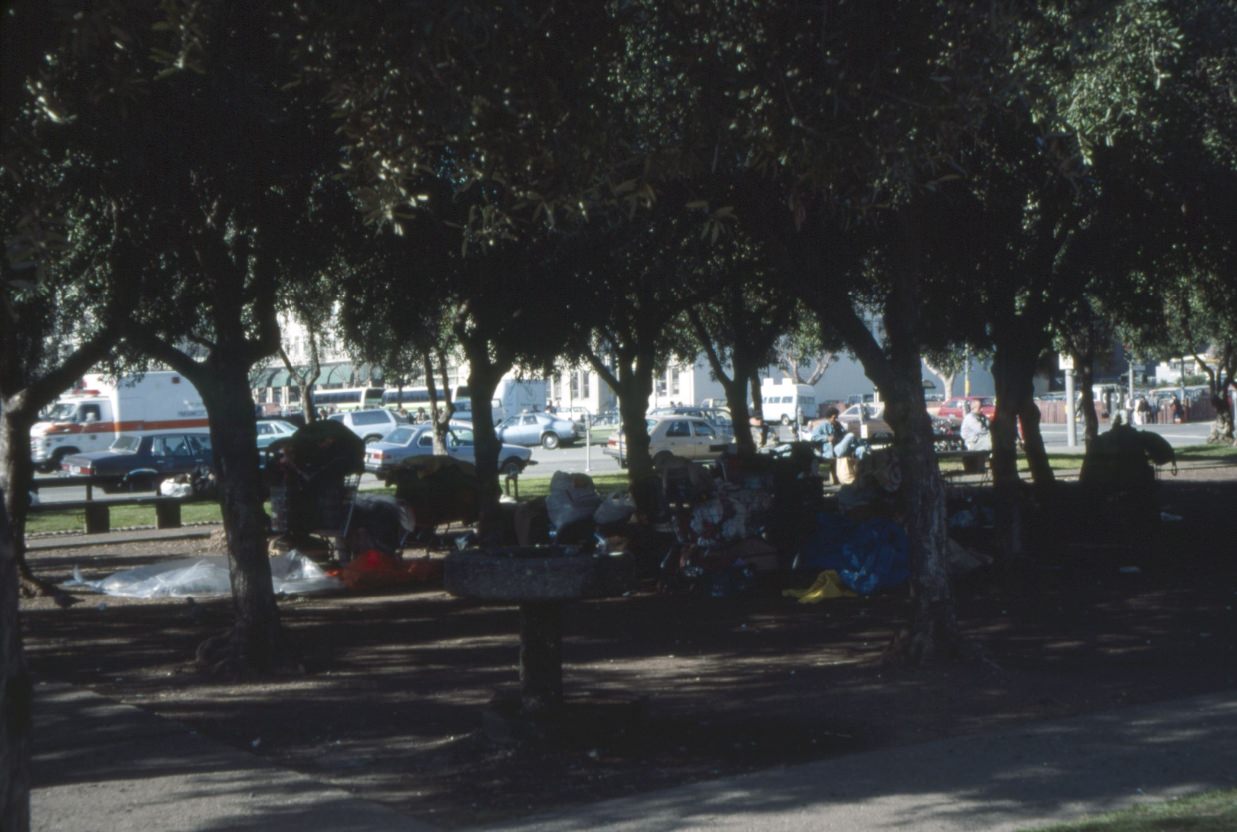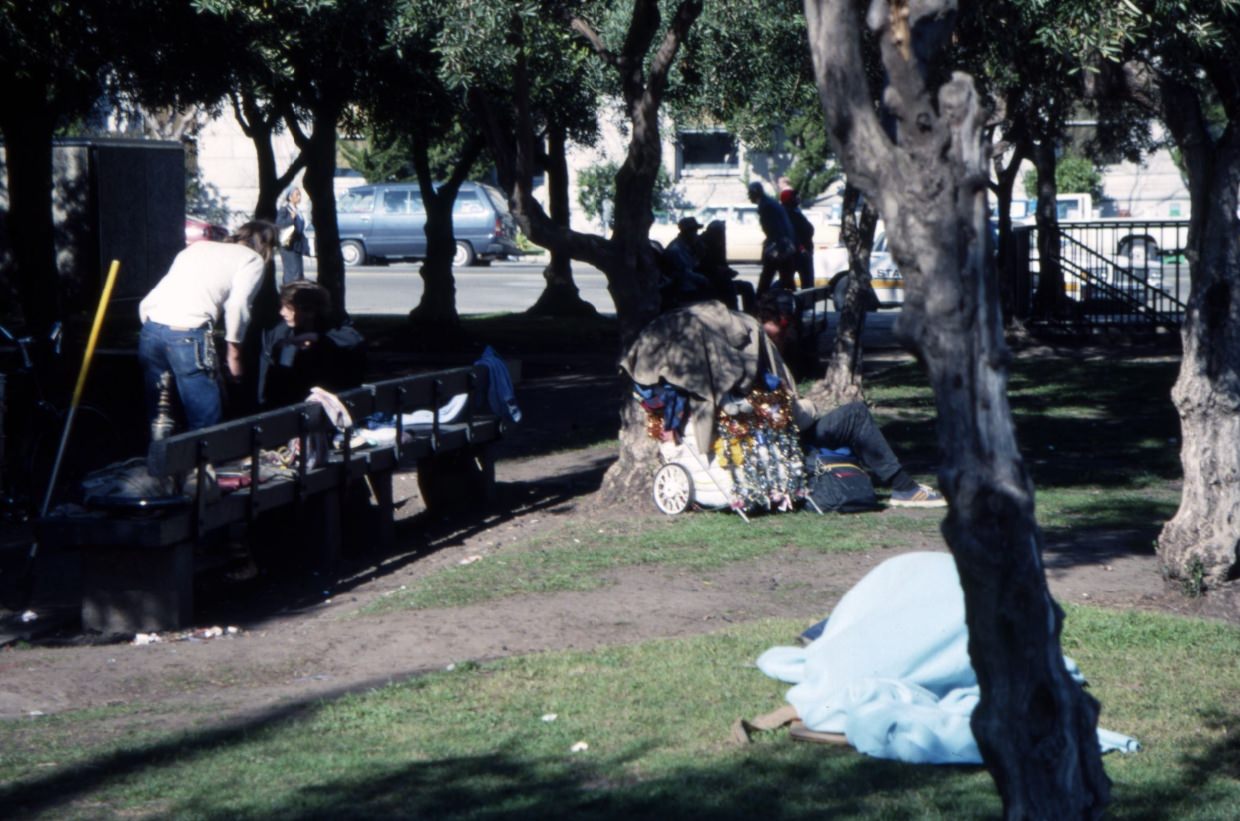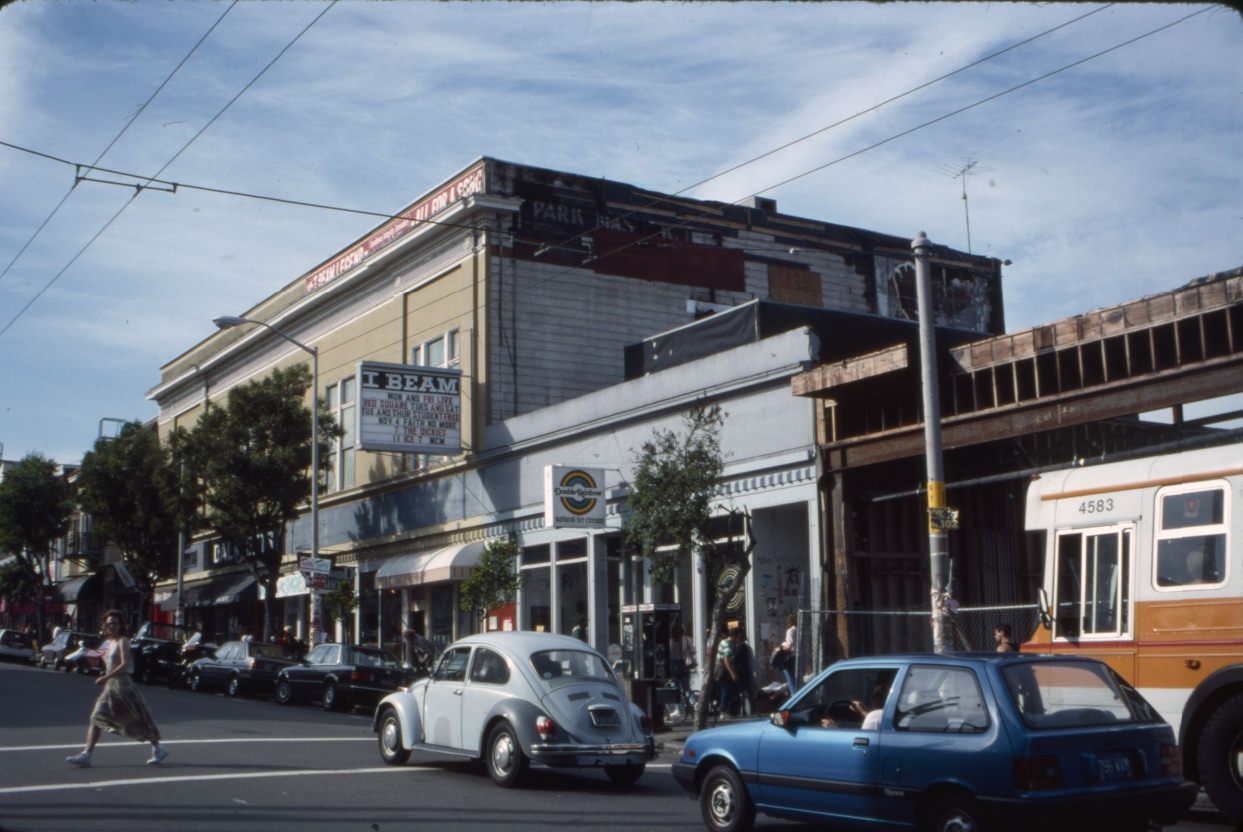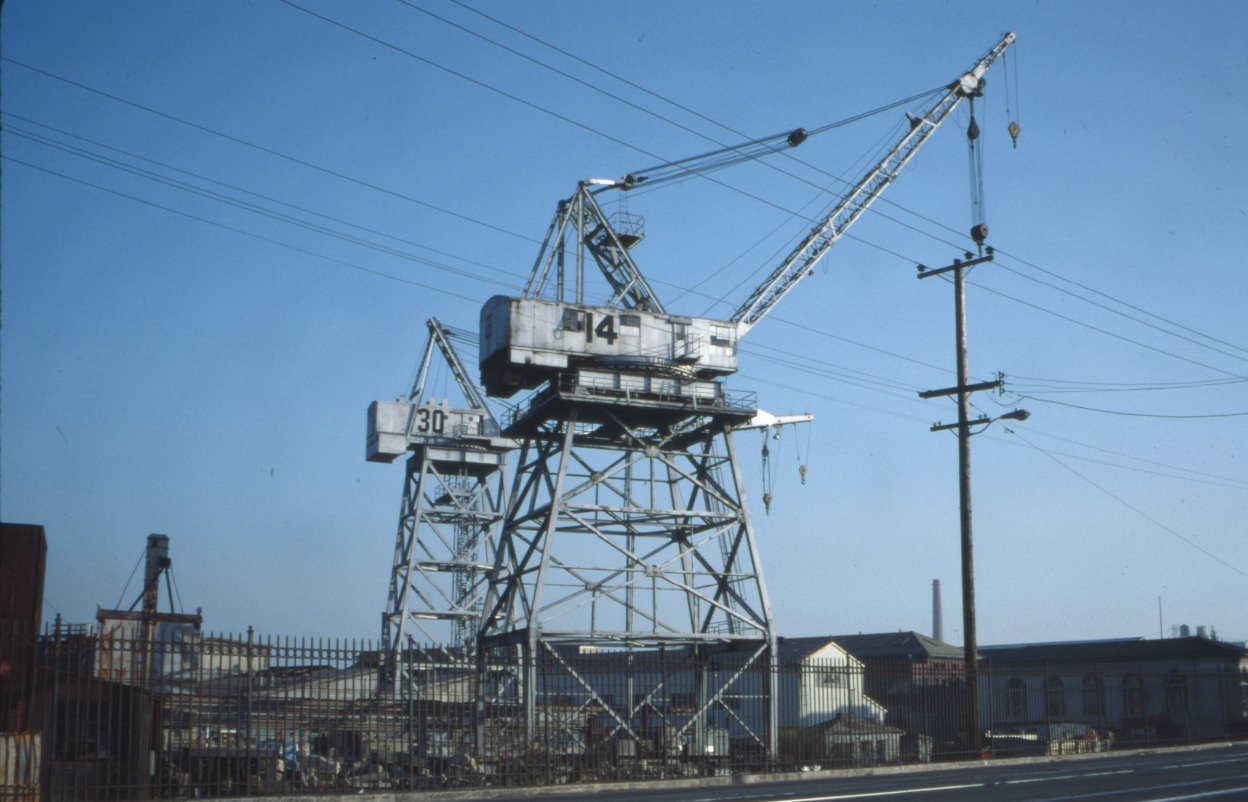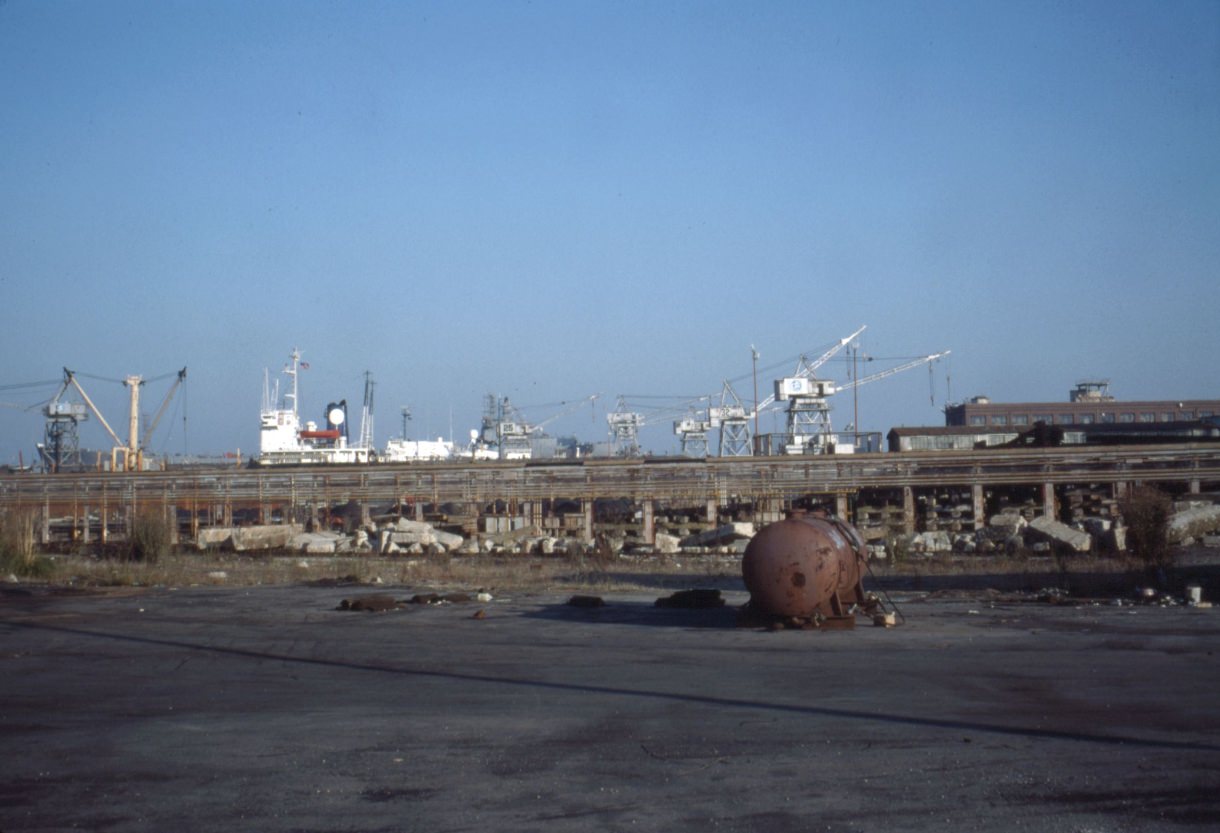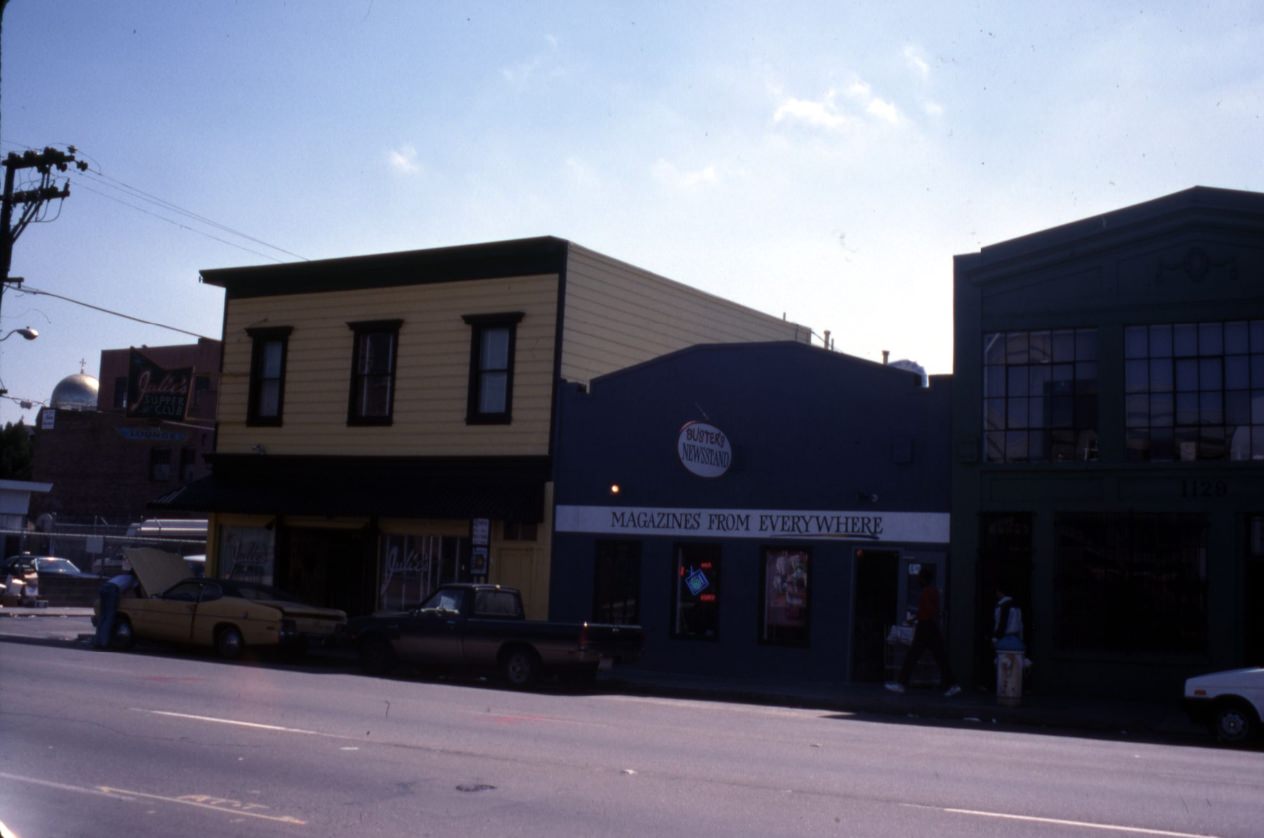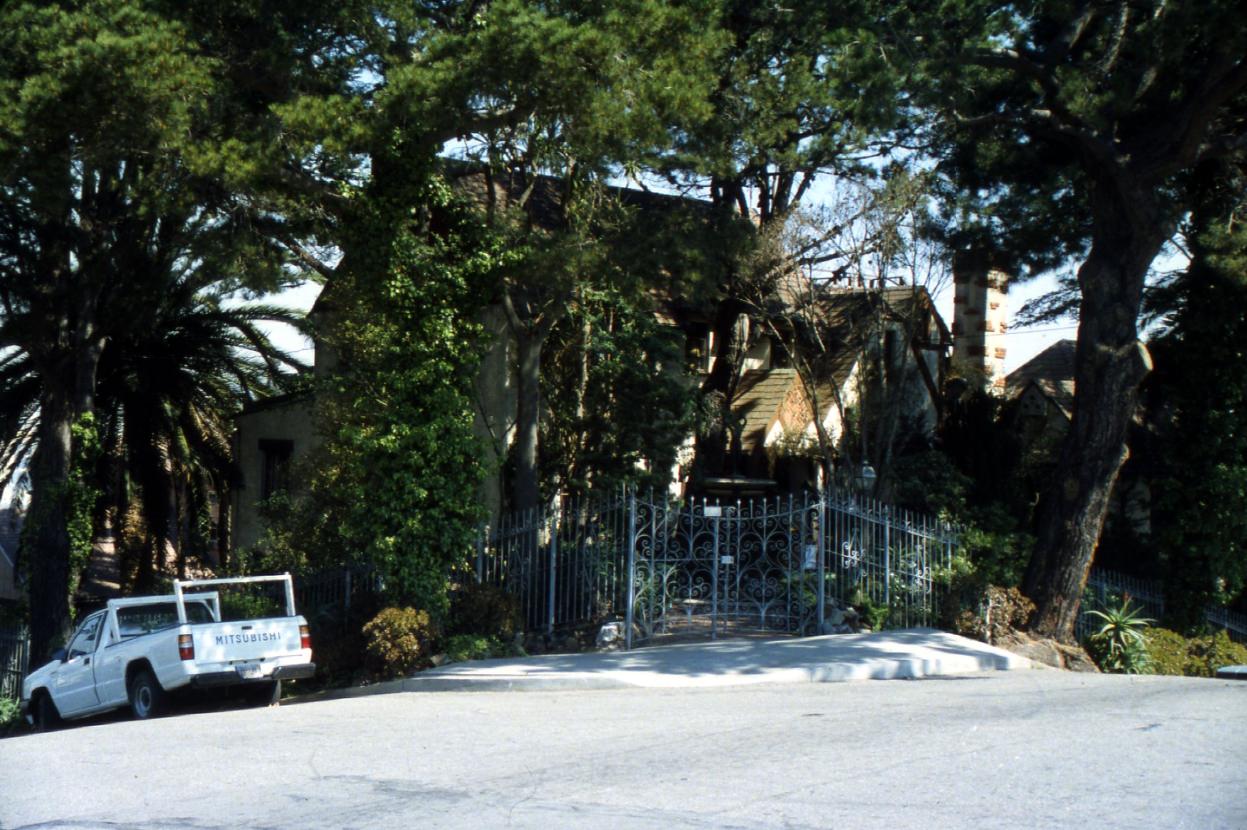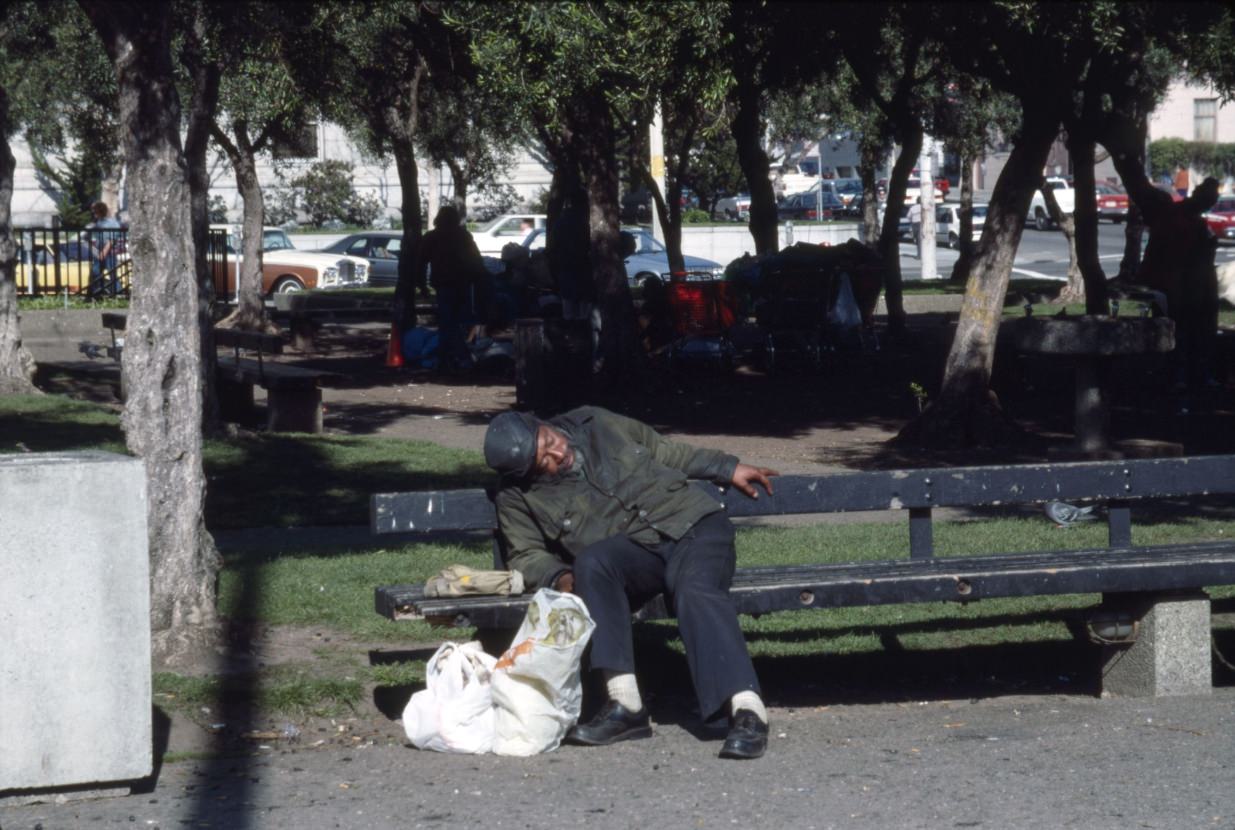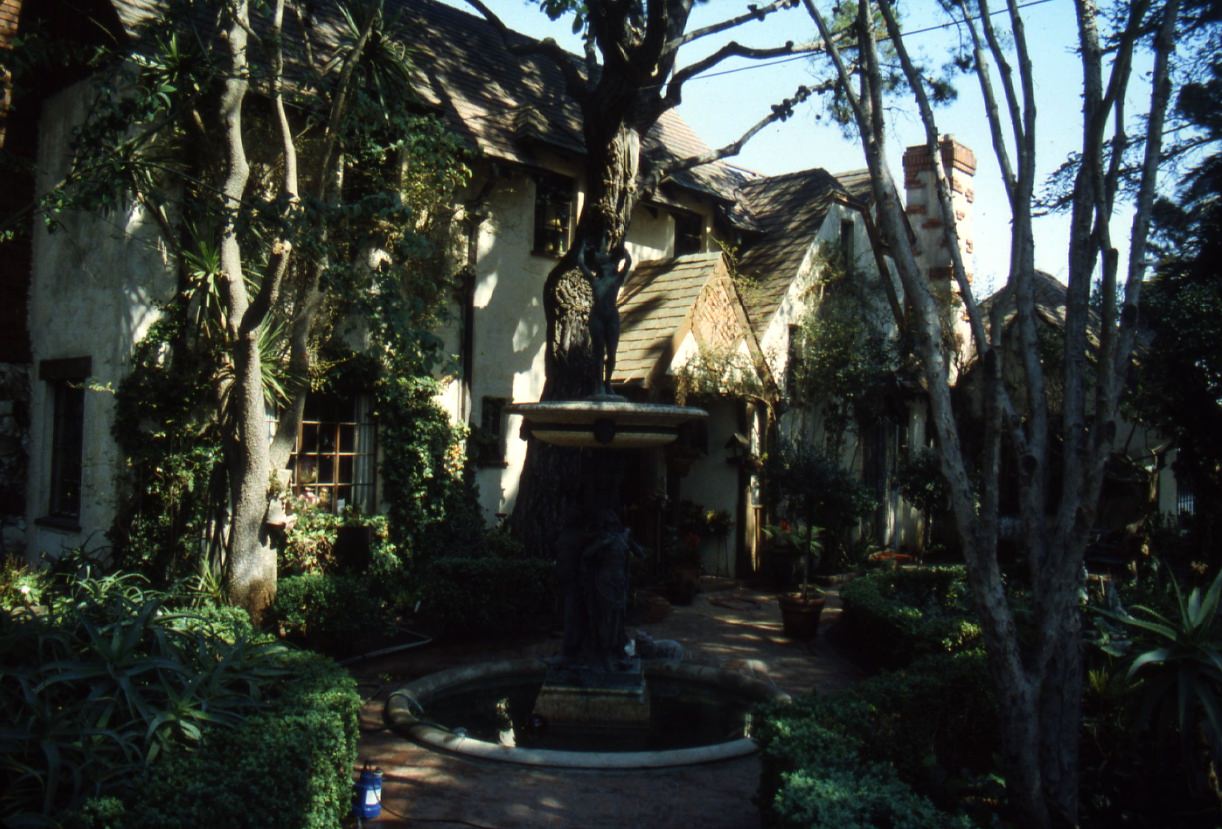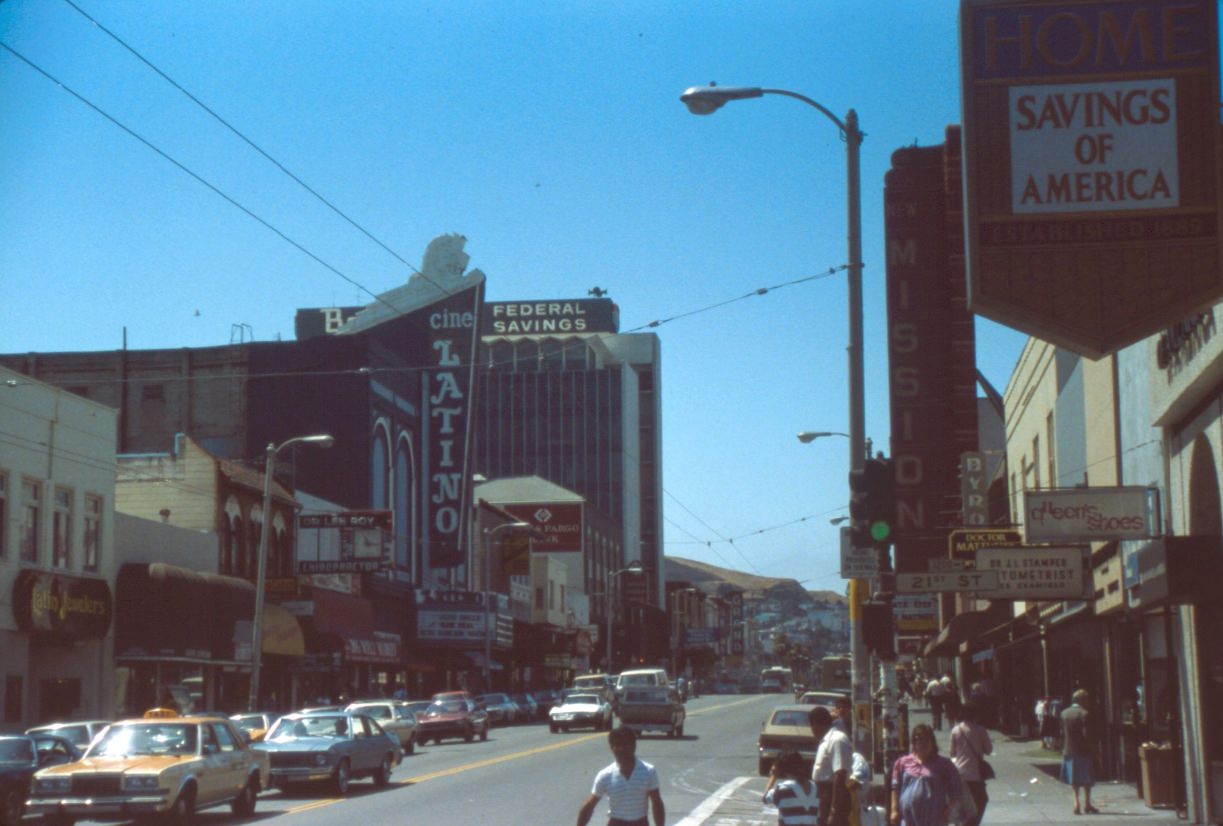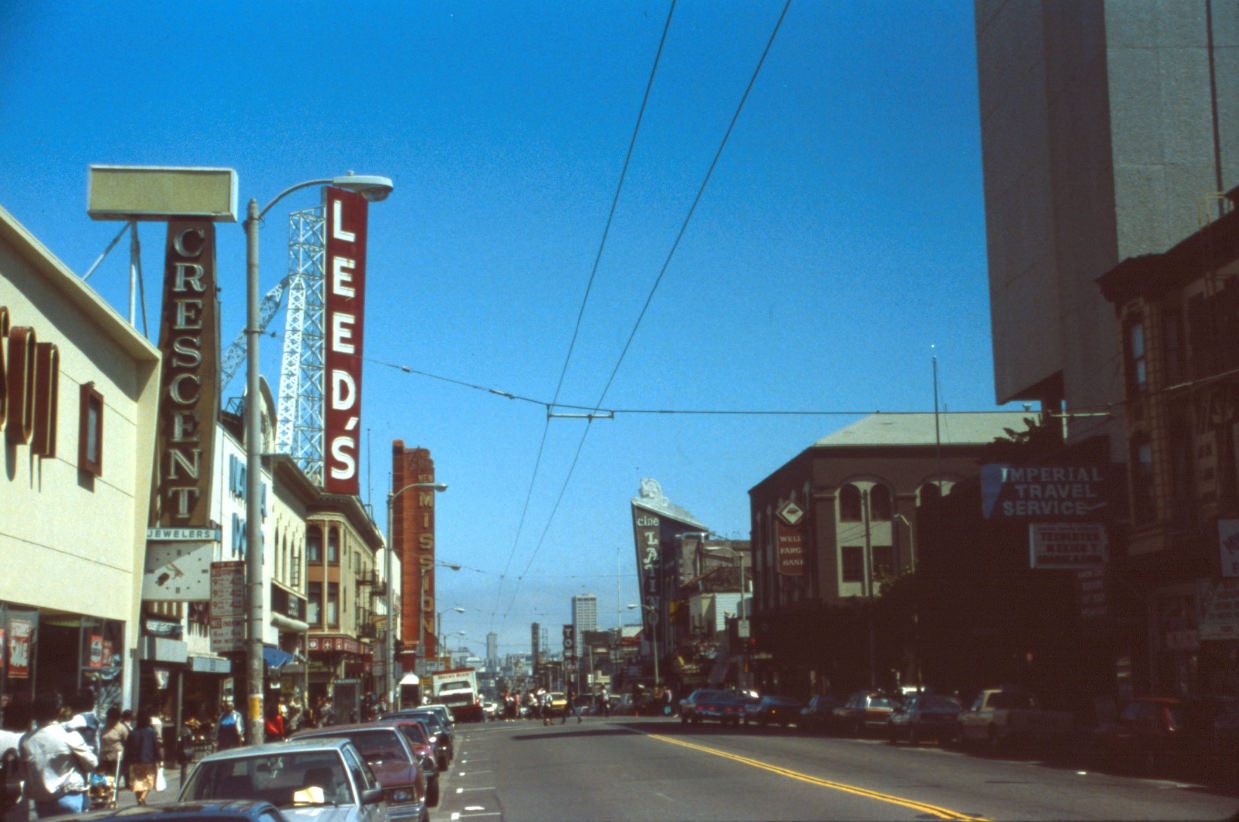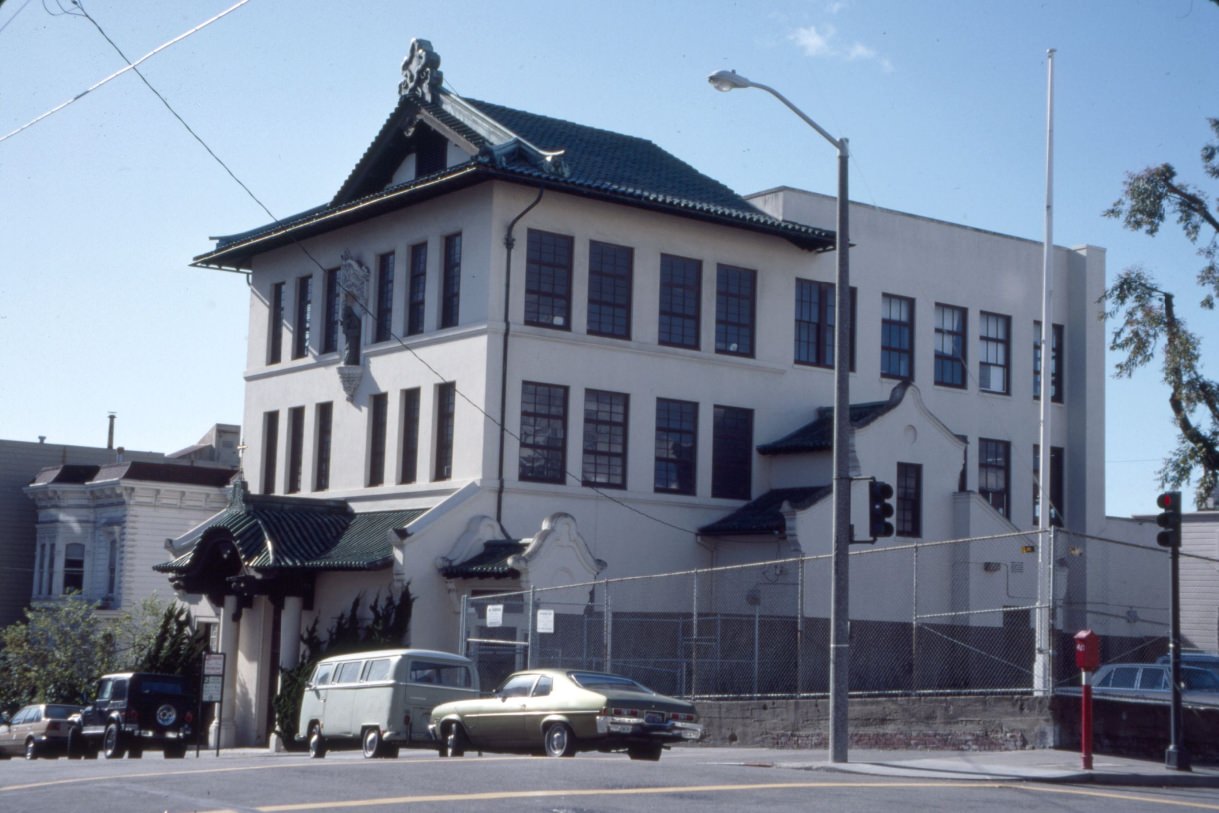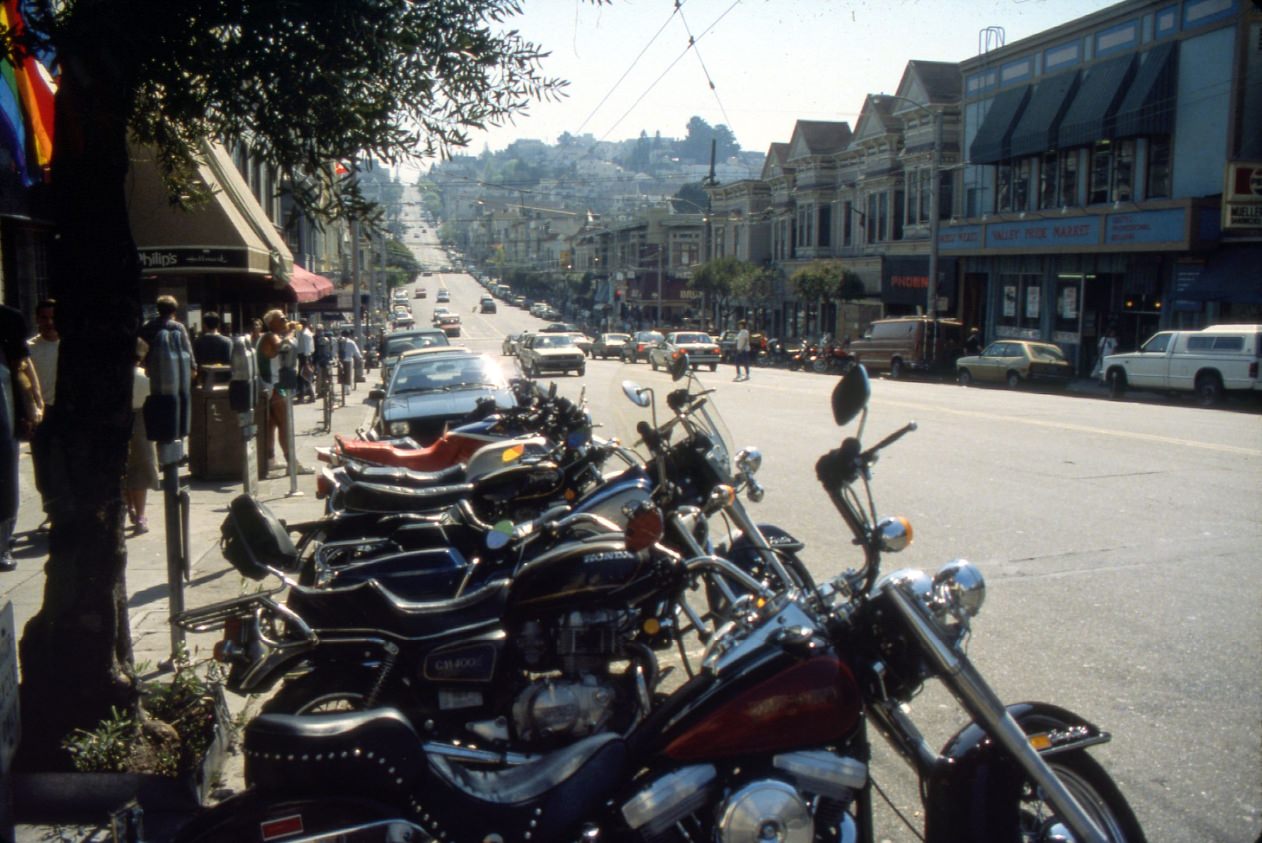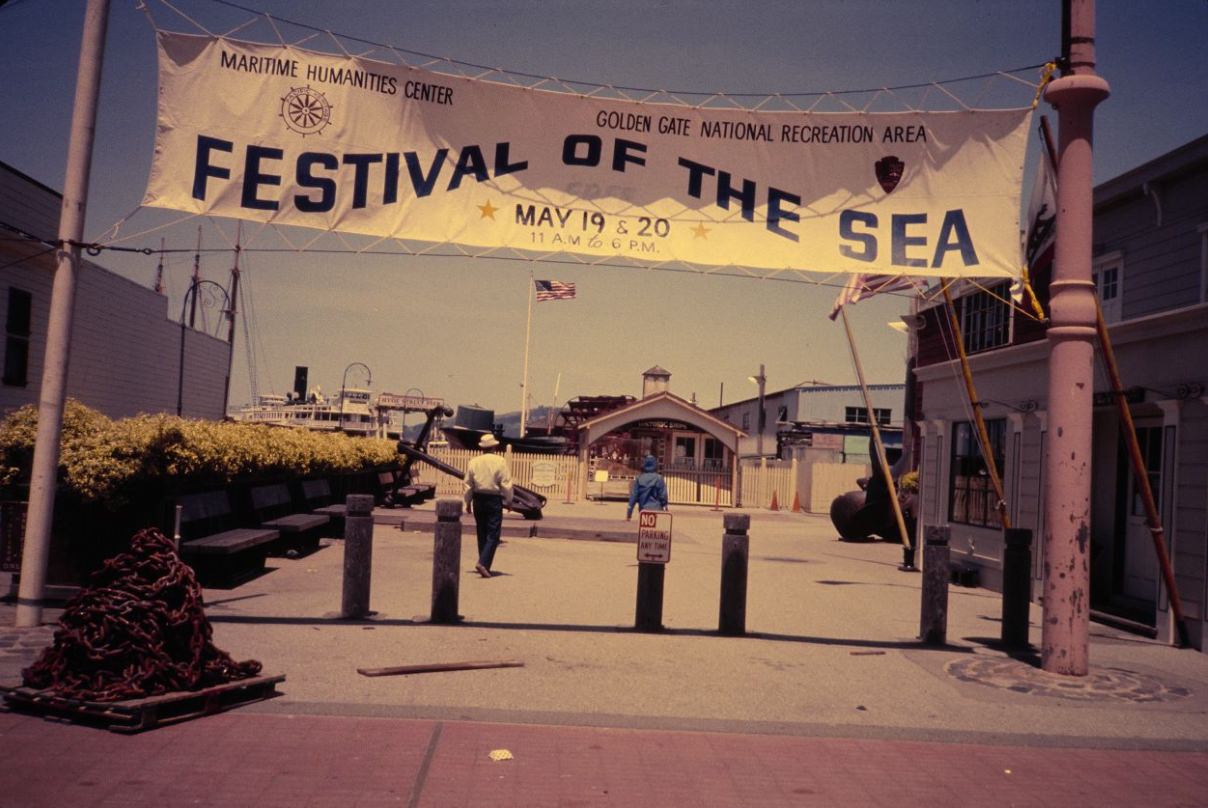San Francisco in the 1980s was a city of contrasts and change. This decade saw the rise of new technology, cultural shifts, and significant social movements. It was a time when the city grappled with various challenges while also making strides in different areas.
Economic Changes
The 1980s brought economic changes to San Francisco. The city became a hub for the emerging technology industry. Silicon Valley, located just south of San Francisco, was growing rapidly. Companies like Apple and Intel were at the forefront of this tech boom. Many tech workers lived in San Francisco and commuted to Silicon Valley. This influx of professionals helped boost the city’s economy.
Downtown San Francisco saw a wave of new development. Skyscrapers and office buildings sprang up, changing the city’s skyline. The Transamerica Pyramid, completed in 1972, became an iconic part of this skyline. These new buildings attracted businesses, increasing the city’s commercial activity.
Read more
The AIDS Crisis
The 1980s were marked by the AIDS crisis, which had a profound impact on San Francisco. The first cases of AIDS were reported in the early part of the decade. The disease hit the LGBTQ+ community hard. Many people fell ill and died, leading to widespread fear and grief.
San Francisco became a center for AIDS research and activism. Community organizations, such as the San Francisco AIDS Foundation, were established to support those affected by the disease. These groups provided healthcare, education, and advocacy. Activists worked tirelessly to raise awareness and push for government action.
Cultural Vibrancy
Despite the challenges, San Francisco’s cultural scene thrived in the 1980s. The city continued to be a center for music, art, and performance. New Wave and punk music were popular, with many bands performing in local clubs. Venues like The Fillmore and The Warfield hosted concerts that drew large crowds.
The city’s art scene was also vibrant. Galleries showcased contemporary works, and street art became a common sight. Murals in neighborhoods like the Mission District reflected the city’s diverse communities and their stories.
San Francisco’s theater scene was lively as well. The American Conservatory Theater (ACT) and other companies put on a range of performances, from classic plays to experimental works. These theaters contributed to the city’s rich cultural fabric.
Homelessness and Housing
Homelessness became a major issue in San Francisco during the 1980s. Economic changes and rising rents led to an increase in the number of people without stable housing. Many lived on the streets or in shelters. The city struggled to provide adequate support and services for the homeless population.
Efforts were made to address the crisis. Organizations like Glide Memorial Church and St. Anthony’s Foundation provided food, shelter, and other assistance. These groups played a crucial role in supporting the city’s most vulnerable residents.
Housing affordability was another significant challenge. As more people moved to San Francisco, demand for housing increased. This led to higher rents and property prices. Many long-time residents found it difficult to stay in their homes. The city grappled with how to balance growth with the need to provide affordable housing.
Political Landscape
The political landscape of San Francisco in the 1980s was shaped by activism and change. Dianne Feinstein, who became mayor in 1978, served until 1988. Her tenure saw efforts to modernize the city’s infrastructure and address various social issues.
Environmental activism was strong in San Francisco. The city was home to many organizations dedicated to protecting the environment. These groups advocated for policies to reduce pollution and conserve natural resources. Earth Day continued to be an important event, raising awareness about environmental issues.
Education and Innovation
Education and innovation were key aspects of San Francisco in the 1980s. The city’s universities and colleges played important roles in the community. The University of California, San Francisco (UCSF) was known for its medical research and education. The university contributed to advancements in healthcare and biotechnology.
Innovation was also evident in the city’s burgeoning tech industry. Startups and established companies alike were pushing the boundaries of technology. This spirit of innovation attracted talent from around the world, further boosting the city’s economy and reputation as a center of technological advancement.
Transportation Developments
Transportation developments continued to shape San Francisco in the 1980s. The Bay Area Rapid Transit (BART) system expanded, making it easier for people to travel within the city and to surrounding areas. BART provided a reliable alternative to driving, helping to reduce traffic congestion.
The city’s iconic cable cars remained a beloved mode of transportation. They were not only practical but also a major tourist attraction. Visitors from around the world rode the cable cars, enjoying the scenic views of the city’s steep hills and beautiful architecture.
Food and Dining
San Francisco’s food scene continued to evolve in the 1980s. The city was known for its diverse culinary offerings, reflecting its multicultural population. Restaurants served cuisine from around the world, from Italian and Chinese to Mexican and Japanese.
The farm-to-table movement gained further traction, emphasizing the use of fresh, locally-sourced ingredients. Farmers’ markets became popular, providing residents with access to fresh produce and other local products. The emphasis on quality and sustainability in food became a defining feature of the city’s dining culture.
Sports and Recreation
Sports and recreation were important aspects of life in San Francisco during the 1980s. The city was home to several professional sports teams, including the San Francisco 49ers football team and the San Francisco Giants baseball team.
The 49ers had a particularly successful decade. Under the leadership of coach Bill Walsh and quarterback Joe Montana, the team won multiple Super Bowl championships. These victories brought pride and excitement to the city, making the 49ers one of the most celebrated teams in the NFL.
Outdoor recreation was also popular. San Francisco’s parks and beaches offered residents and visitors opportunities for relaxation and exercise. Golden Gate Park, with its wide open spaces and beautiful gardens, was a favorite spot for picnics, jogging, and cultural events.
Festivals and Celebrations
San Francisco was known for its festivals and celebrations in the 1980s. The city hosted a variety of events that reflected its diverse culture and vibrant community spirit. The San Francisco Pride Parade grew in size and significance, becoming one of the largest LGBTQ+ events in the world. The parade was a celebration of diversity and an important platform for advocacy and visibility.
The Chinese New Year Parade remained a beloved tradition, featuring dragon dances, fireworks, and cultural performances. The parade was a major event in Chinatown, attracting thousands of spectators and celebrating Chinese culture and heritage.
Other notable events included the Carnaval Festival in the Mission District, the North Beach Festival, and the Haight-Ashbury Street Fair. These events showcased the city’s unique neighborhoods and brought people together for fun and community.


